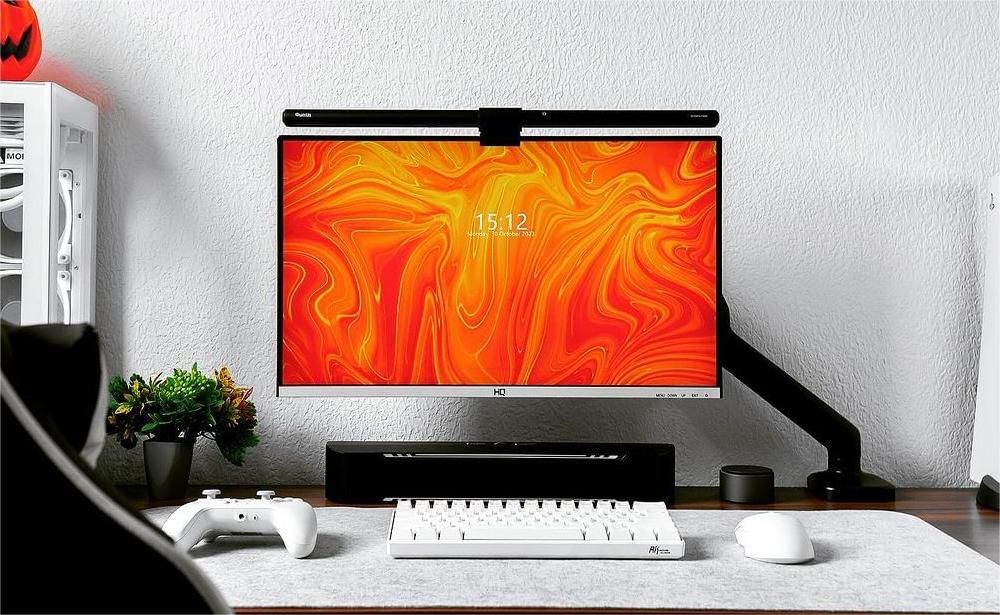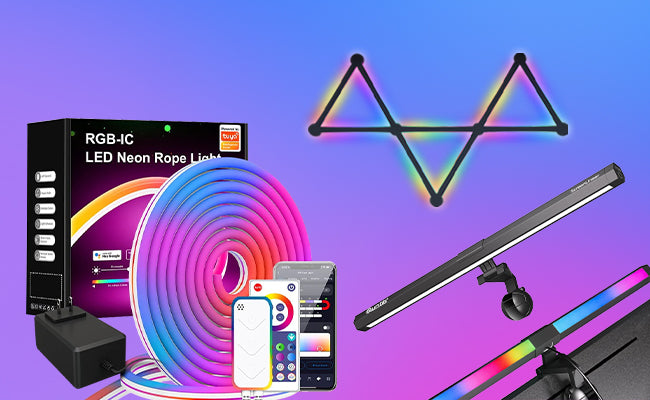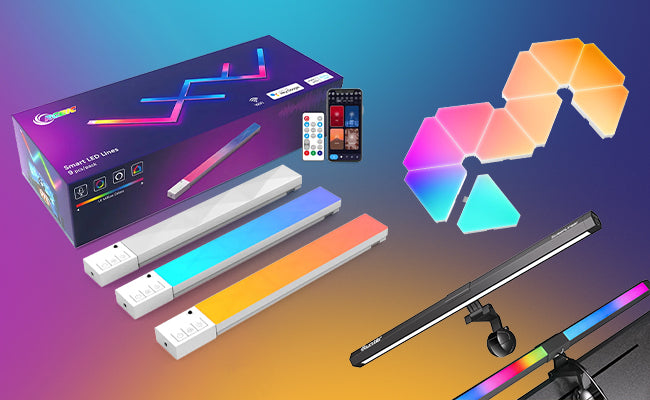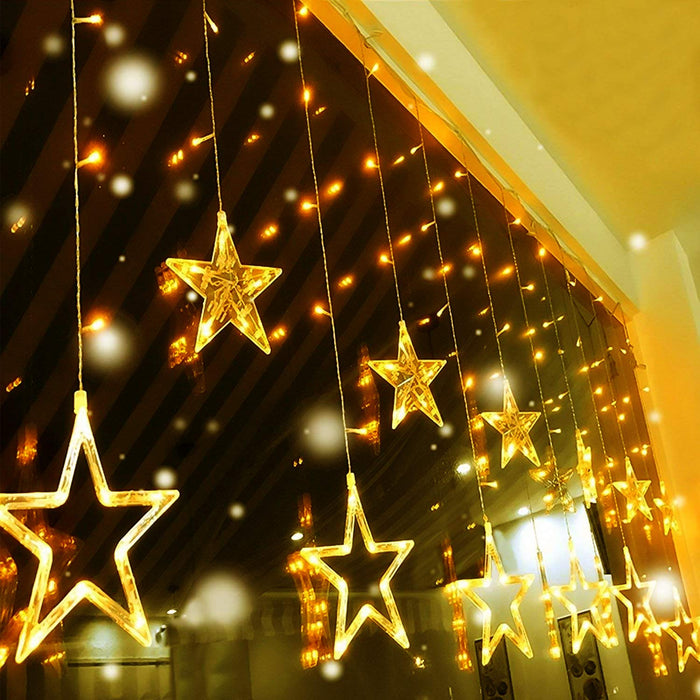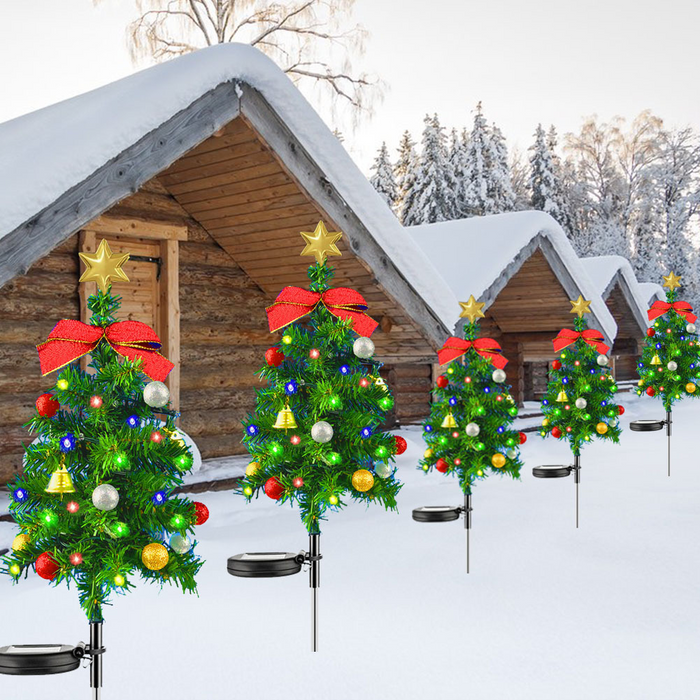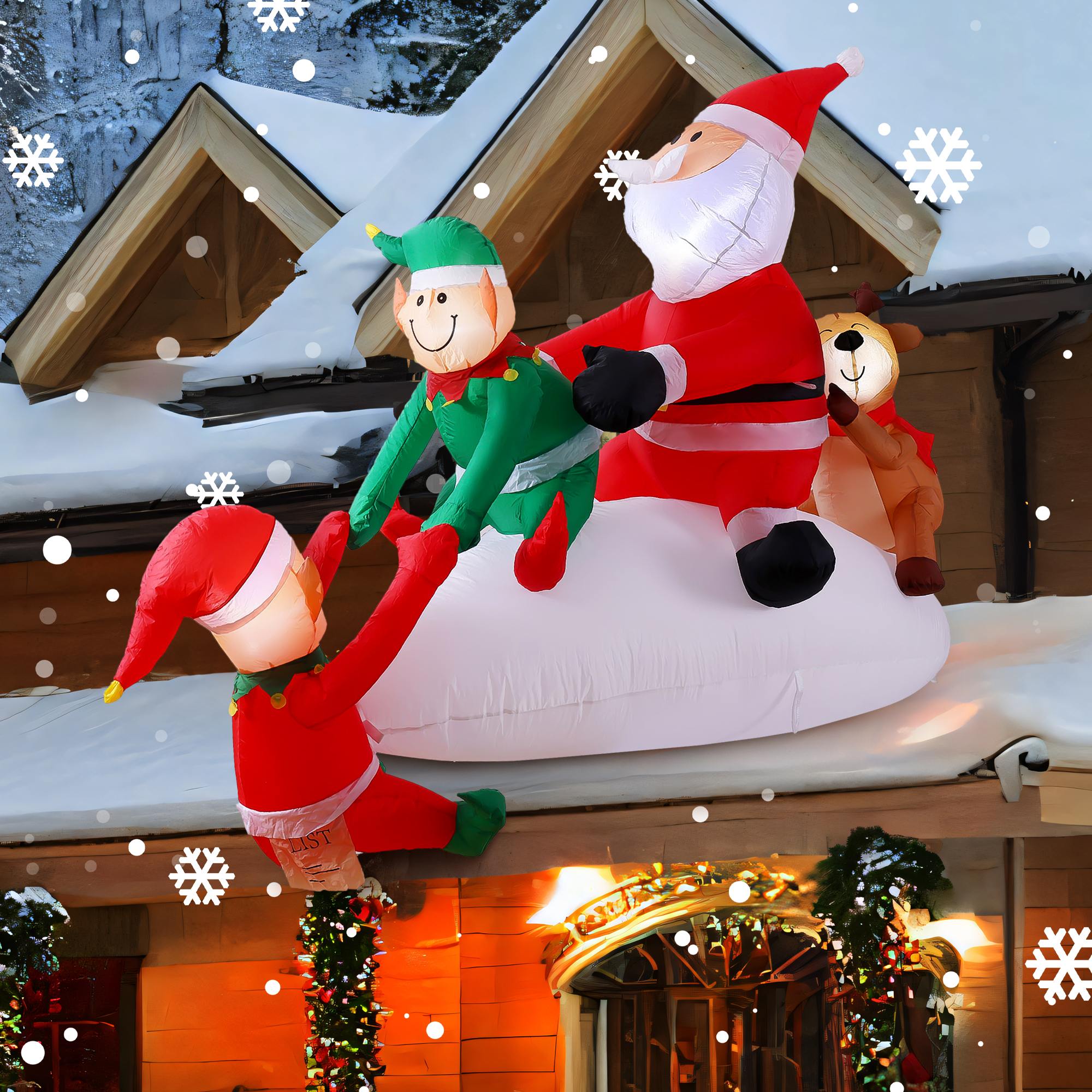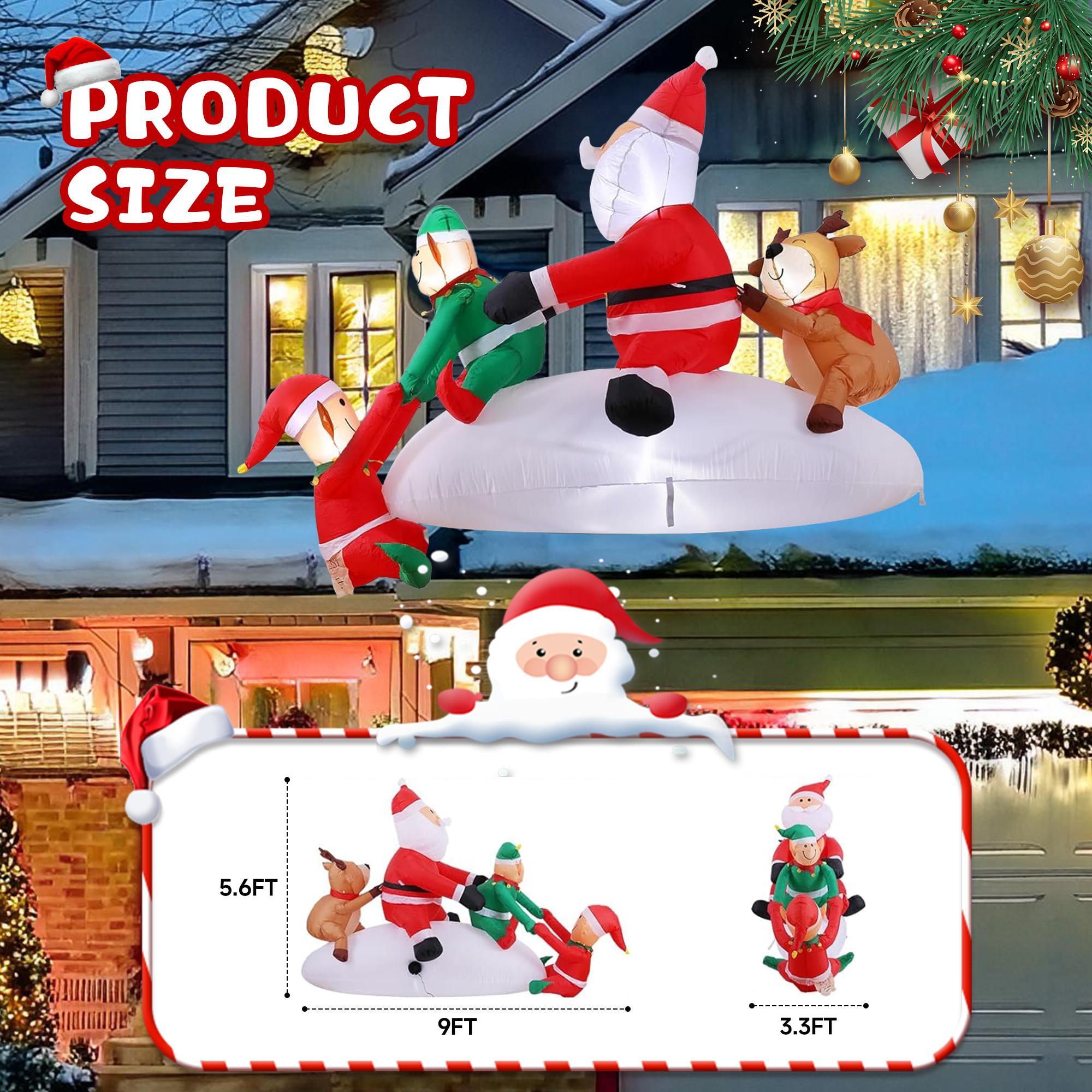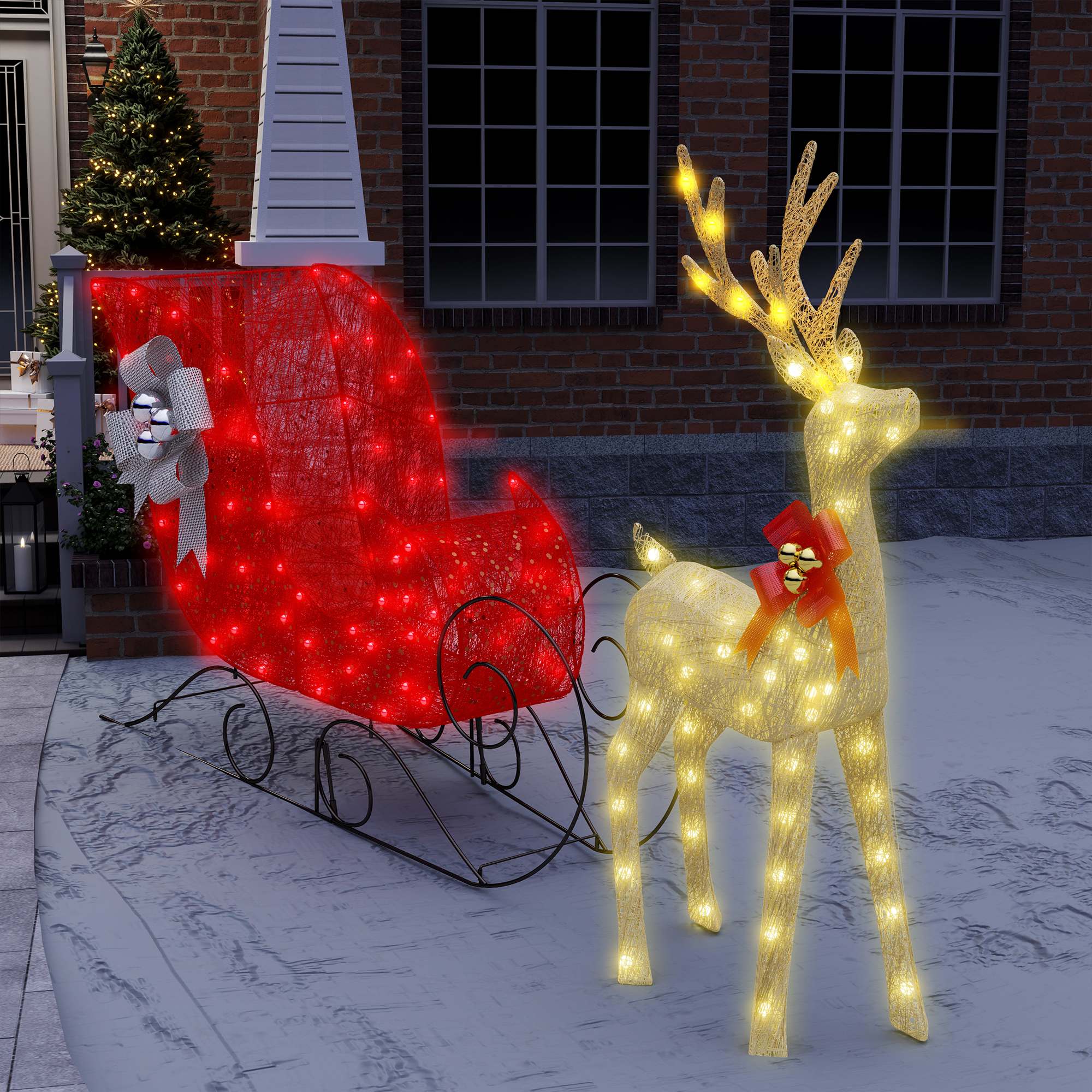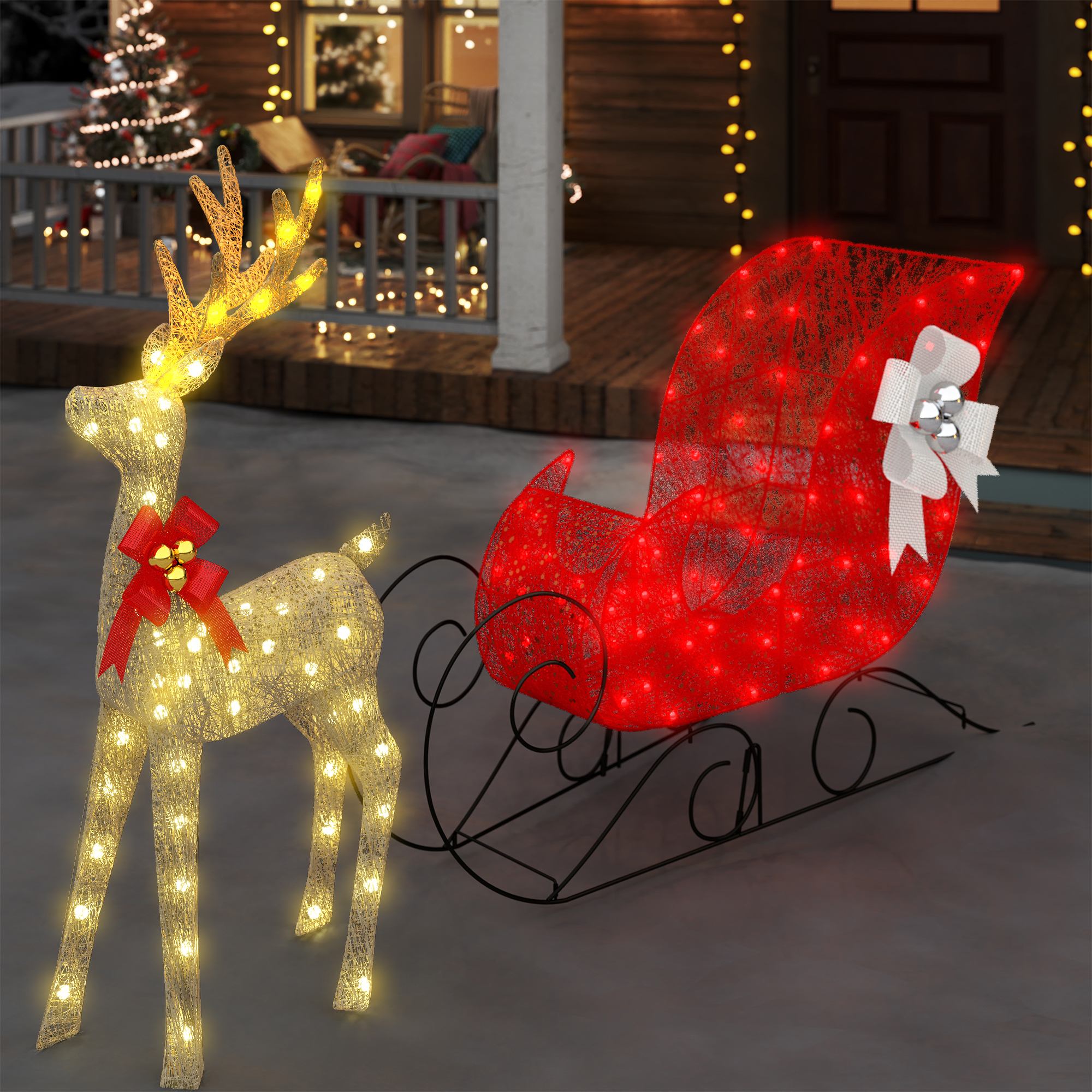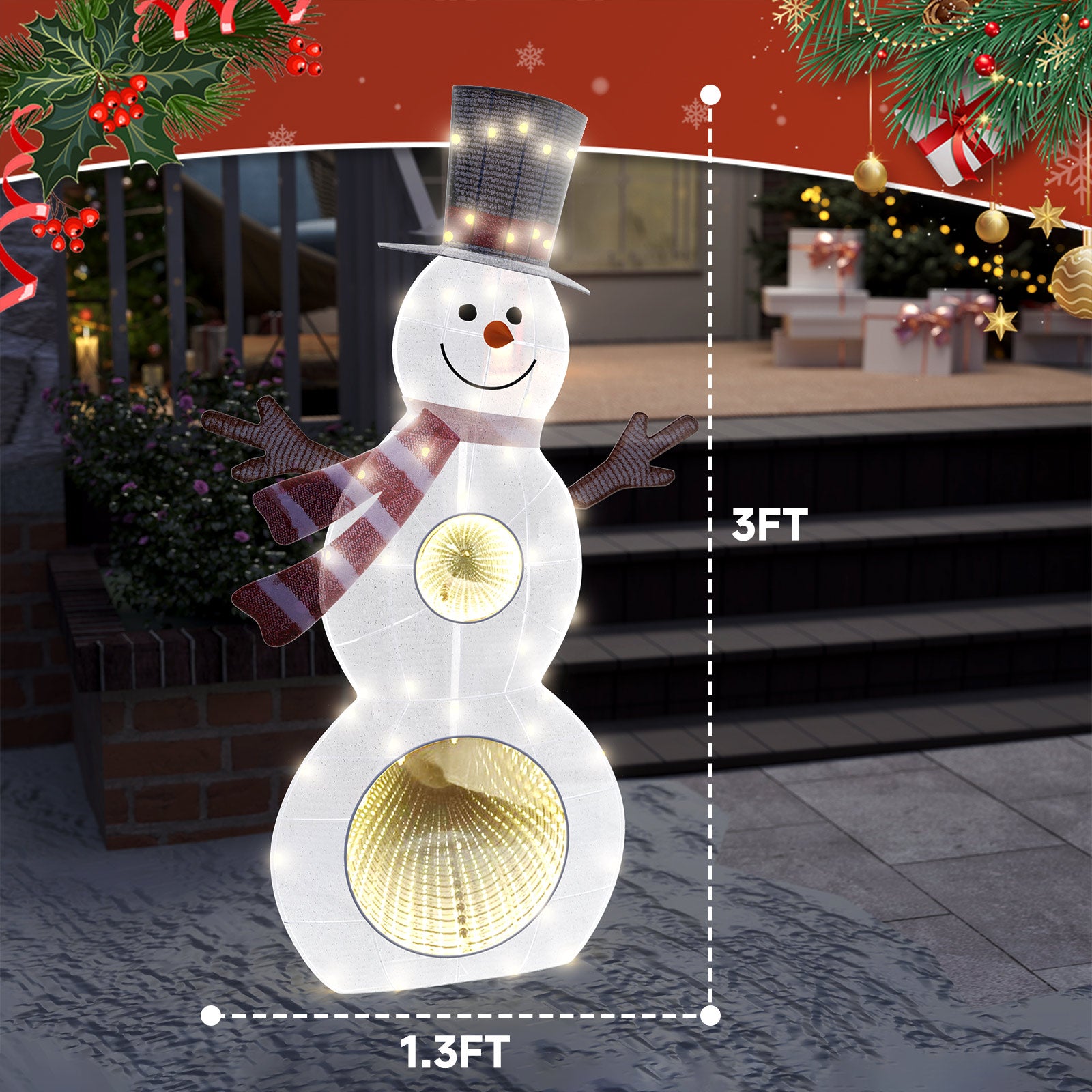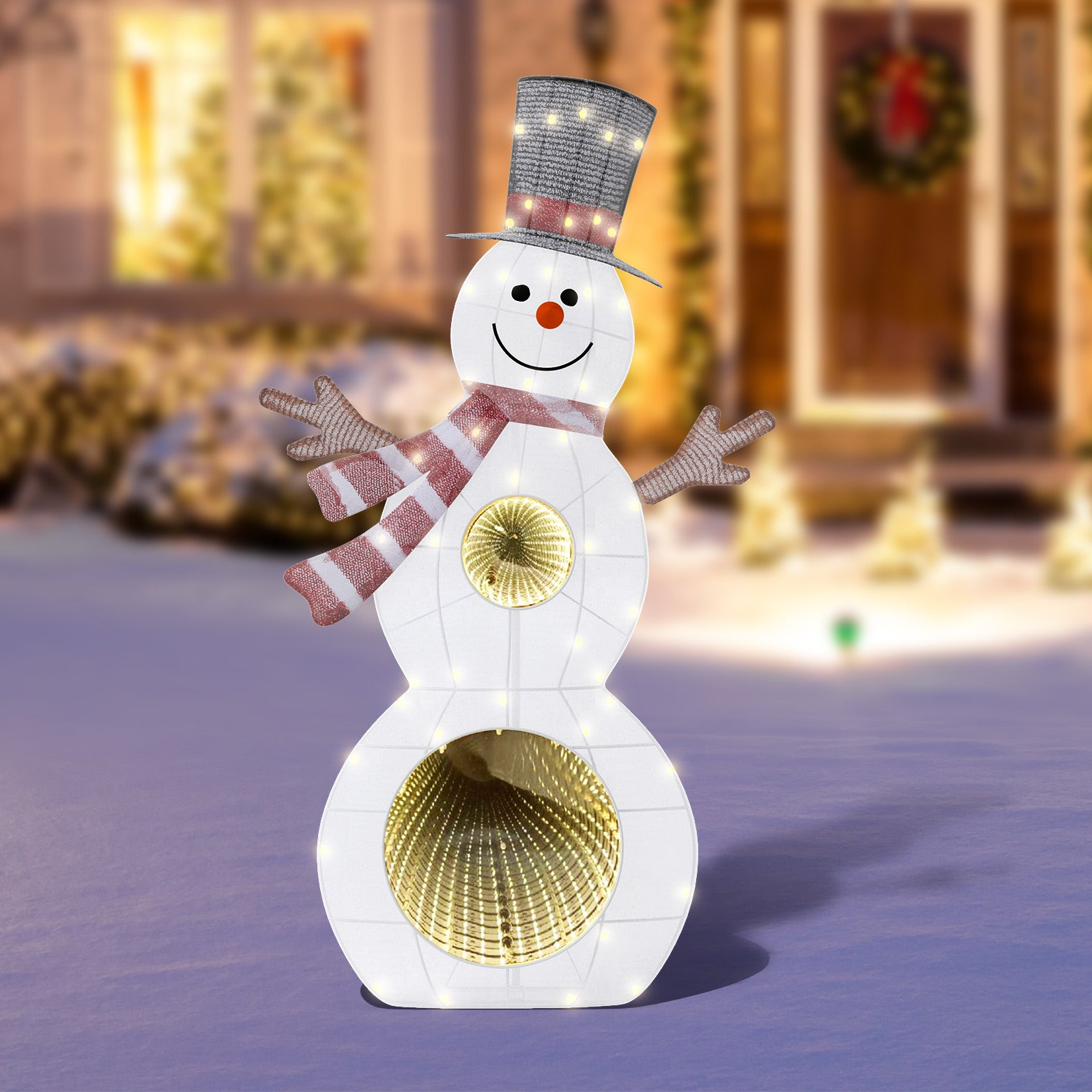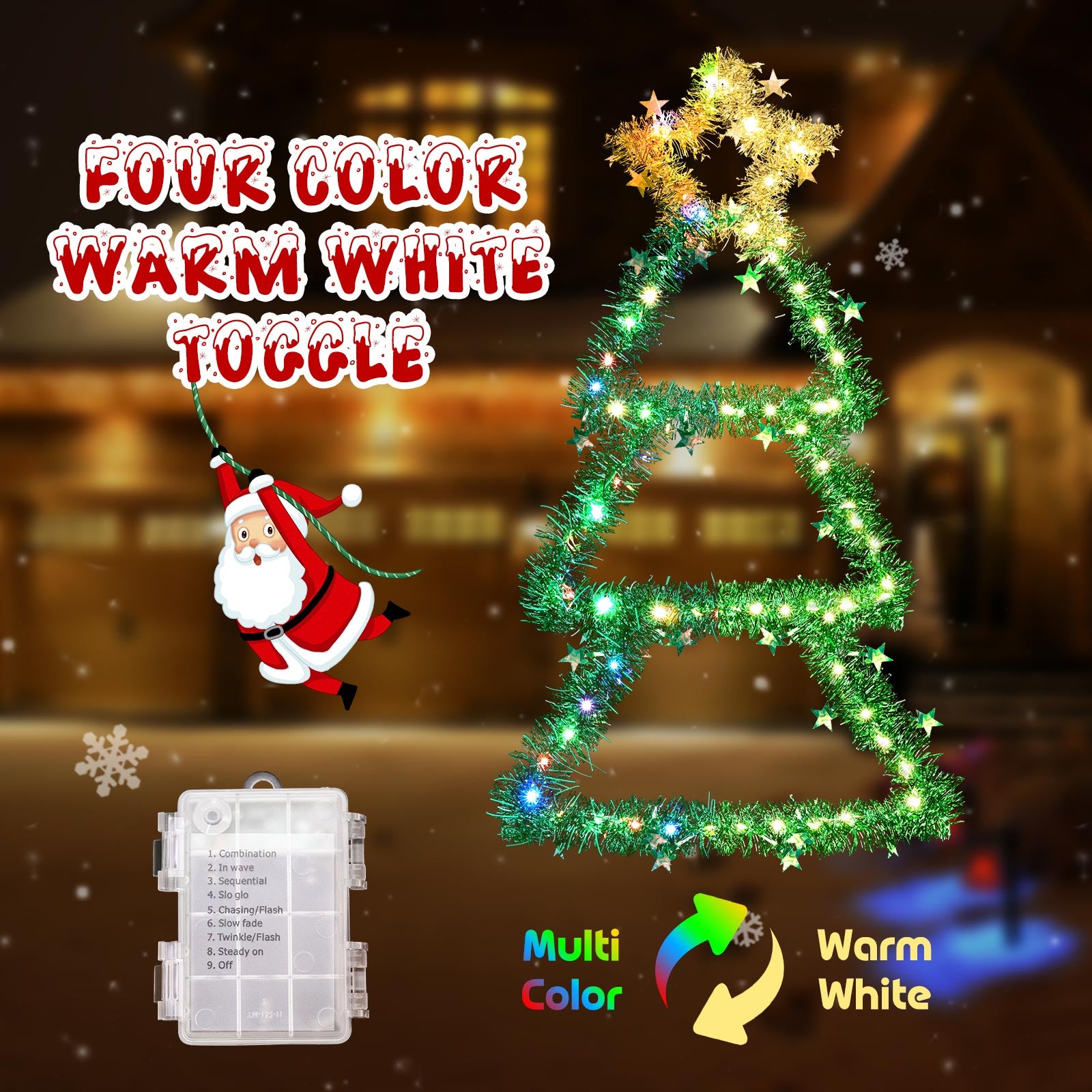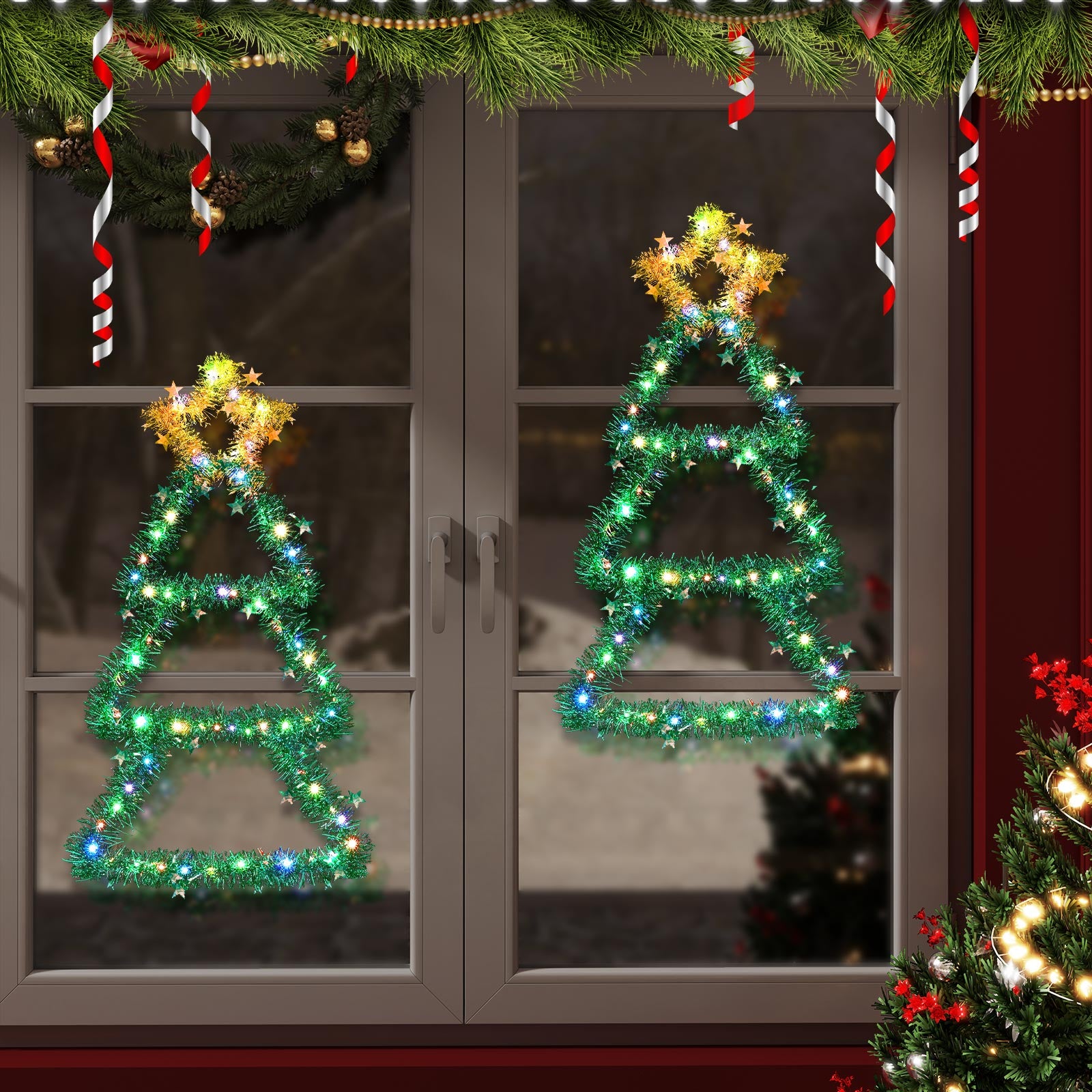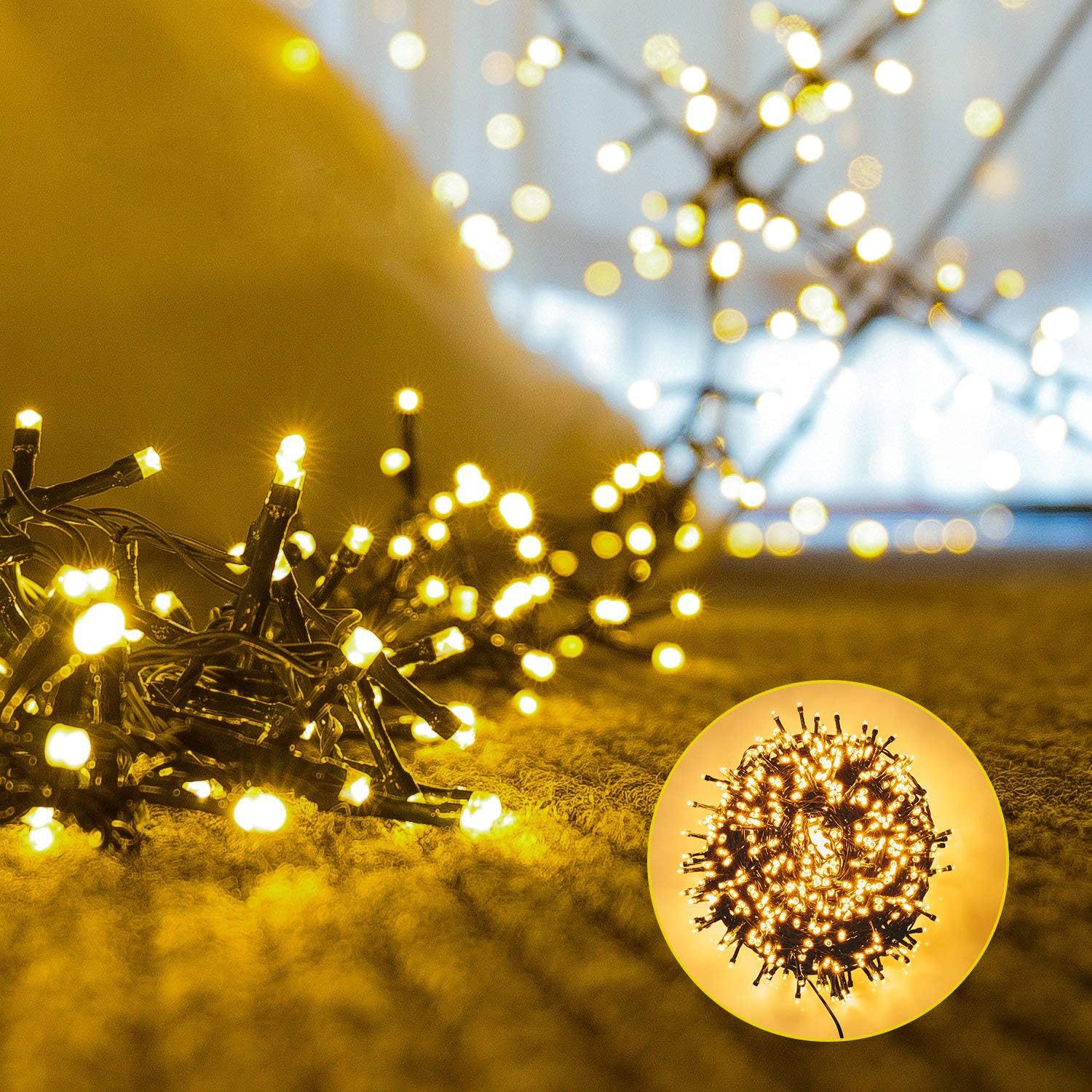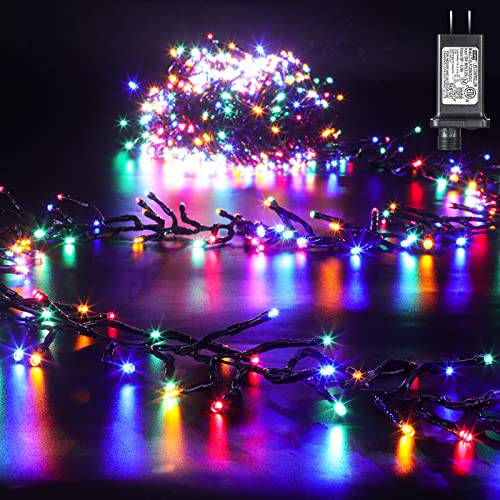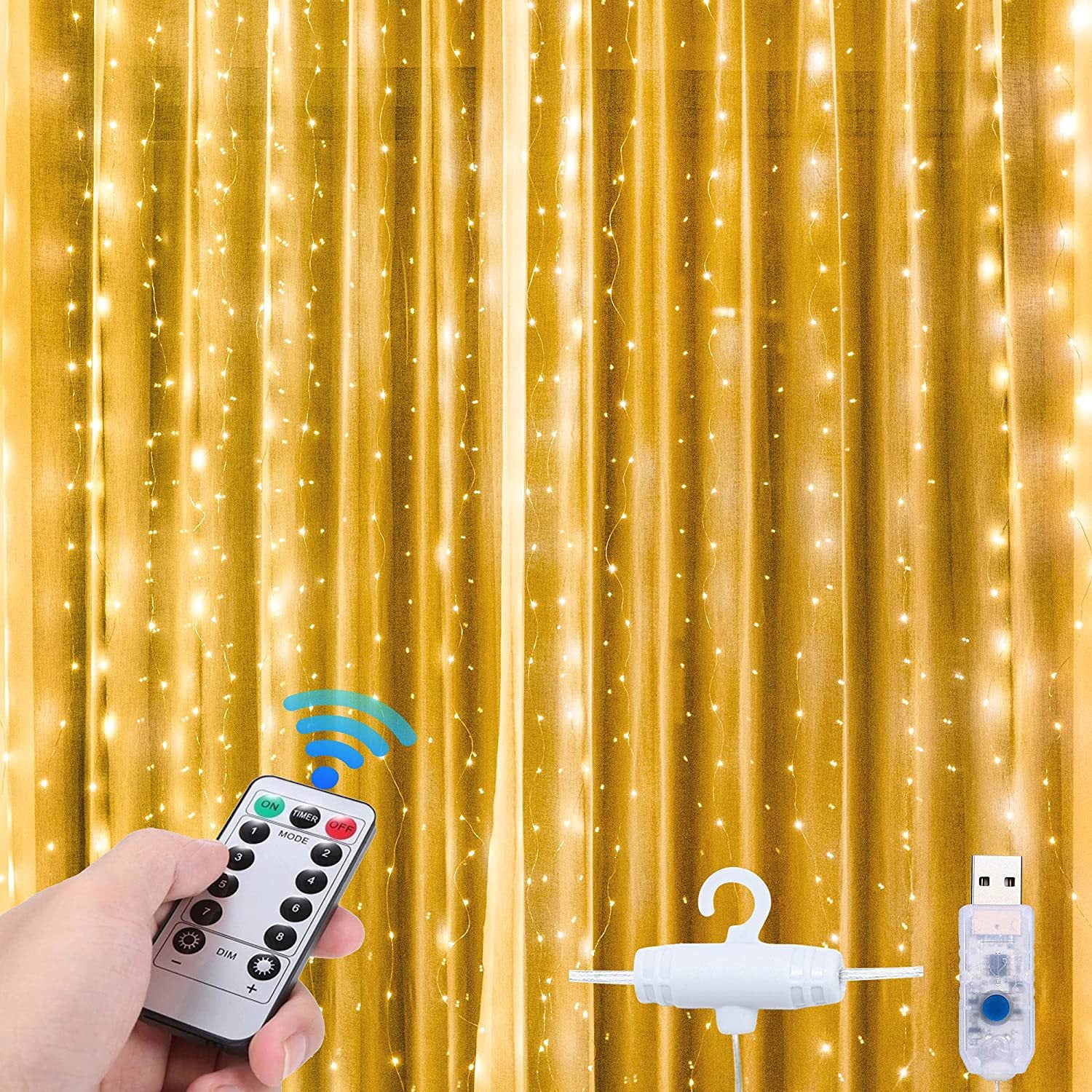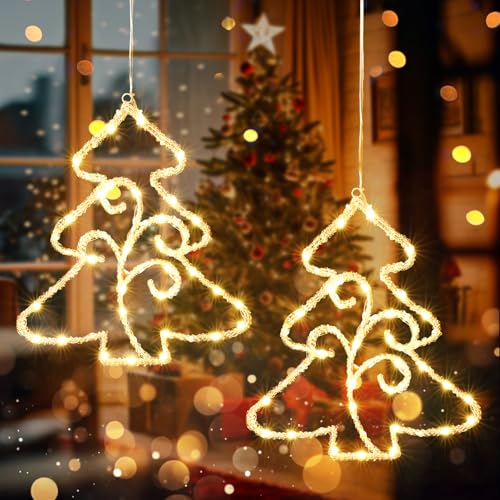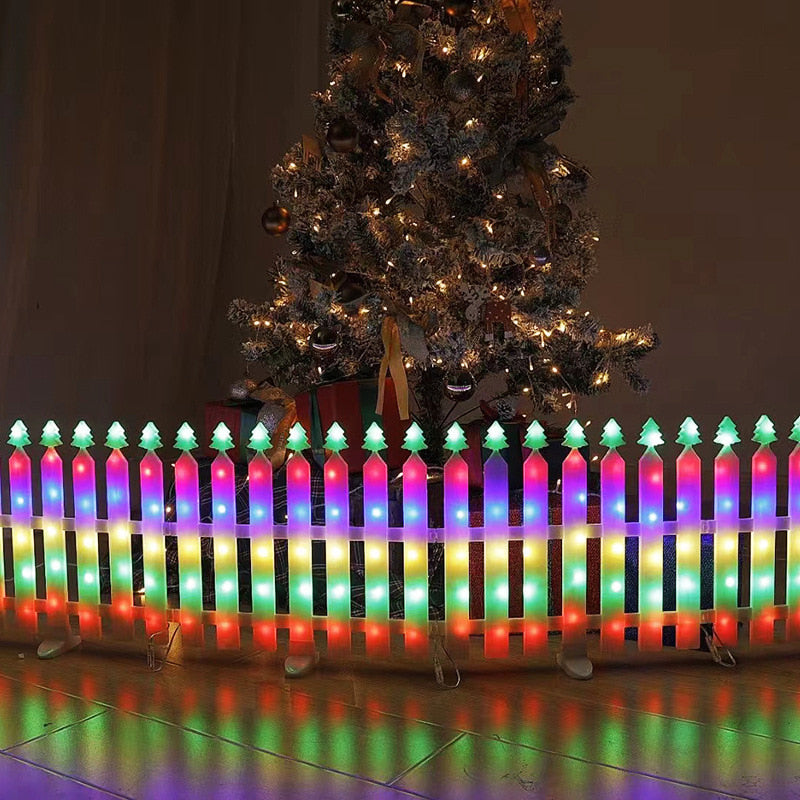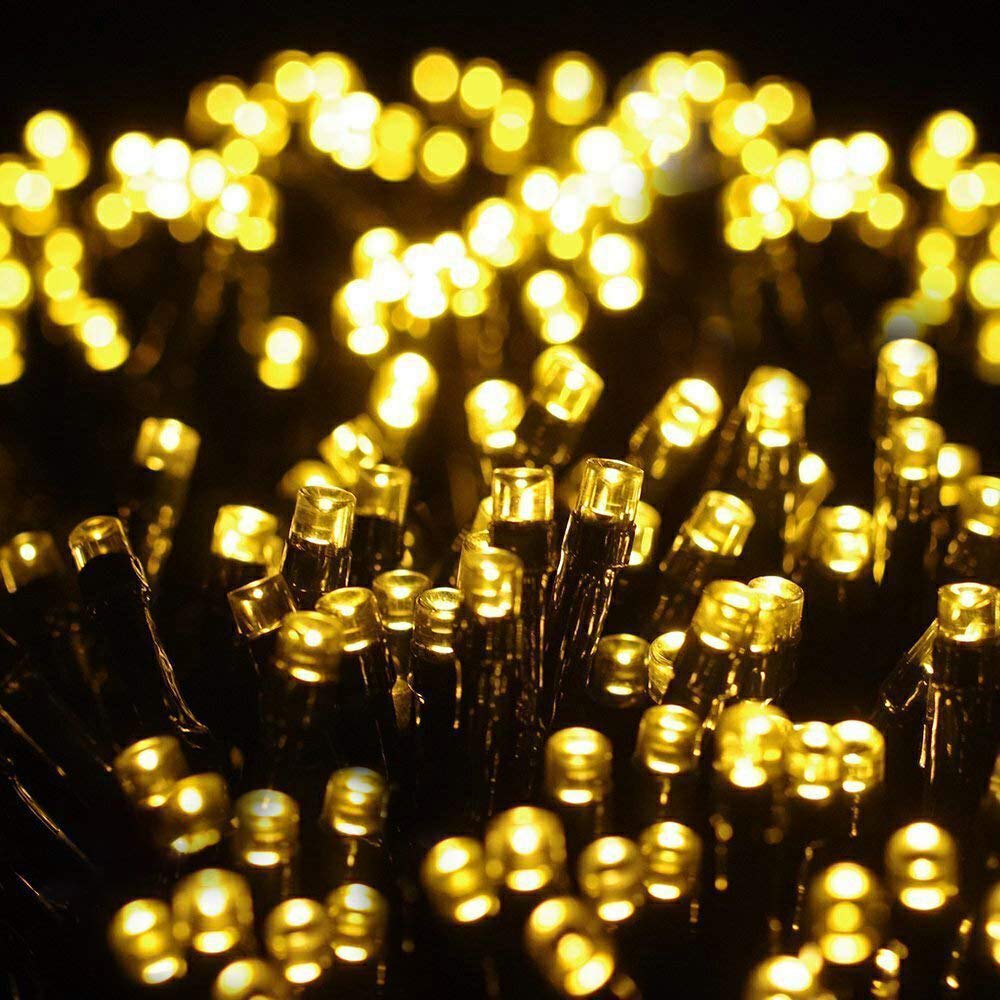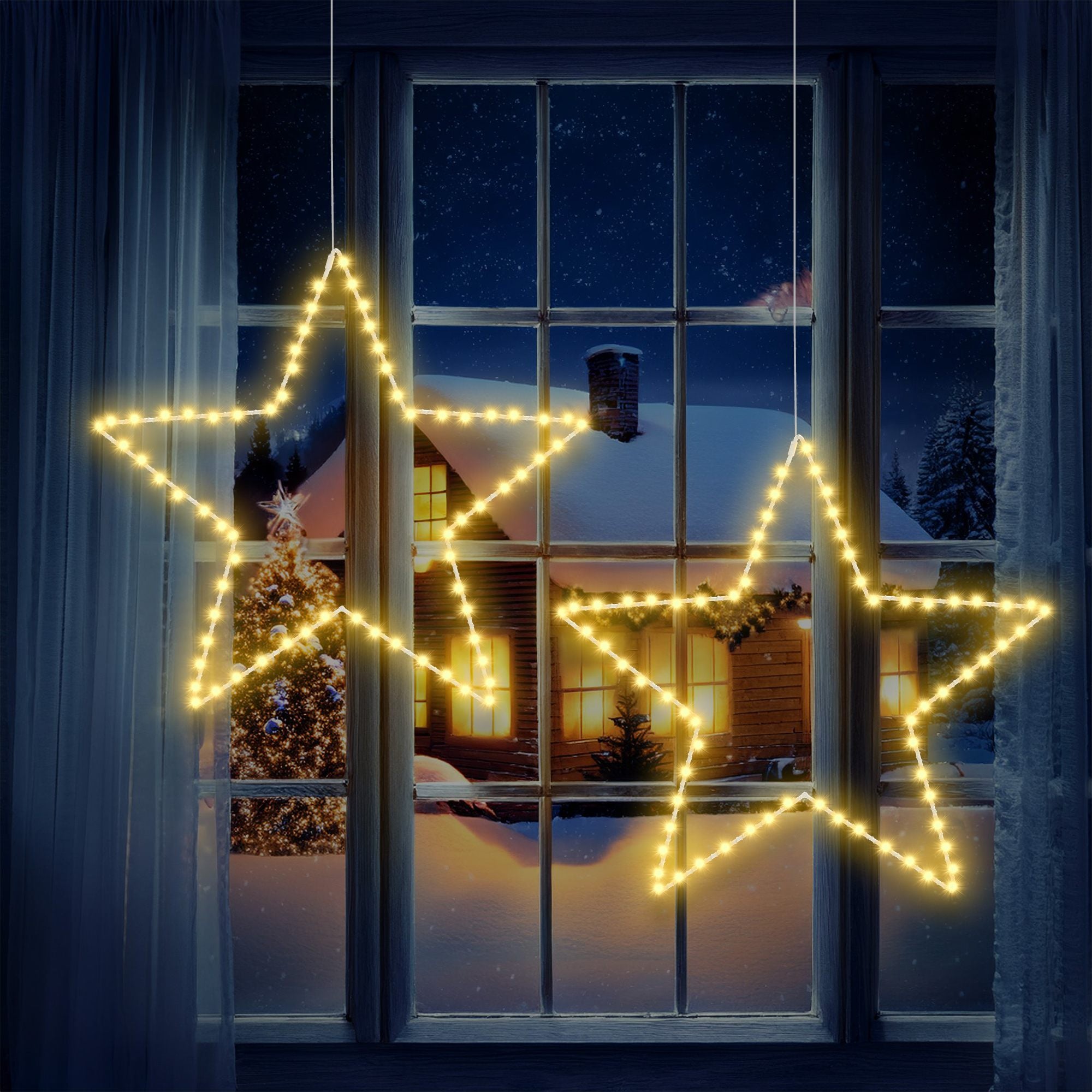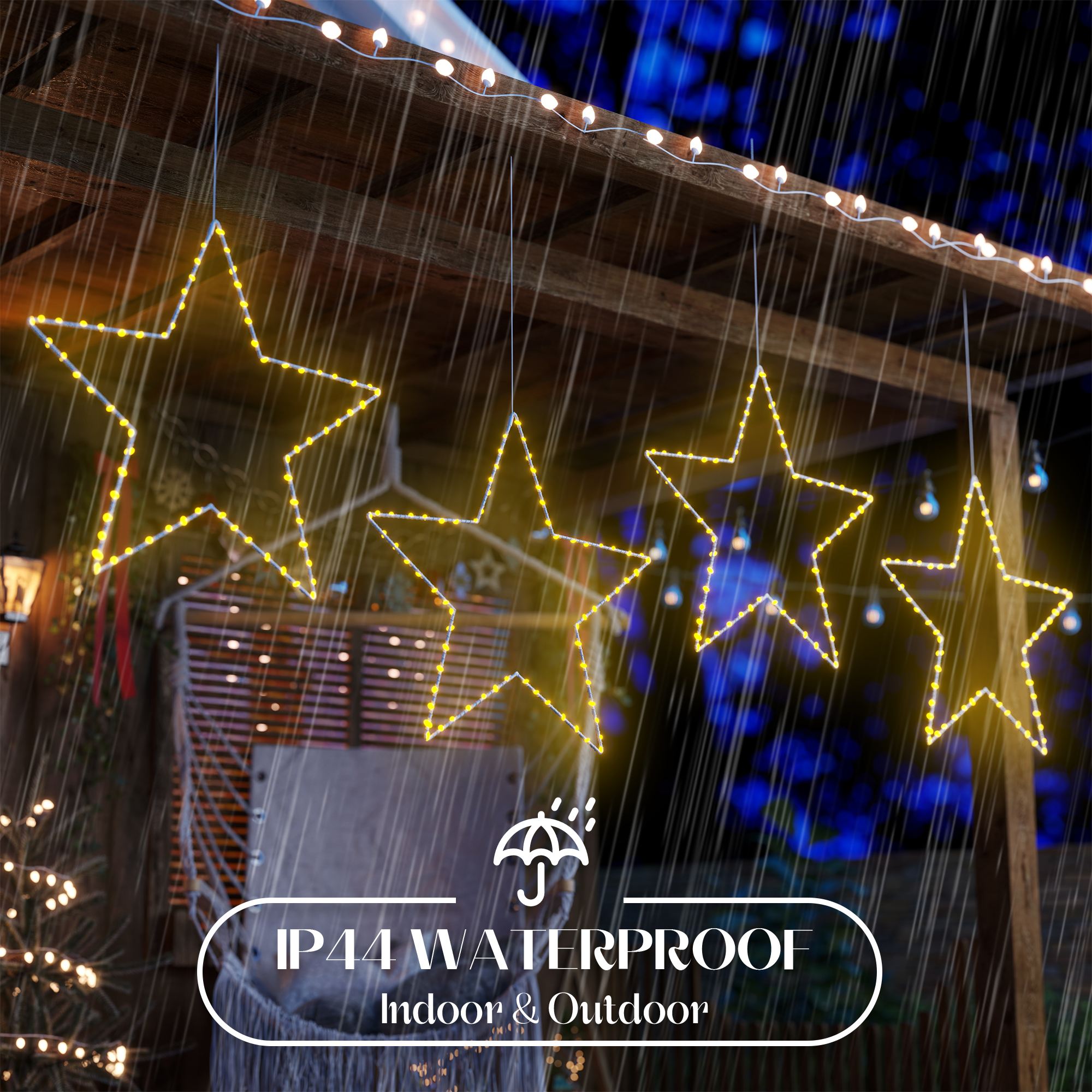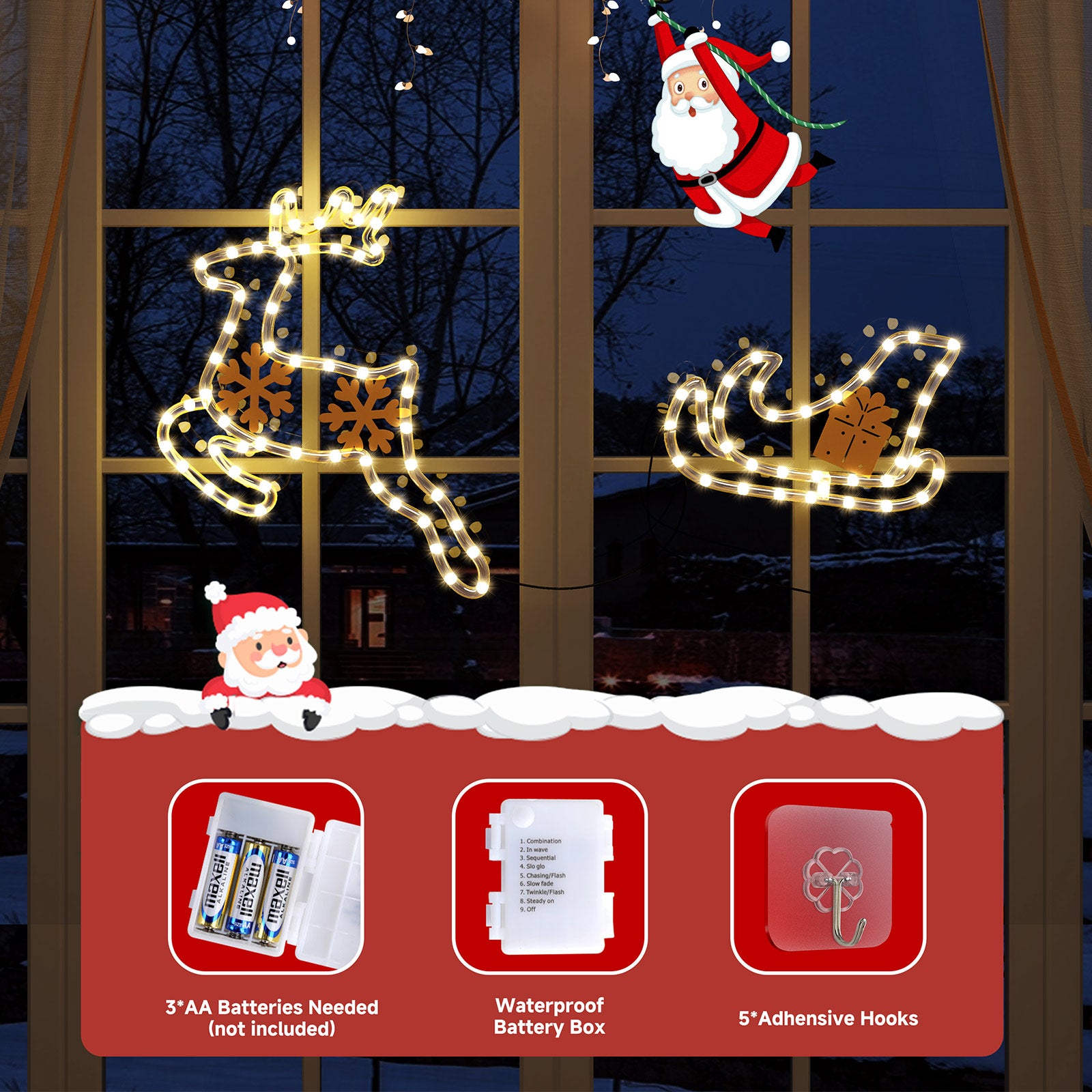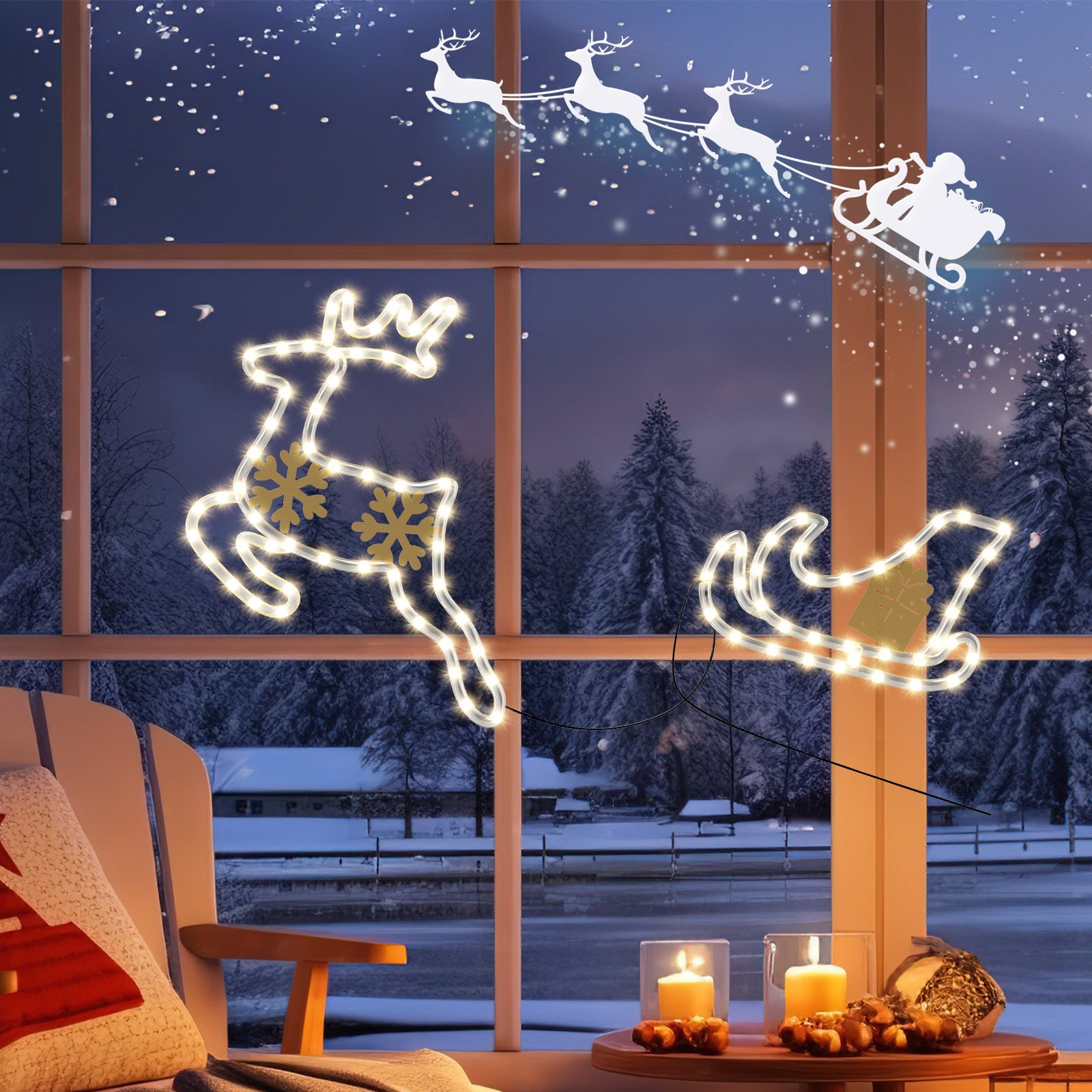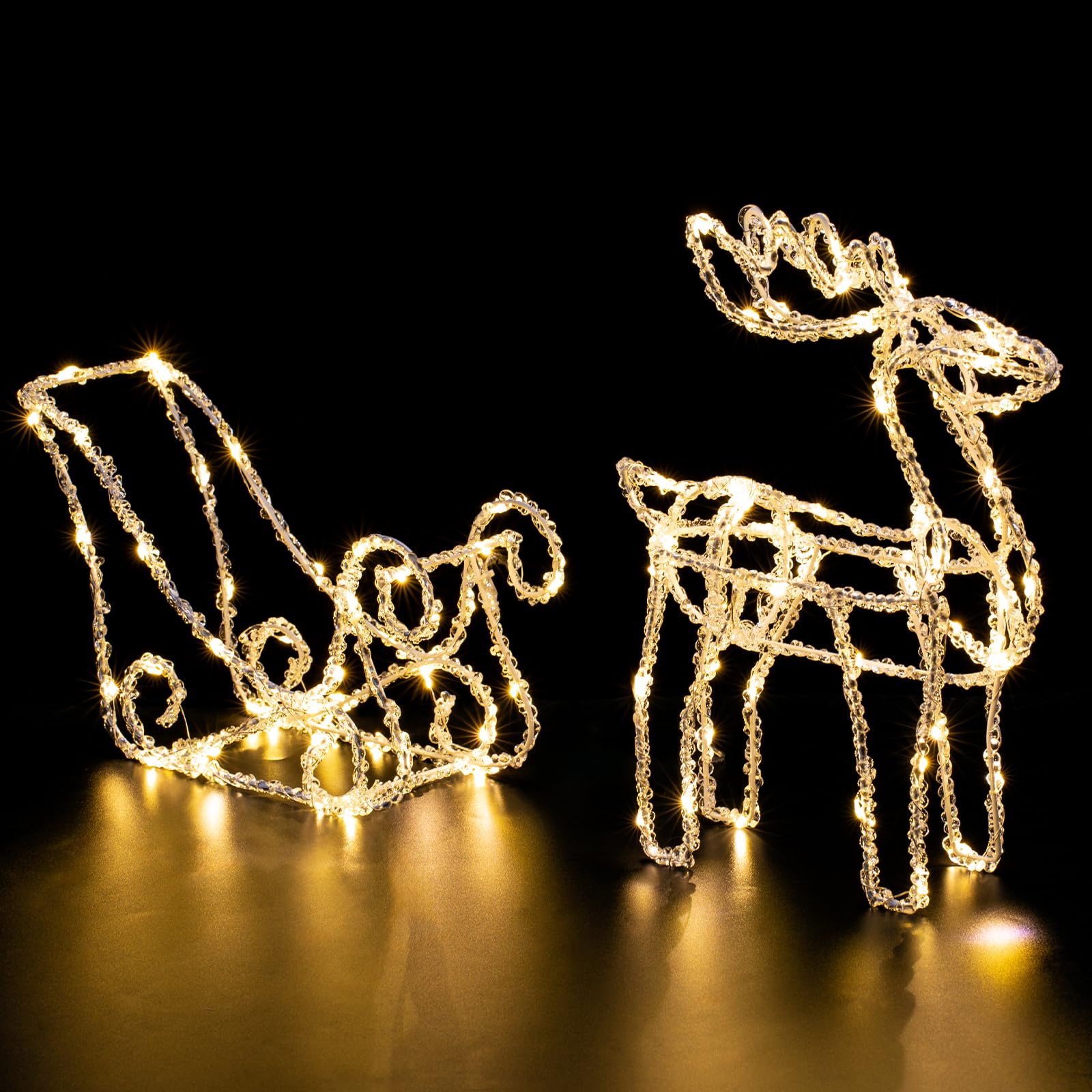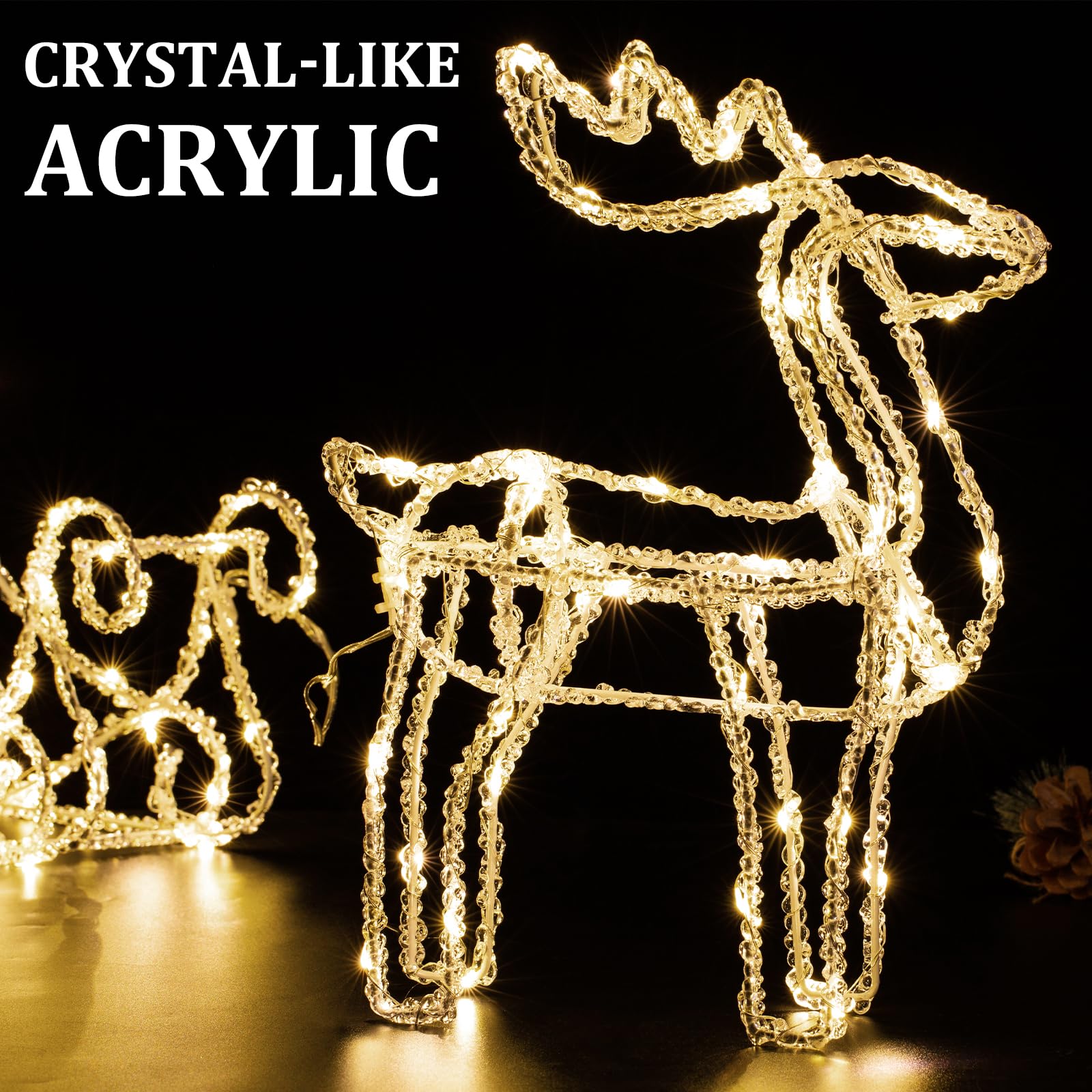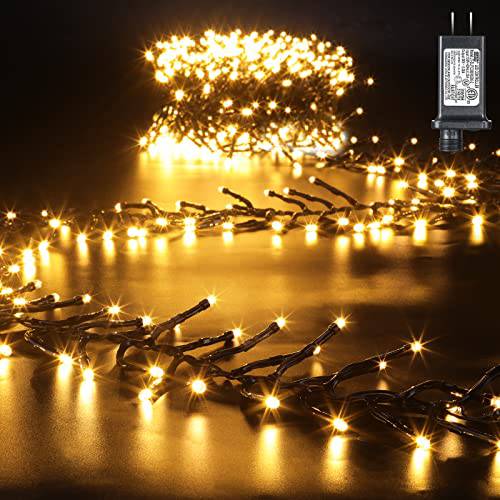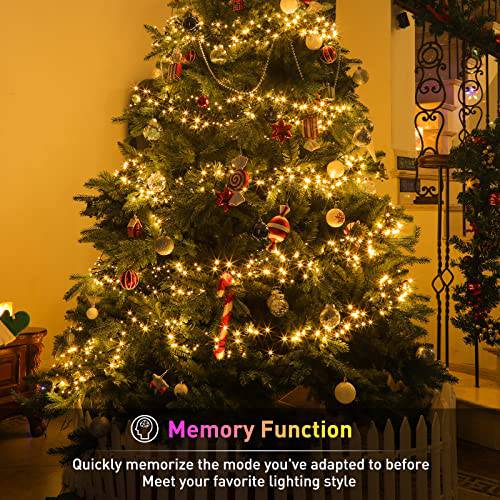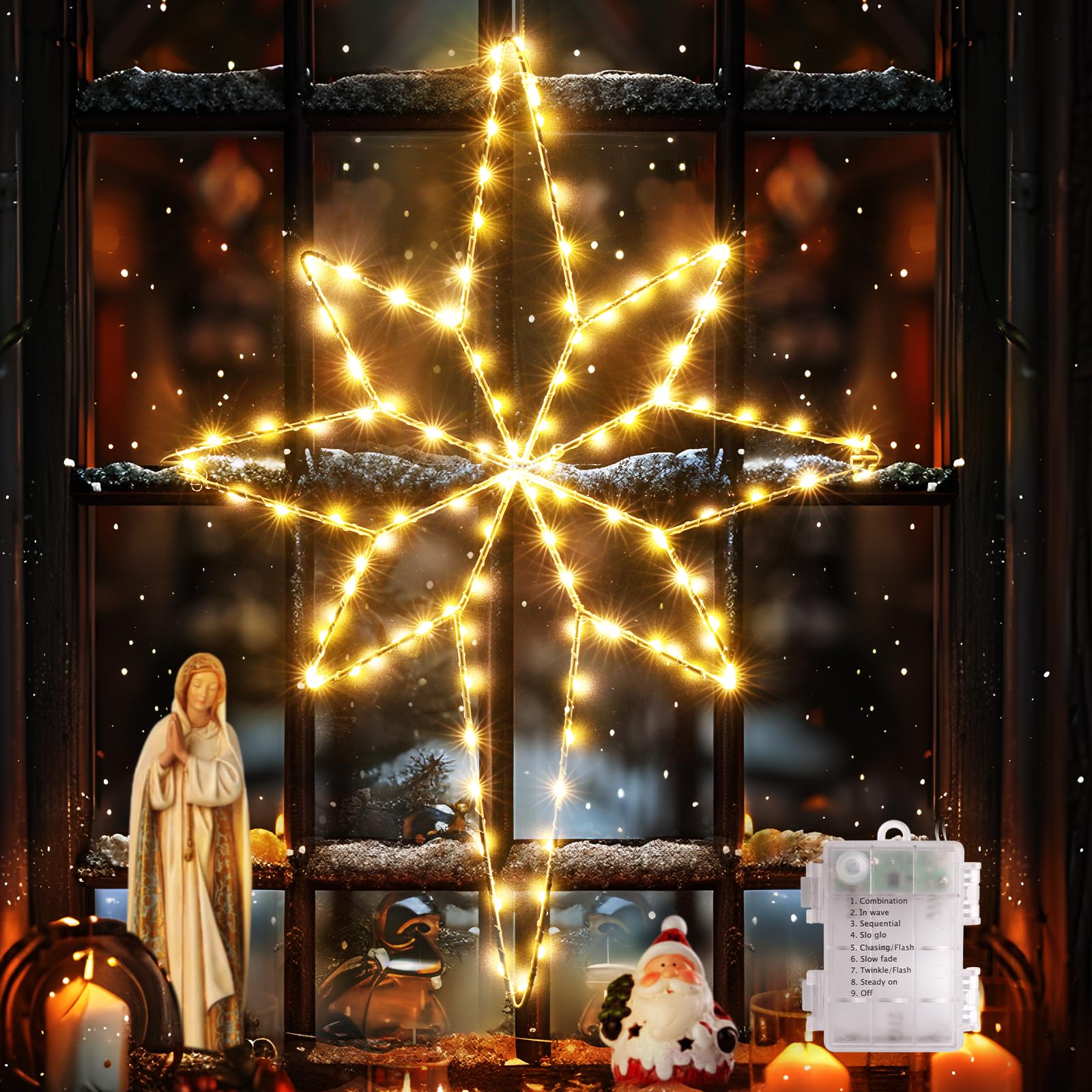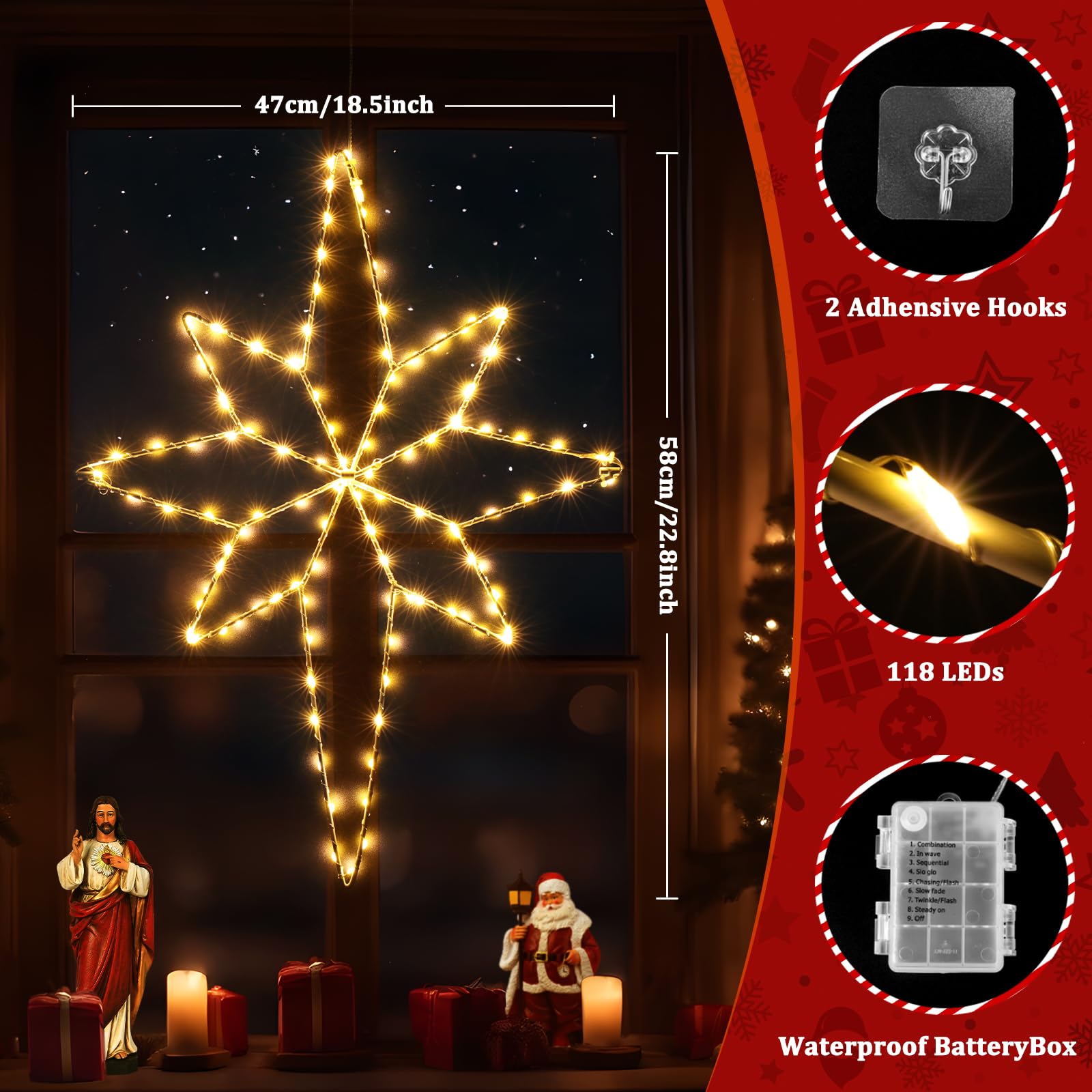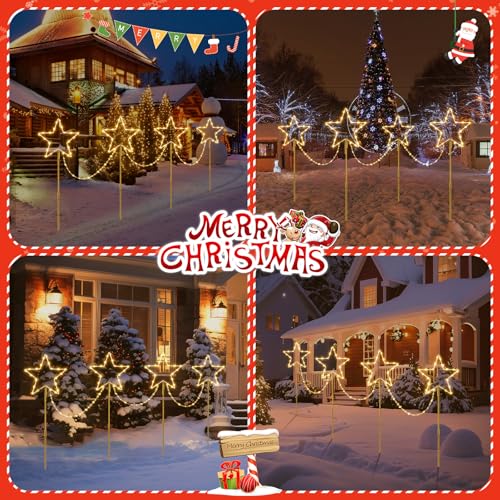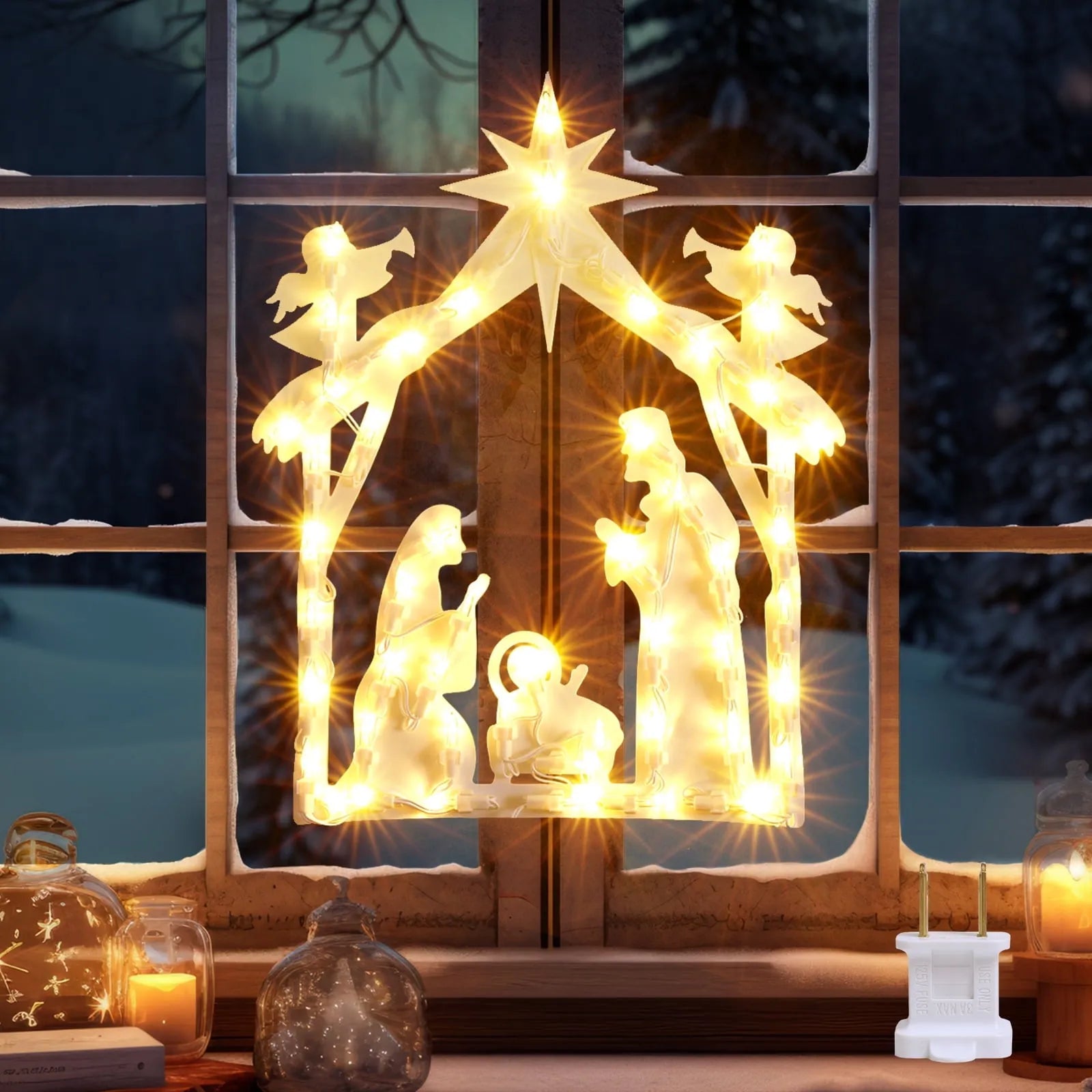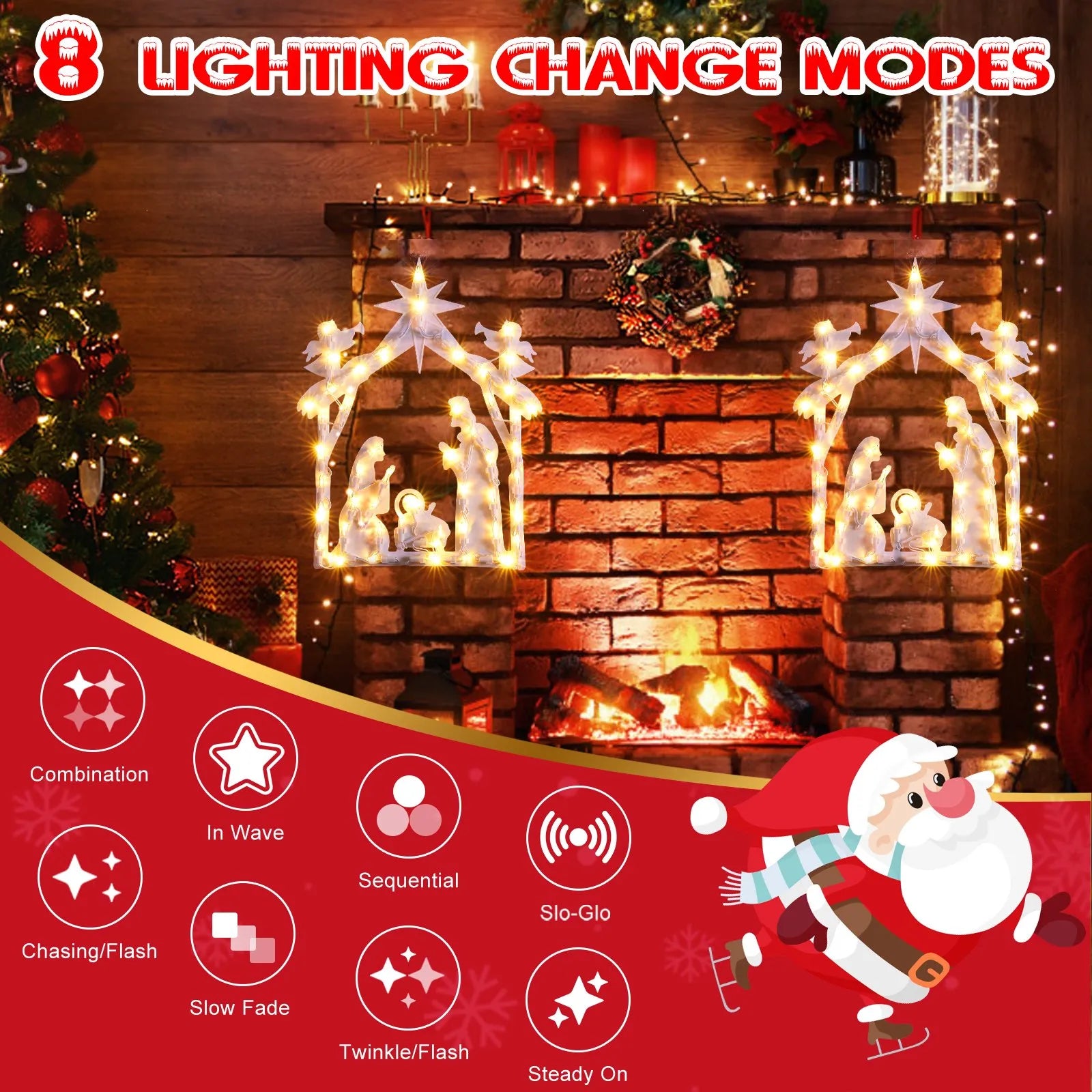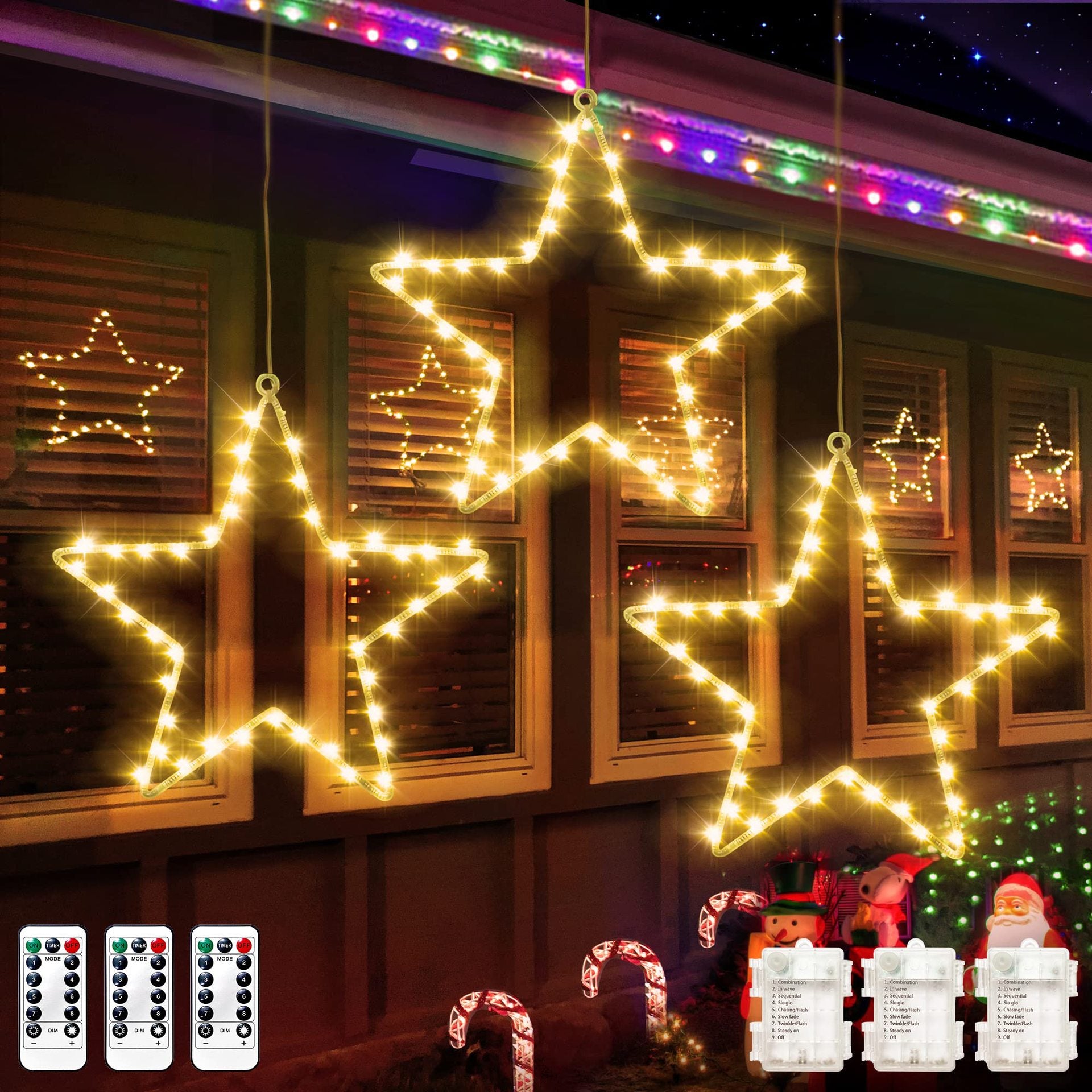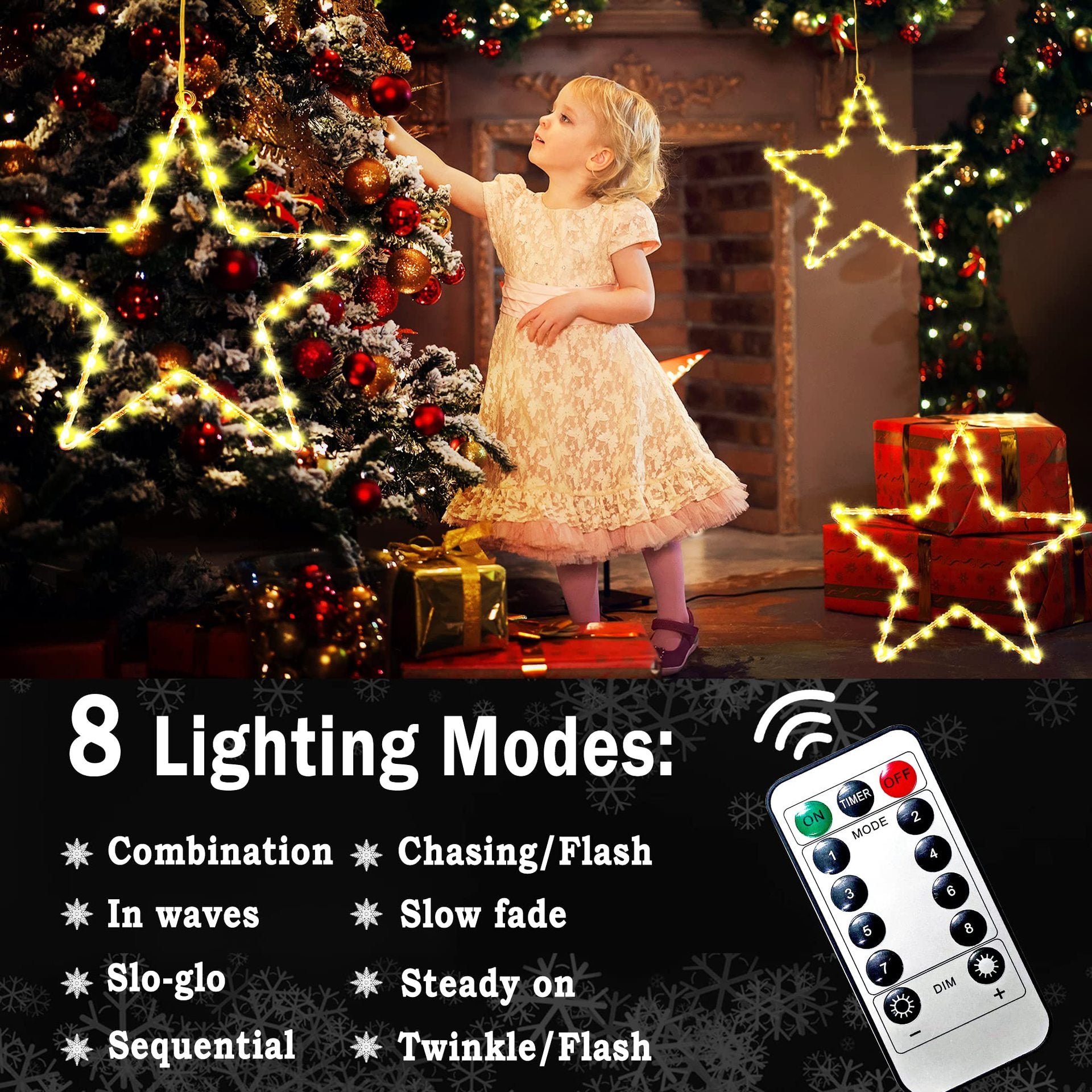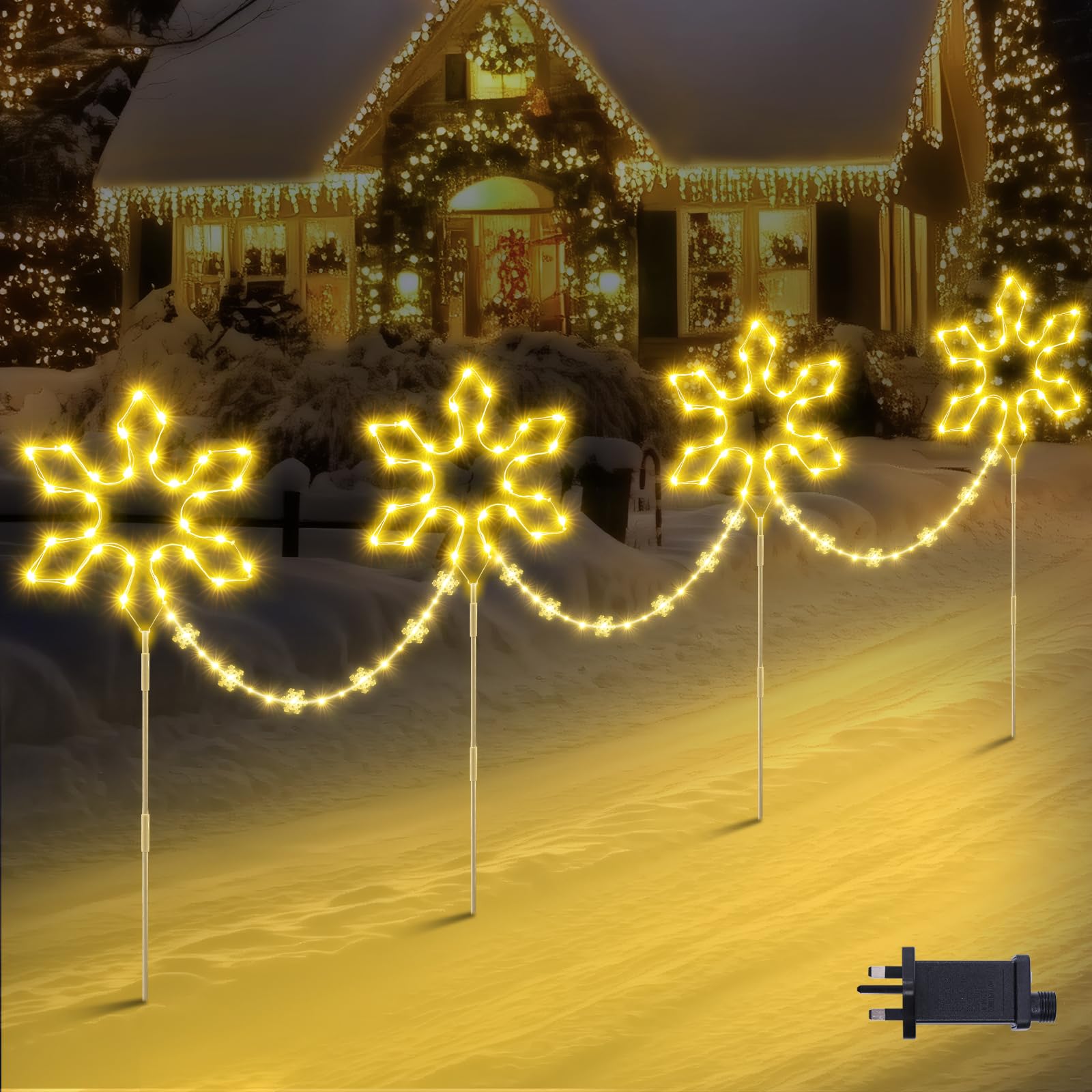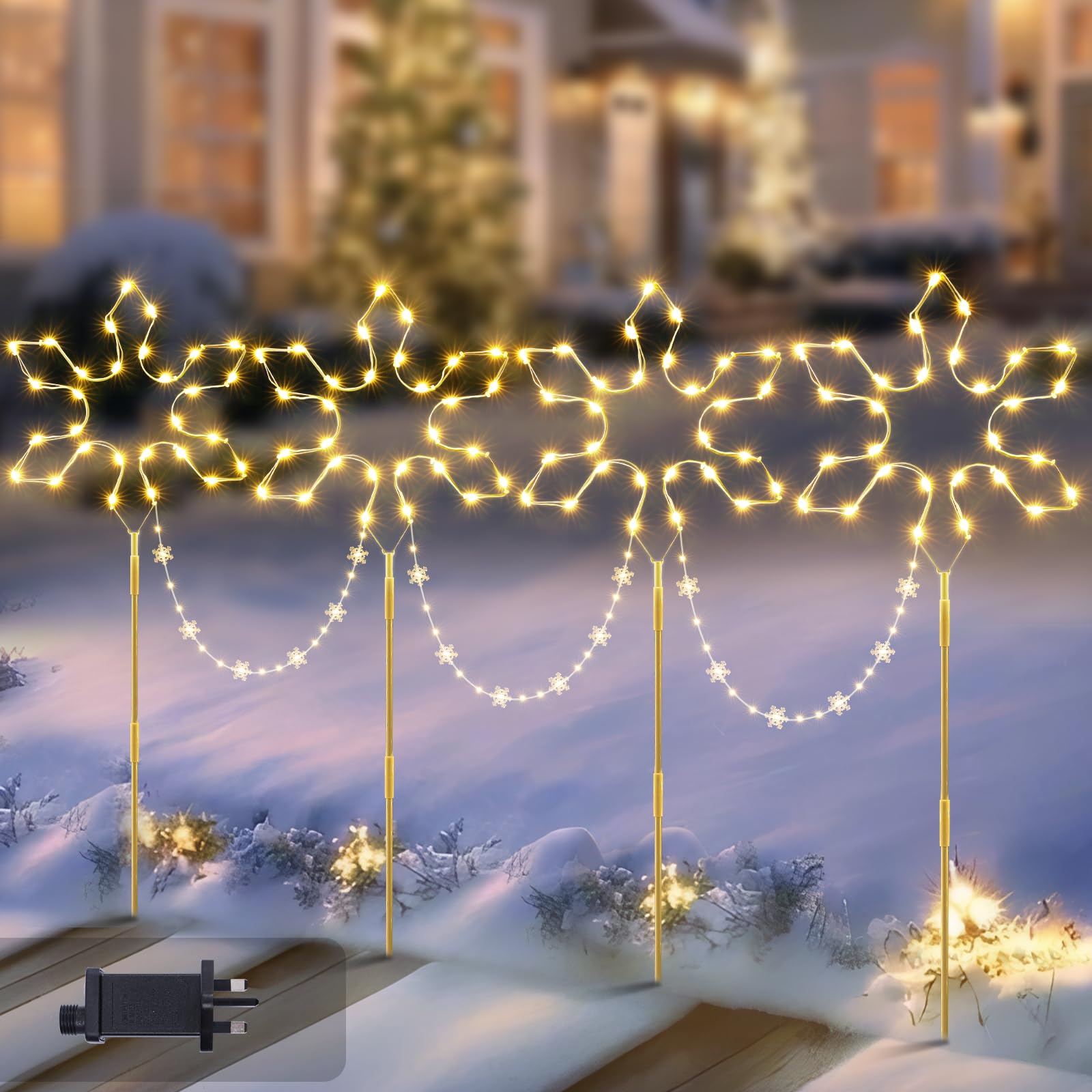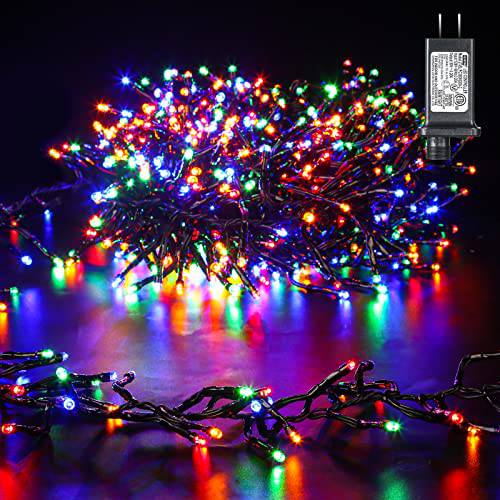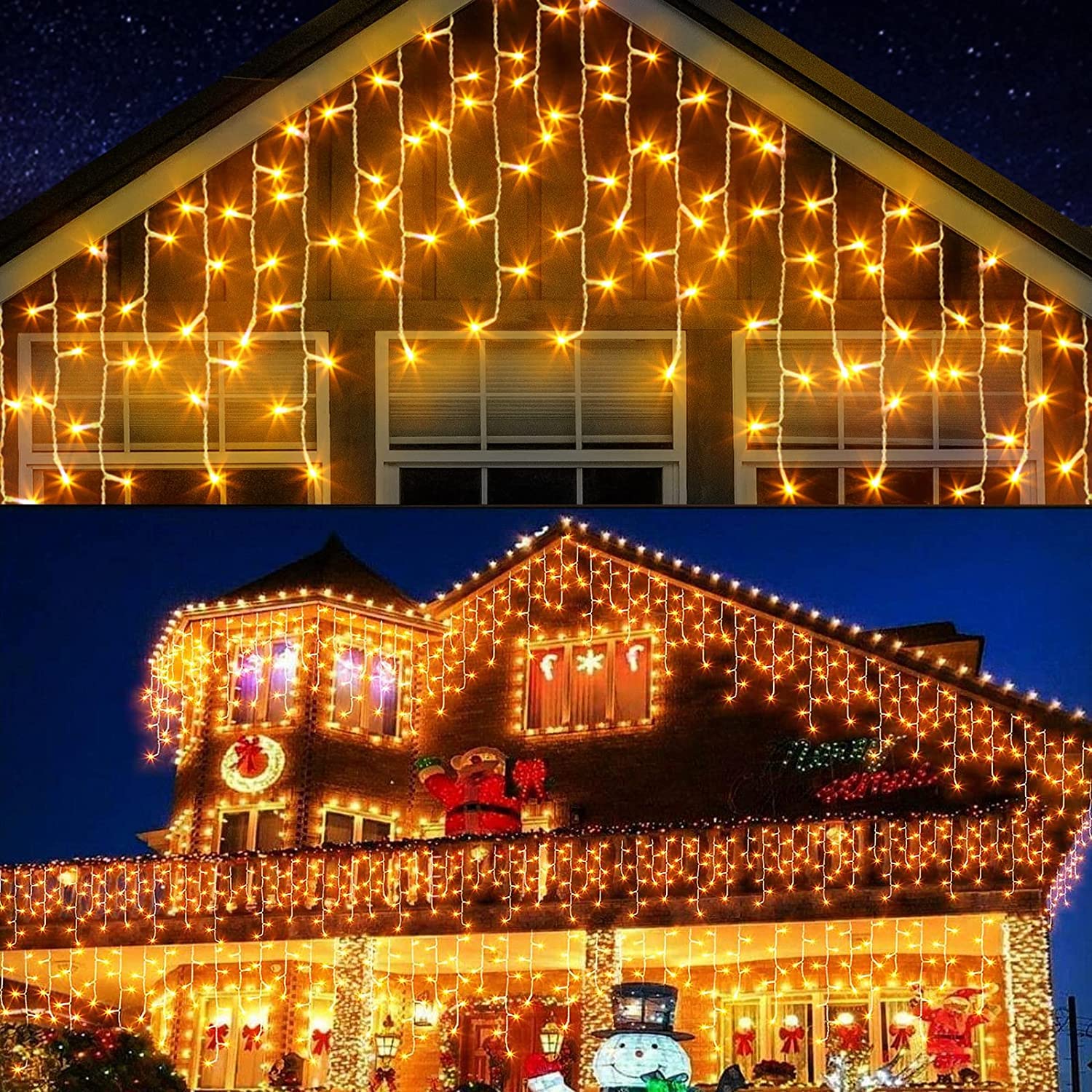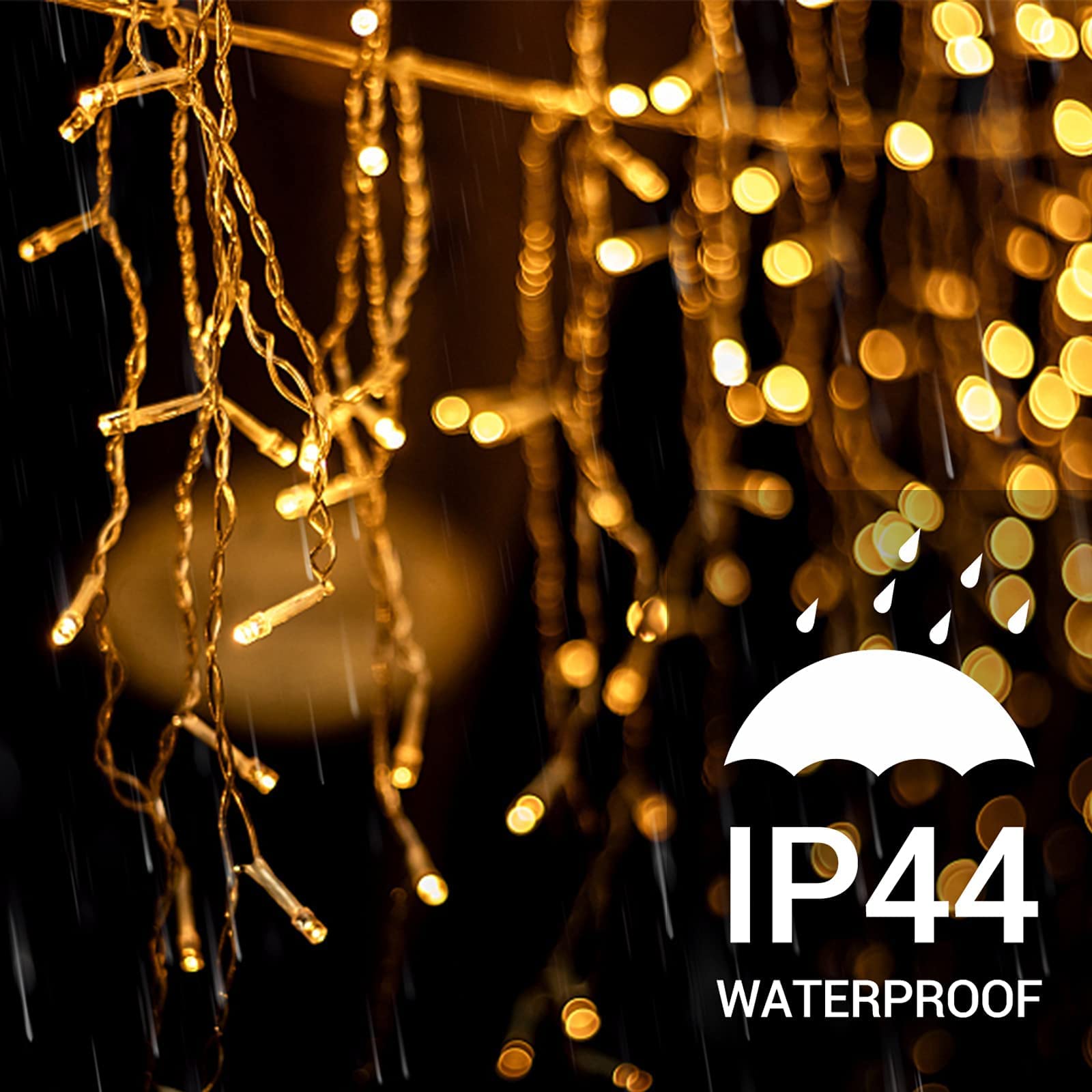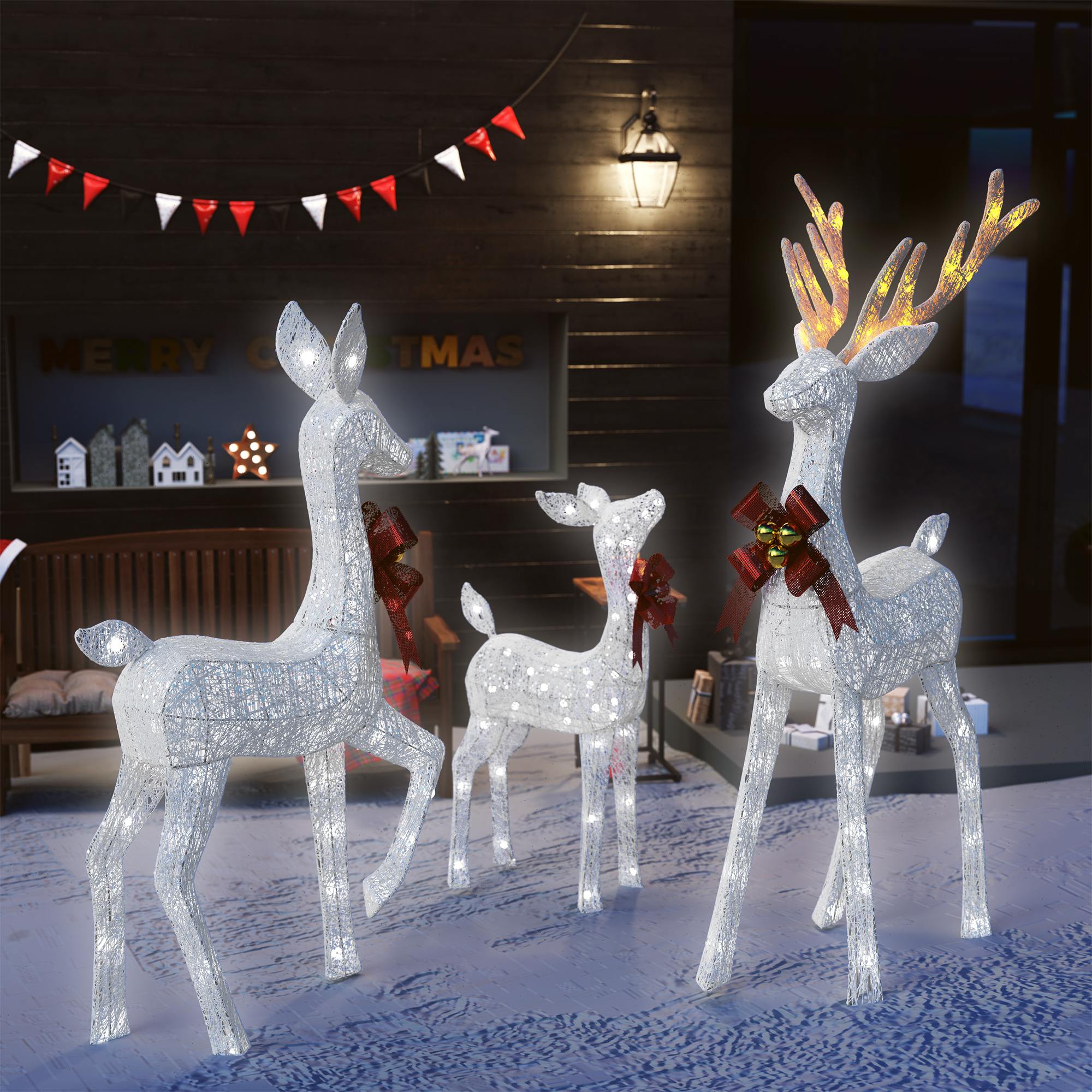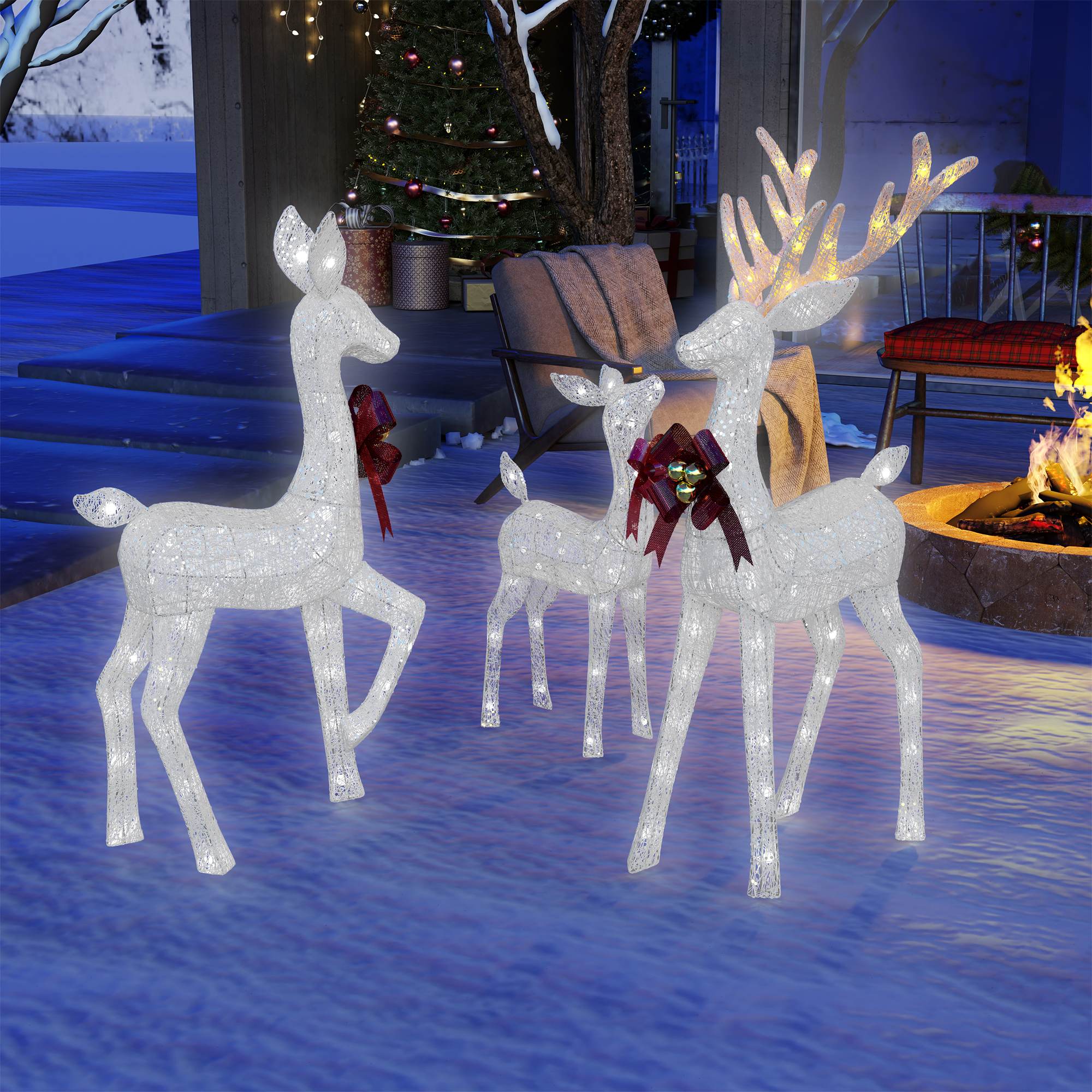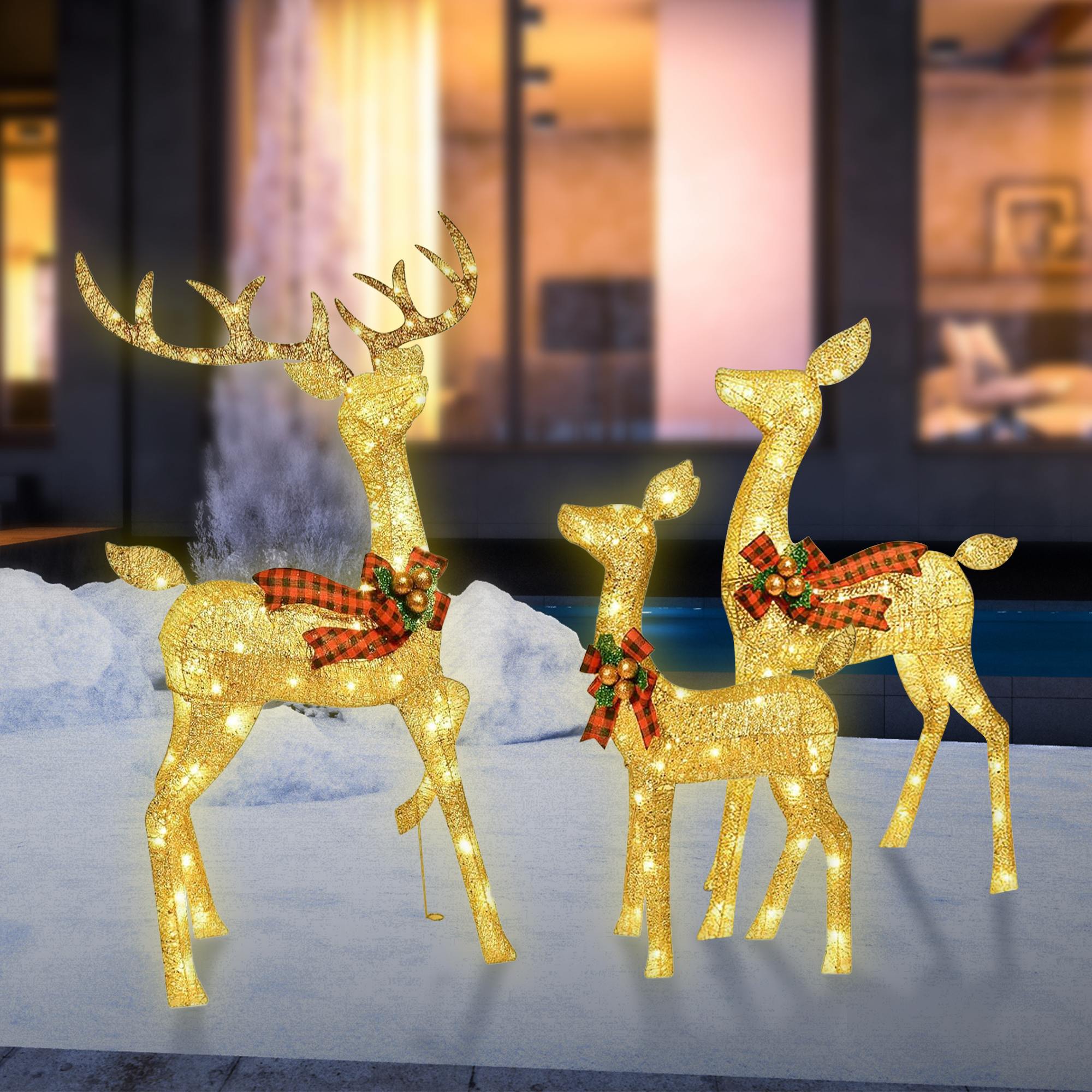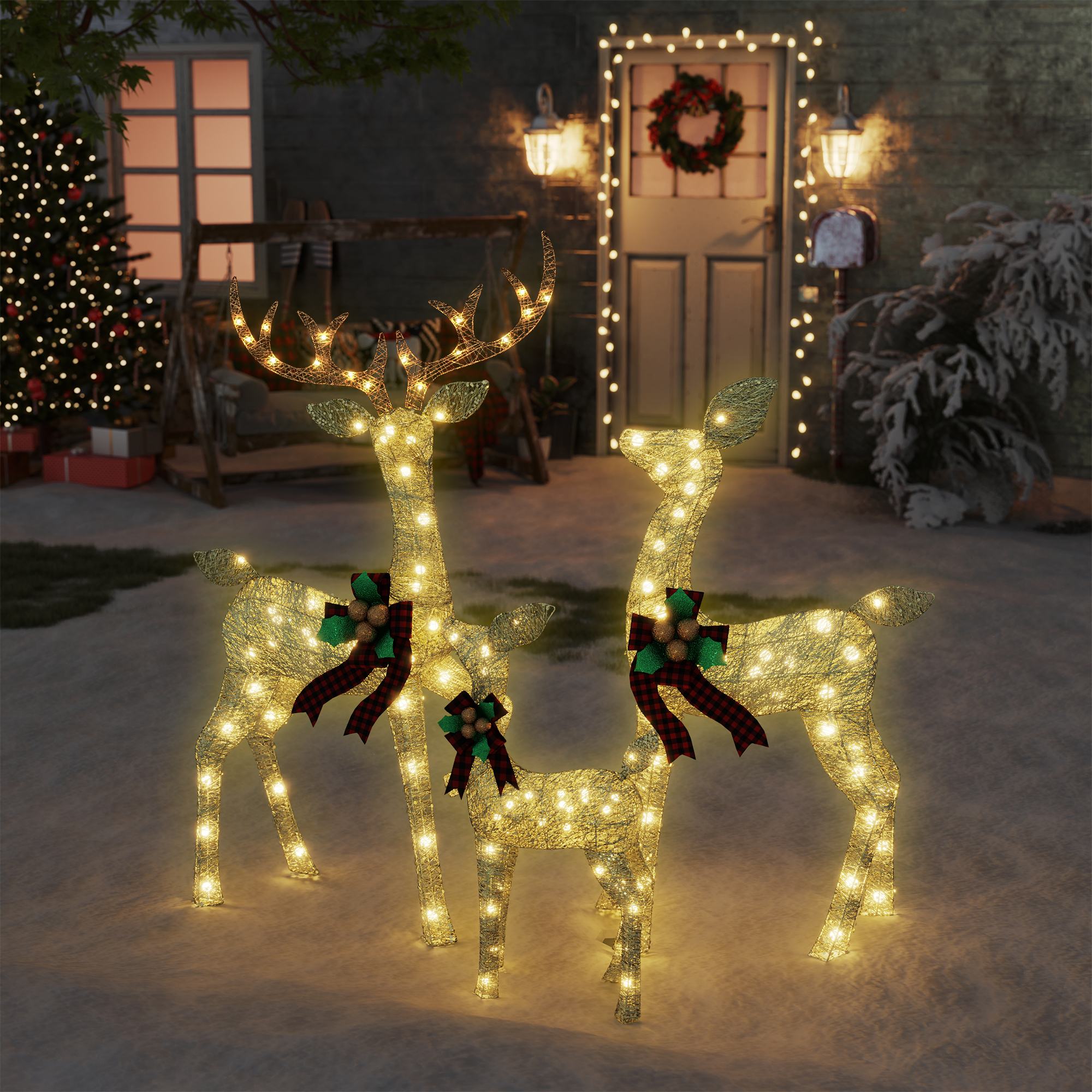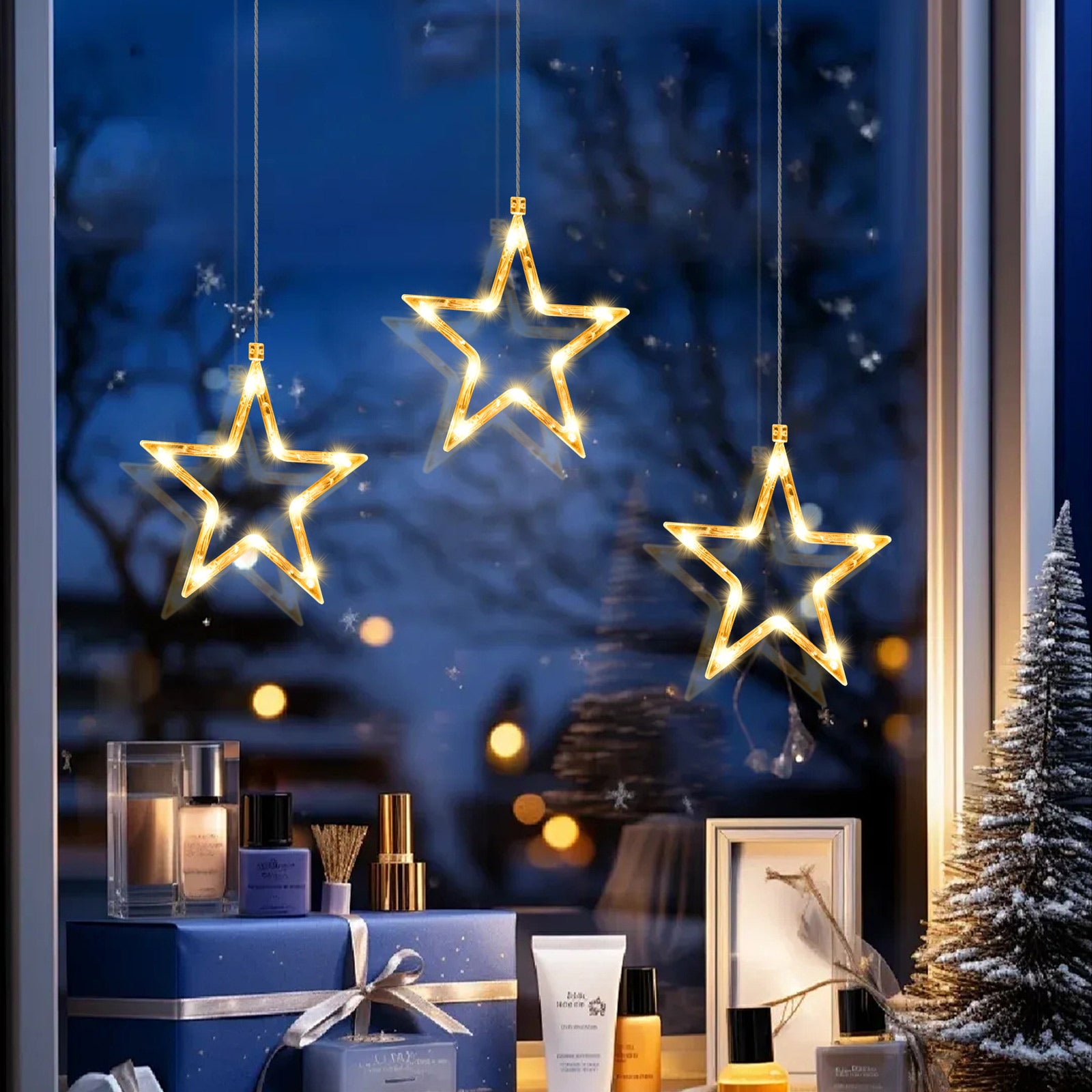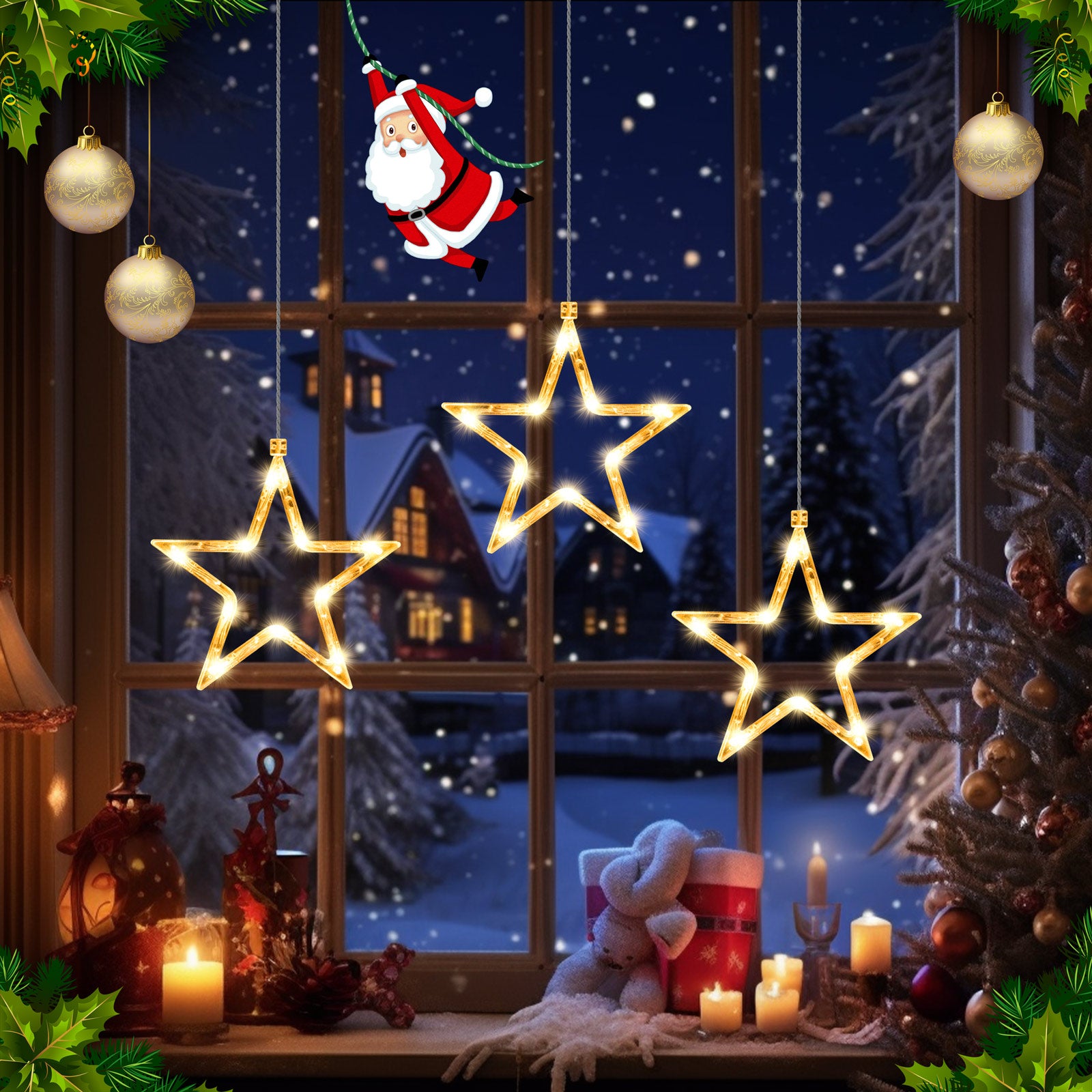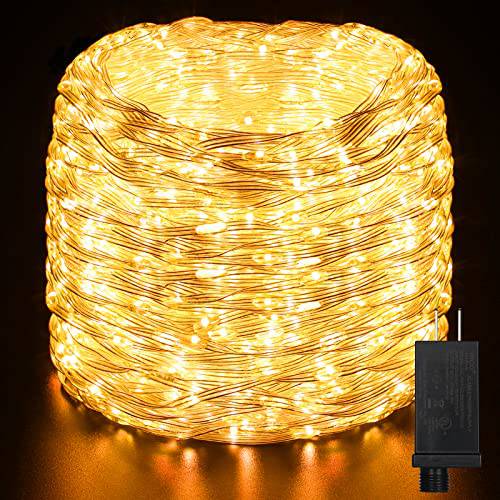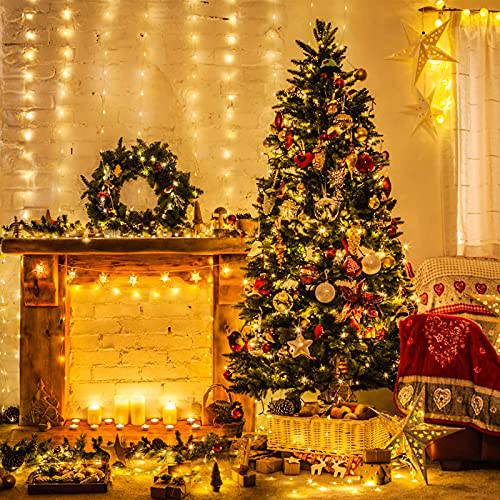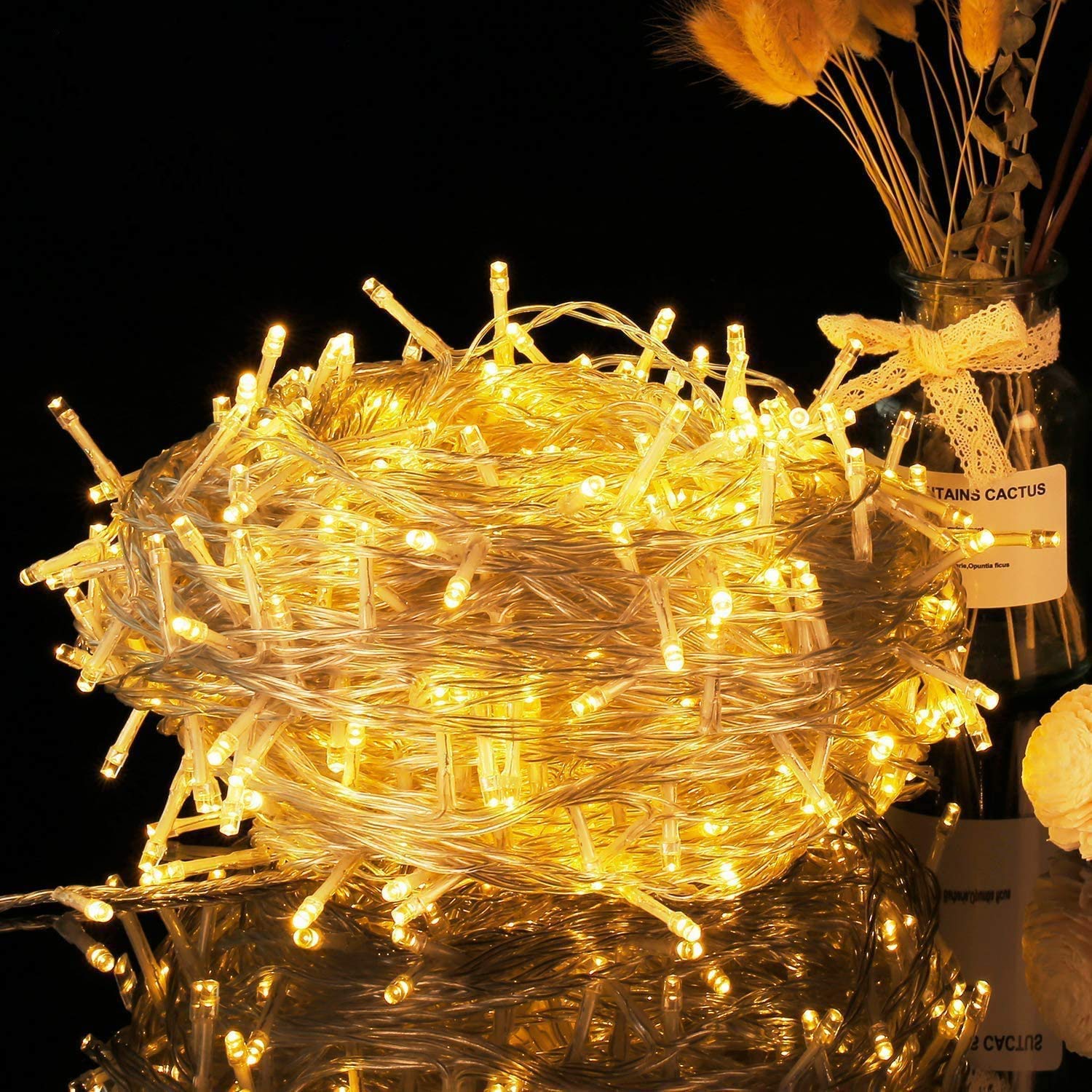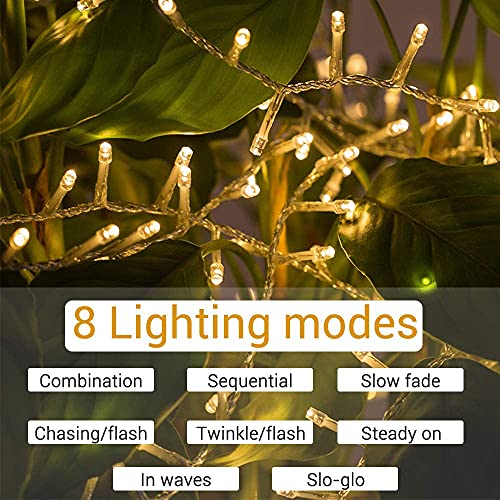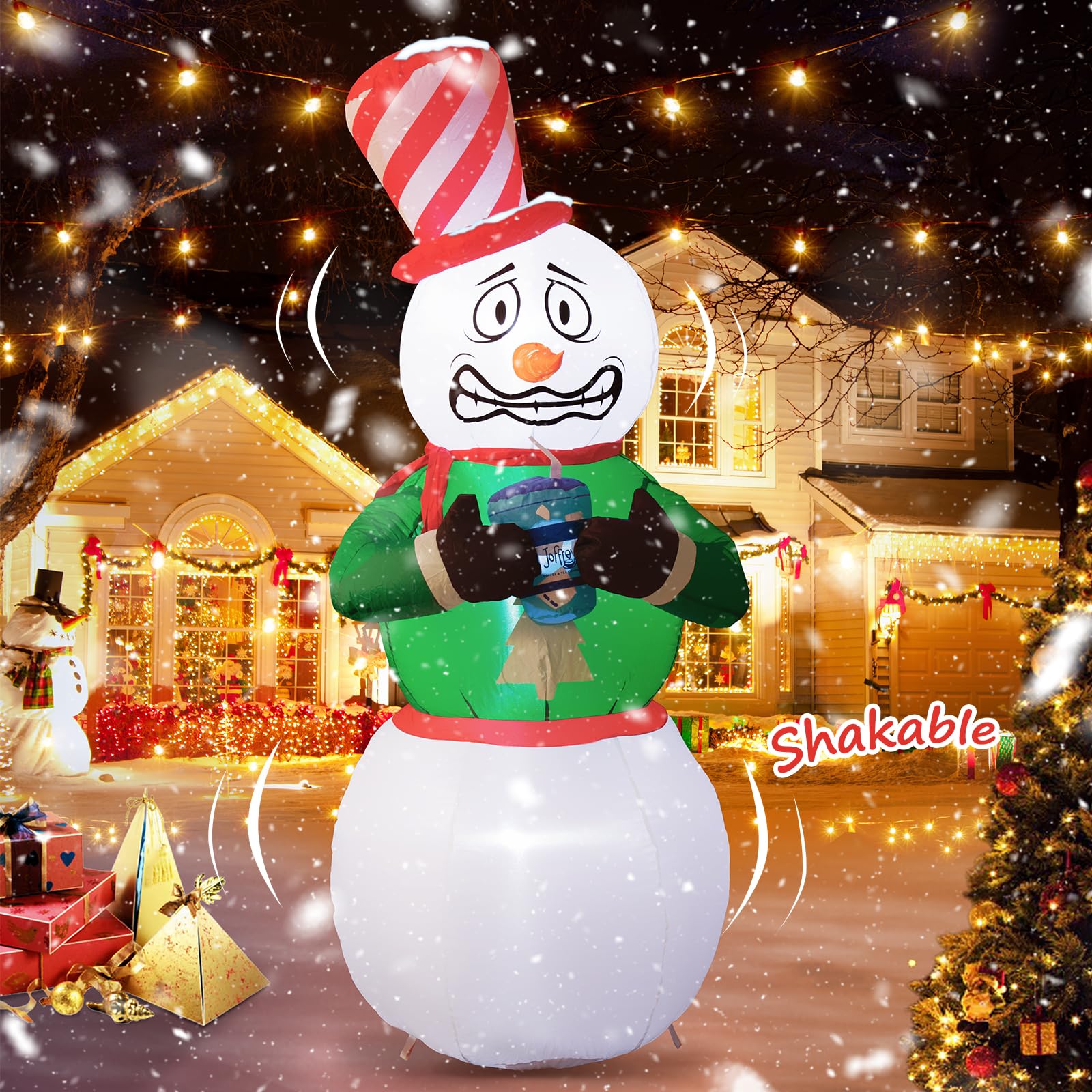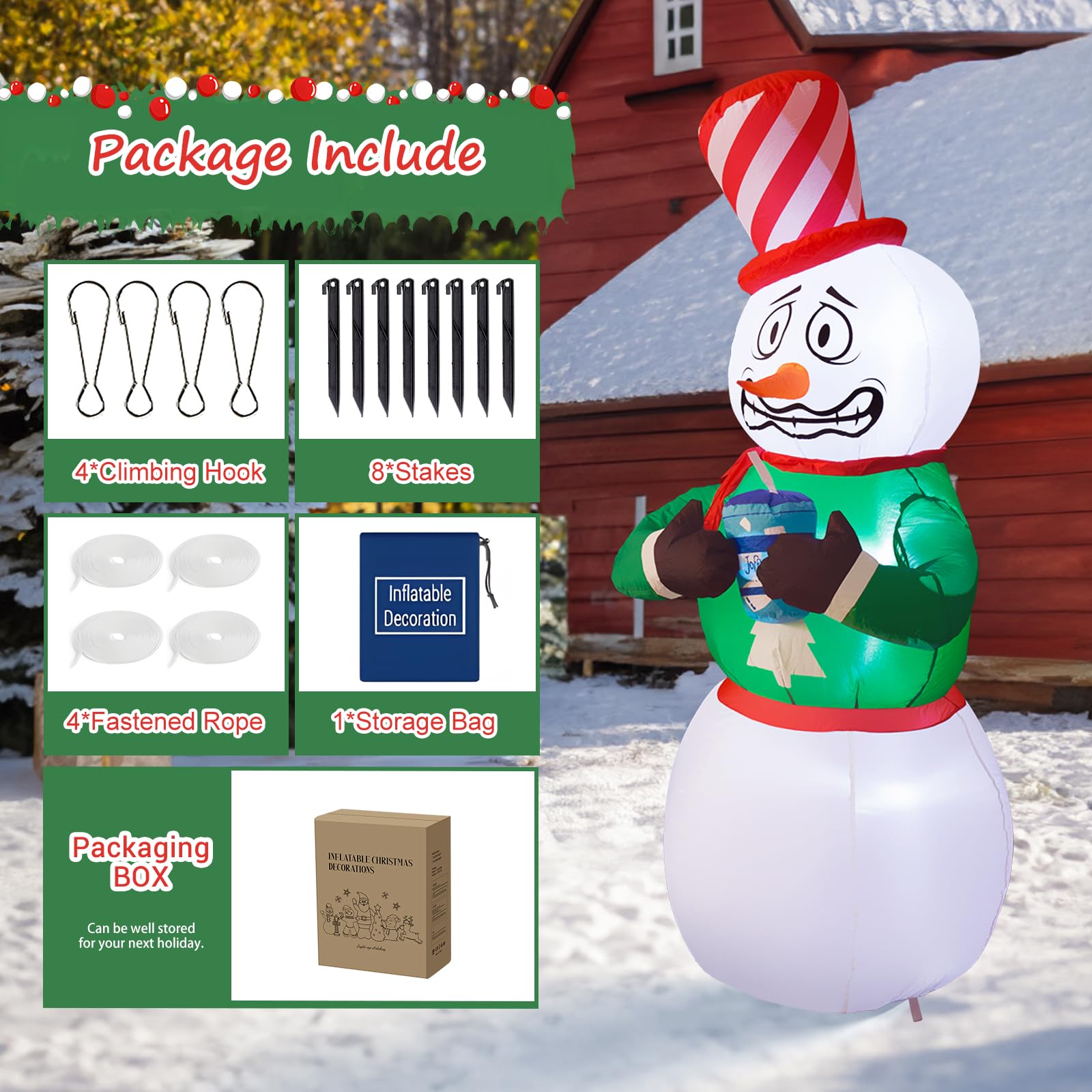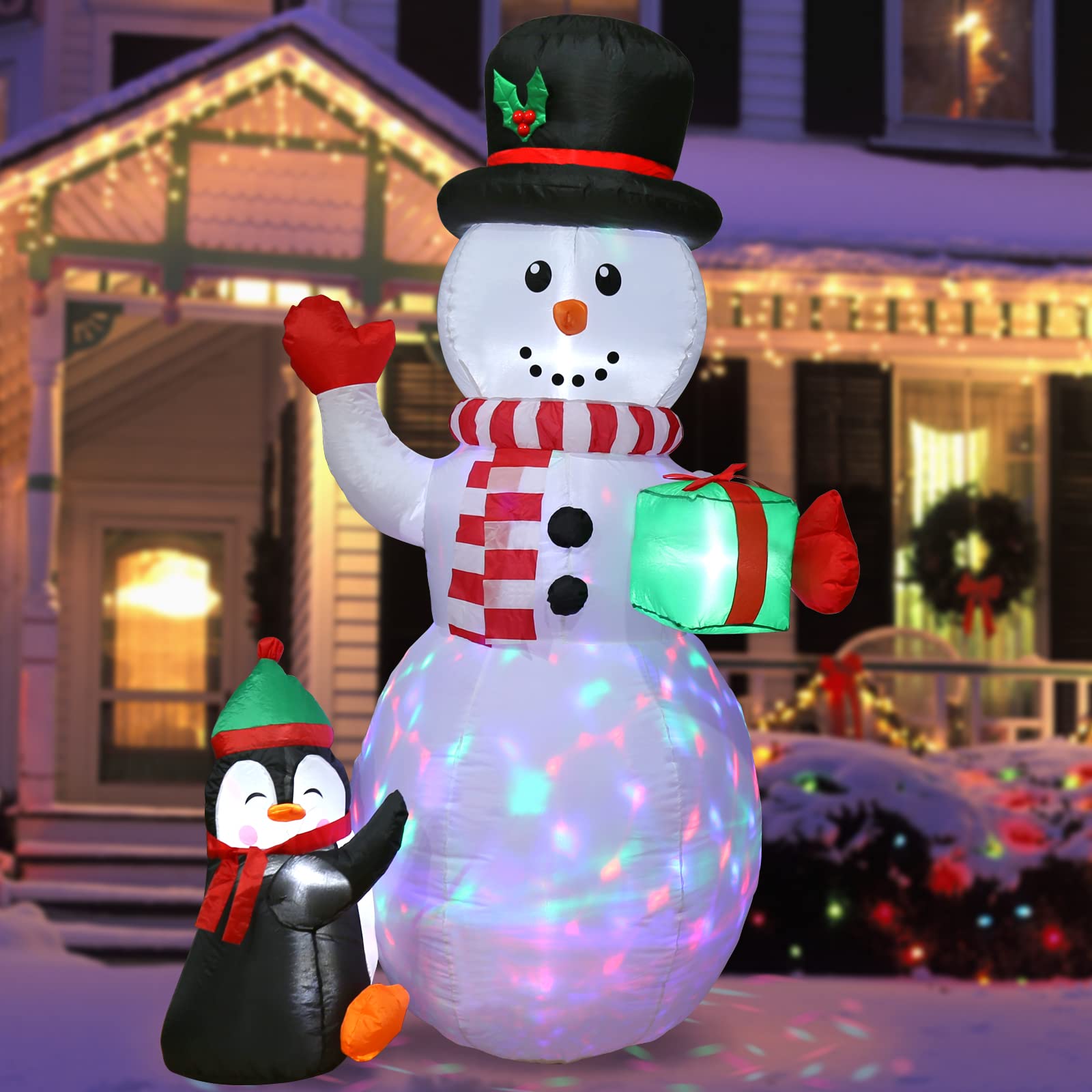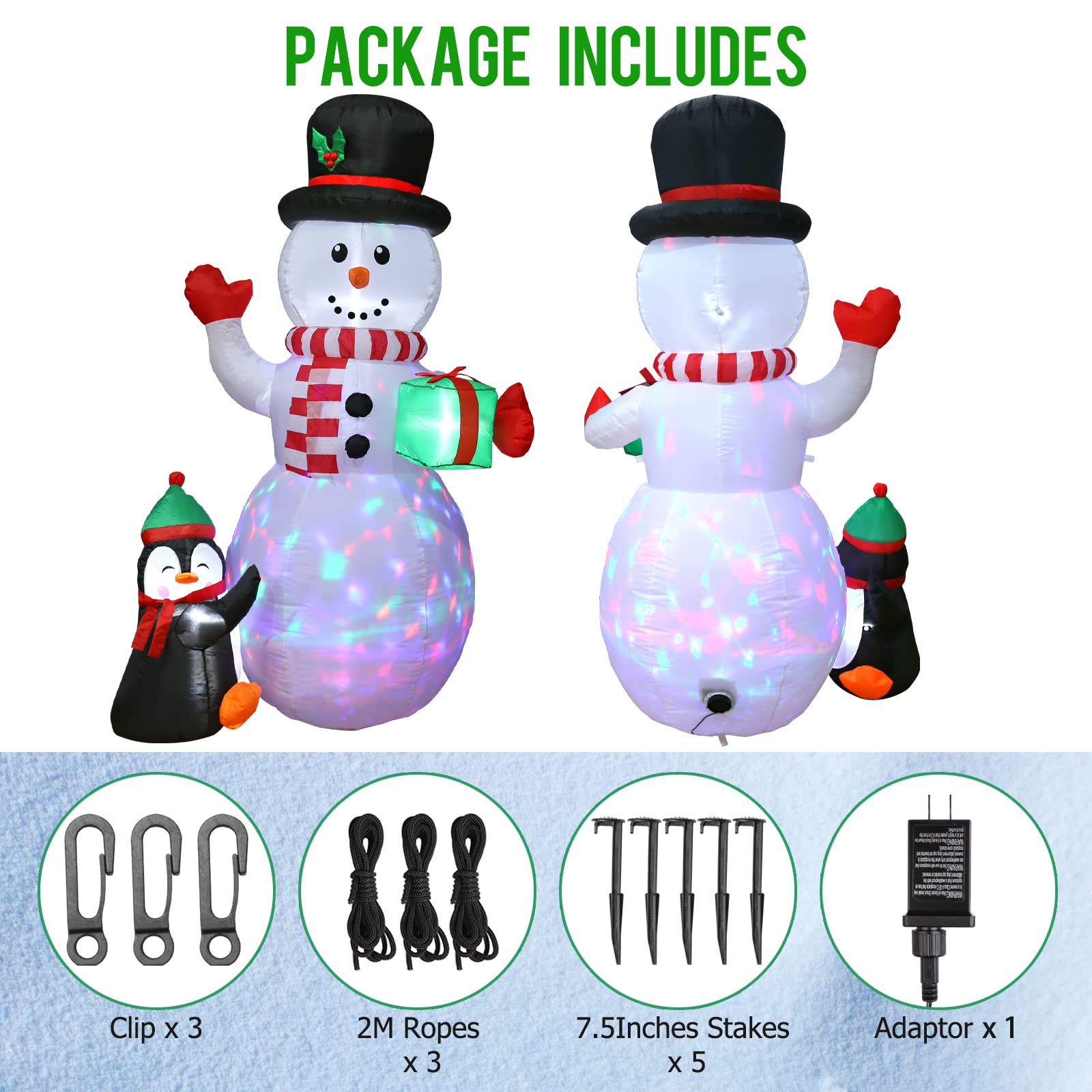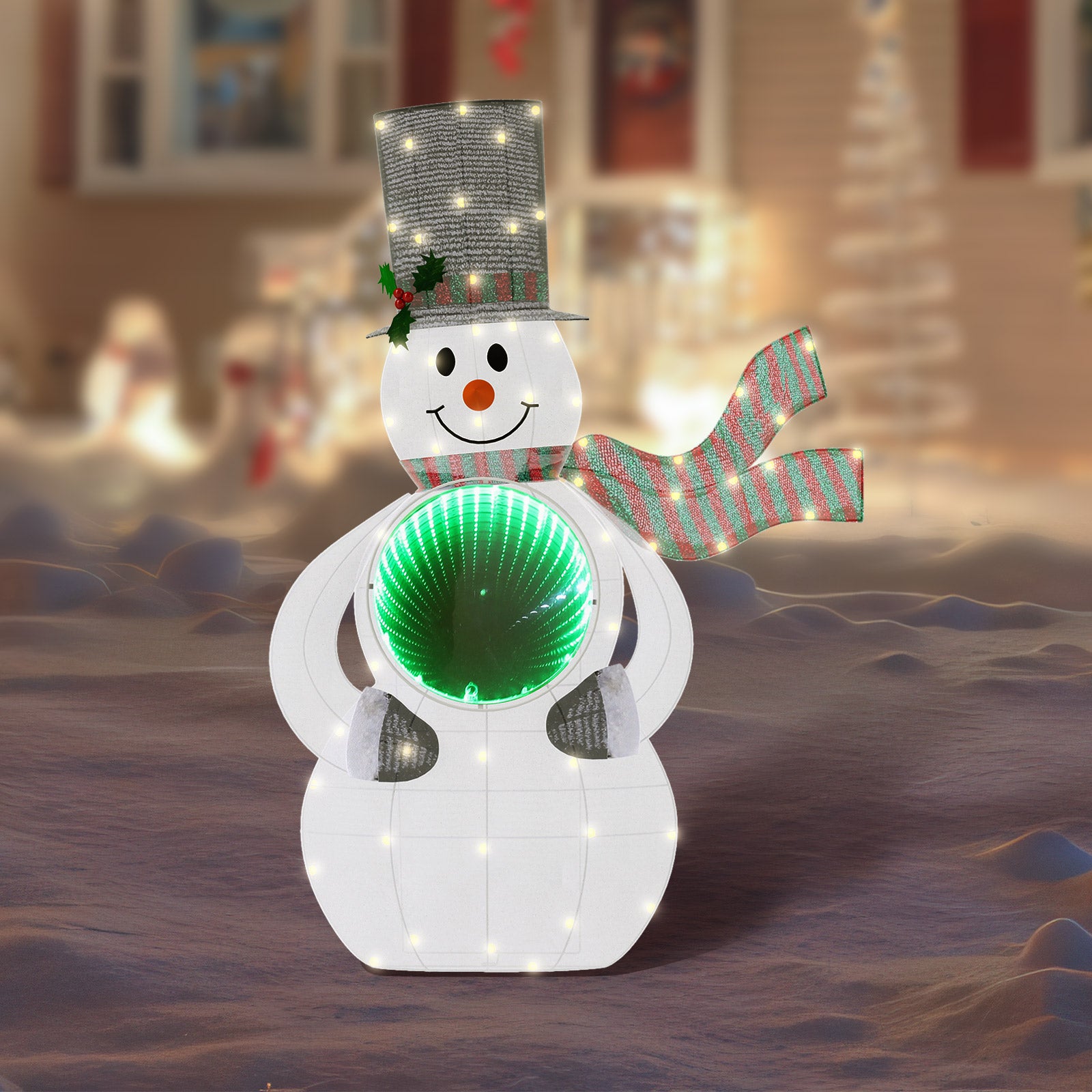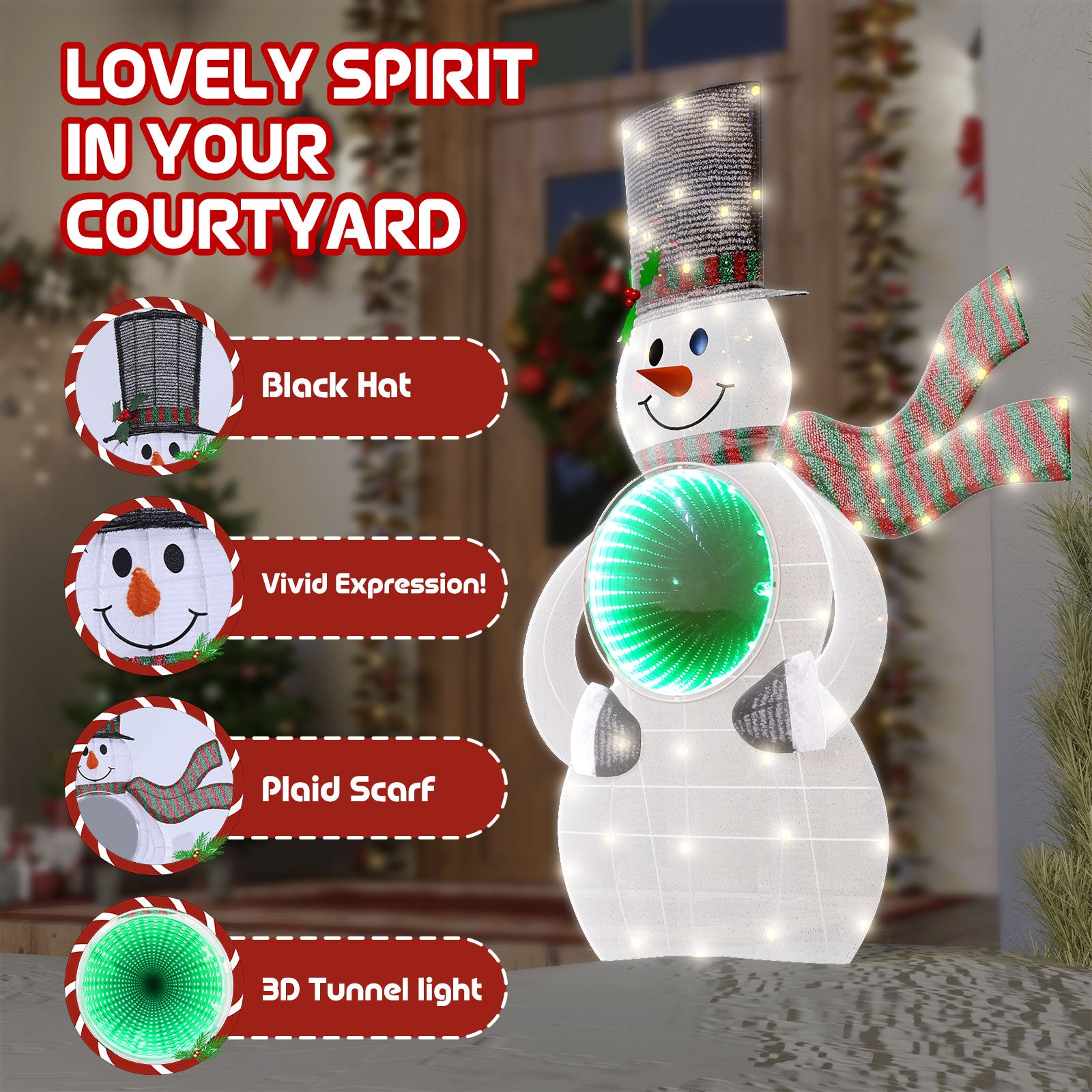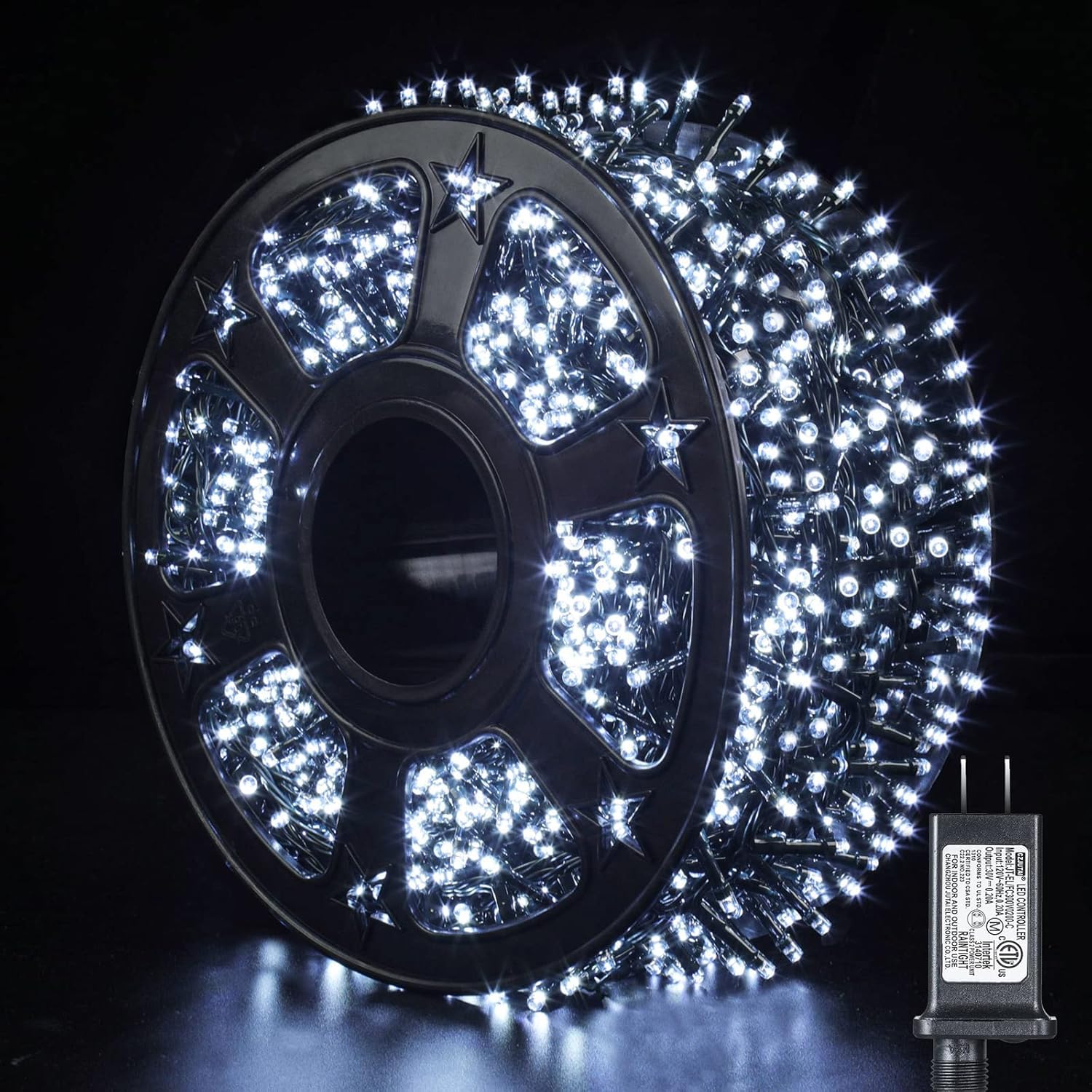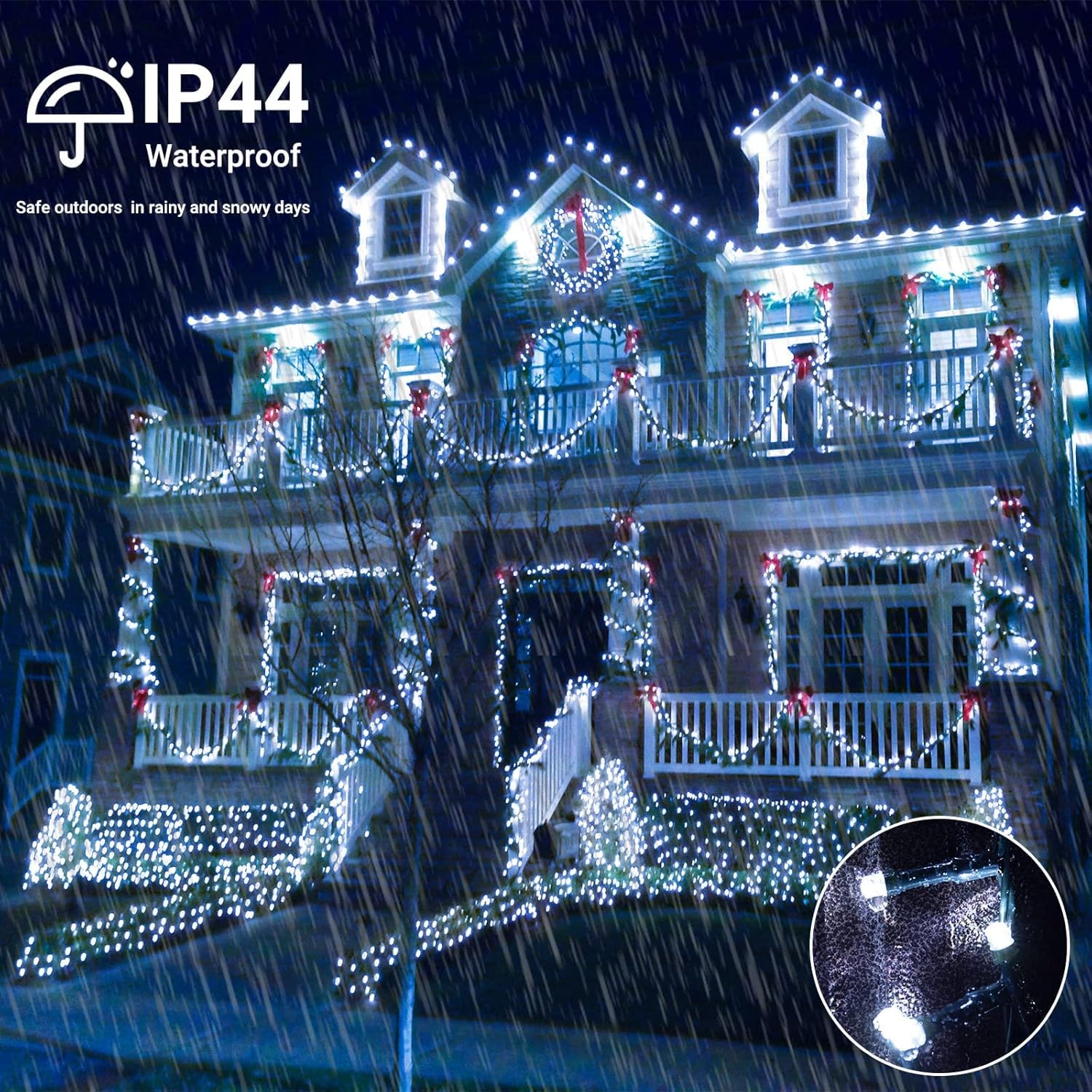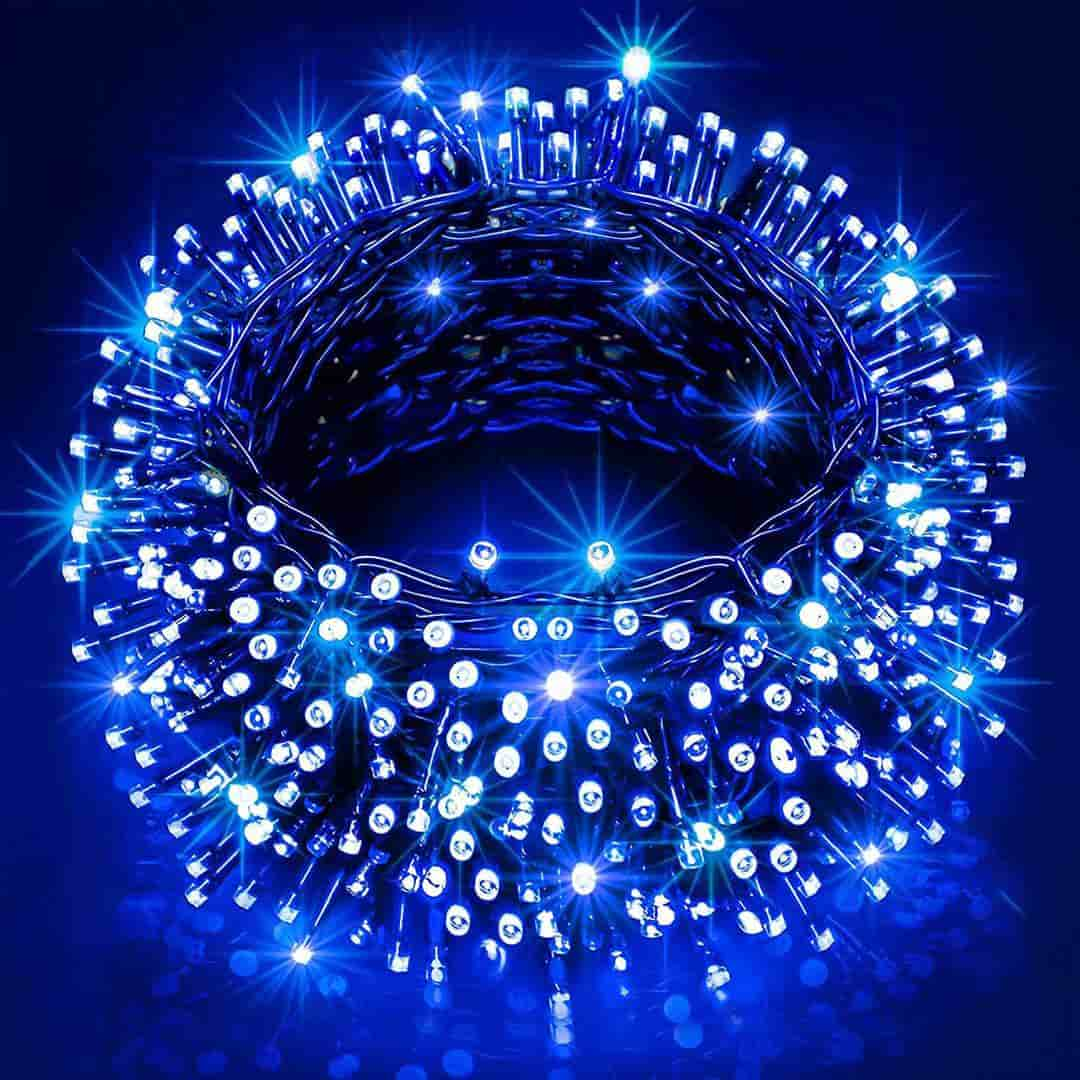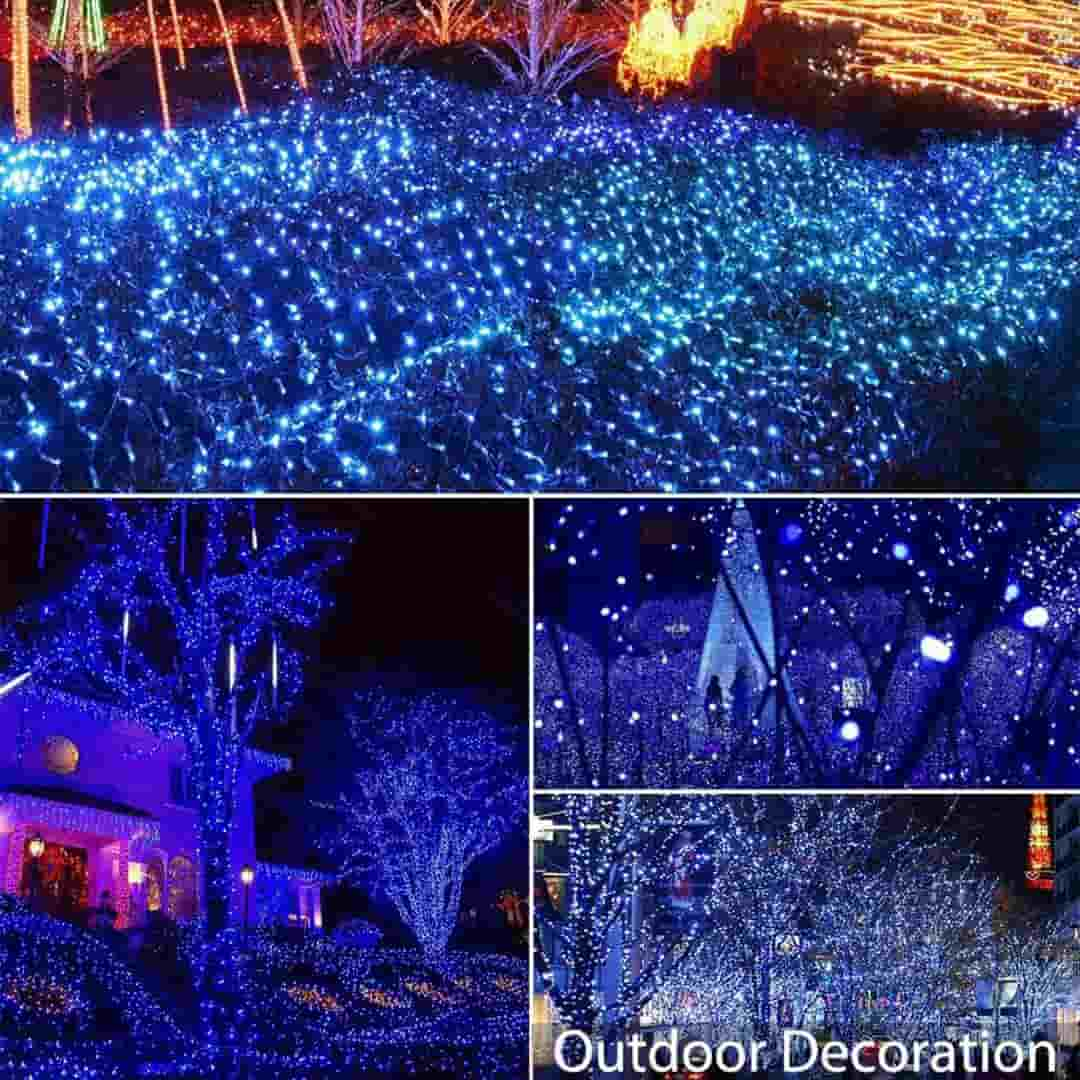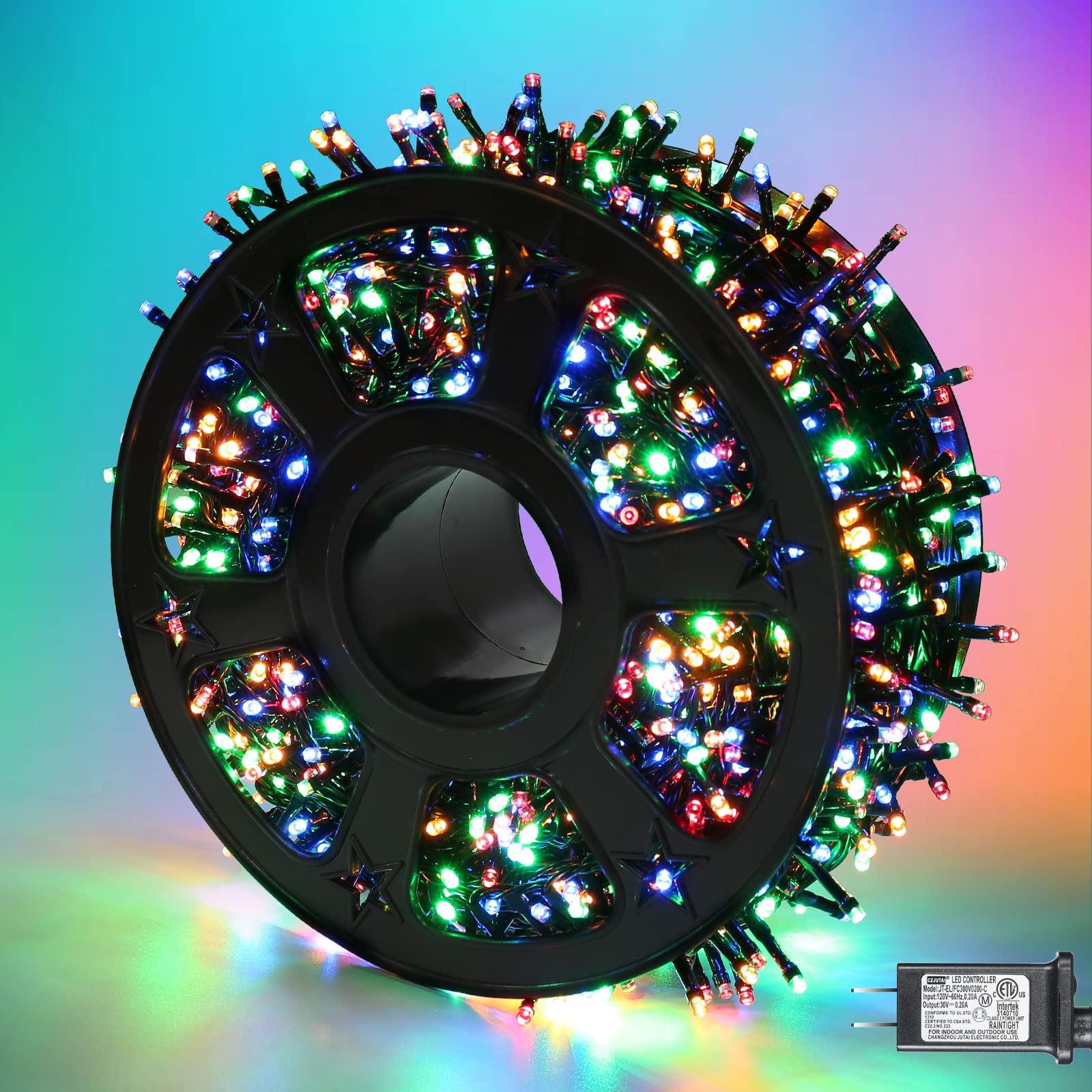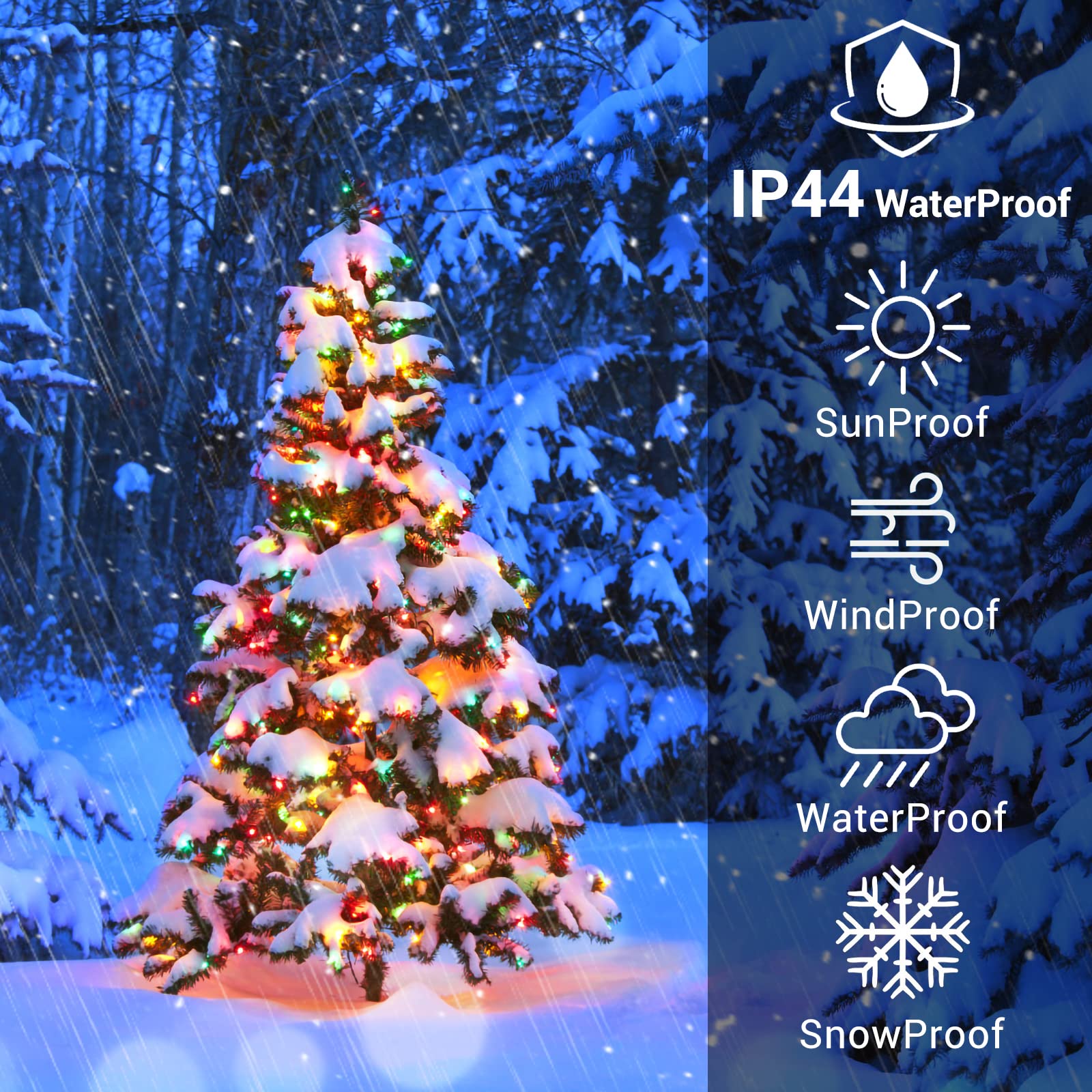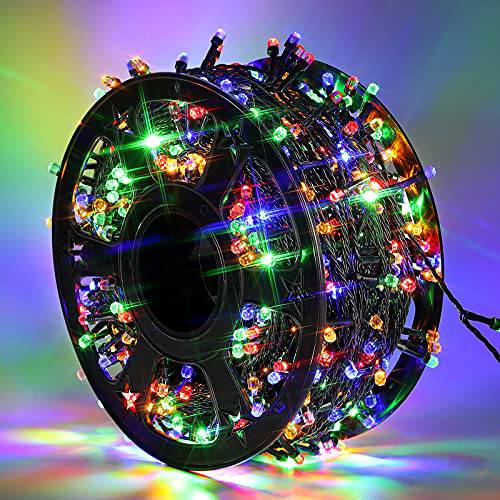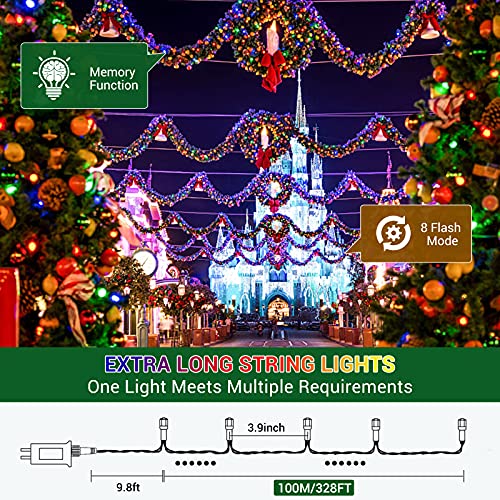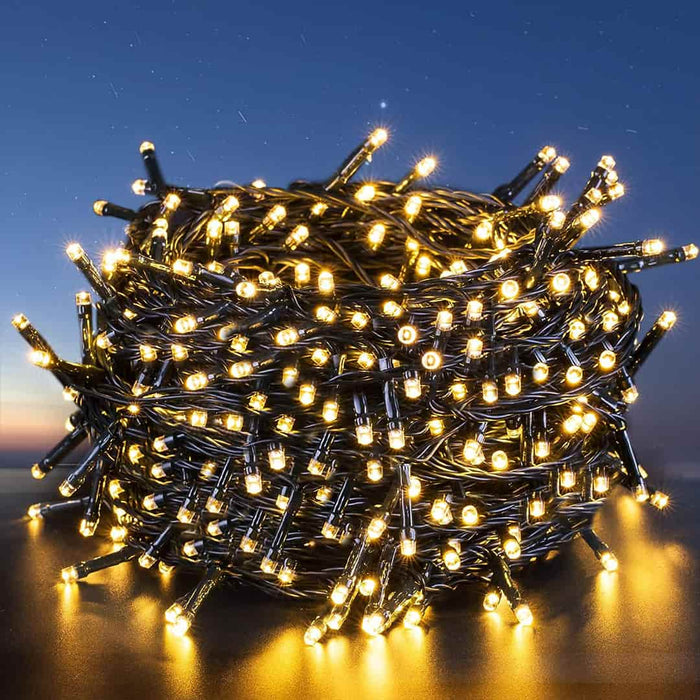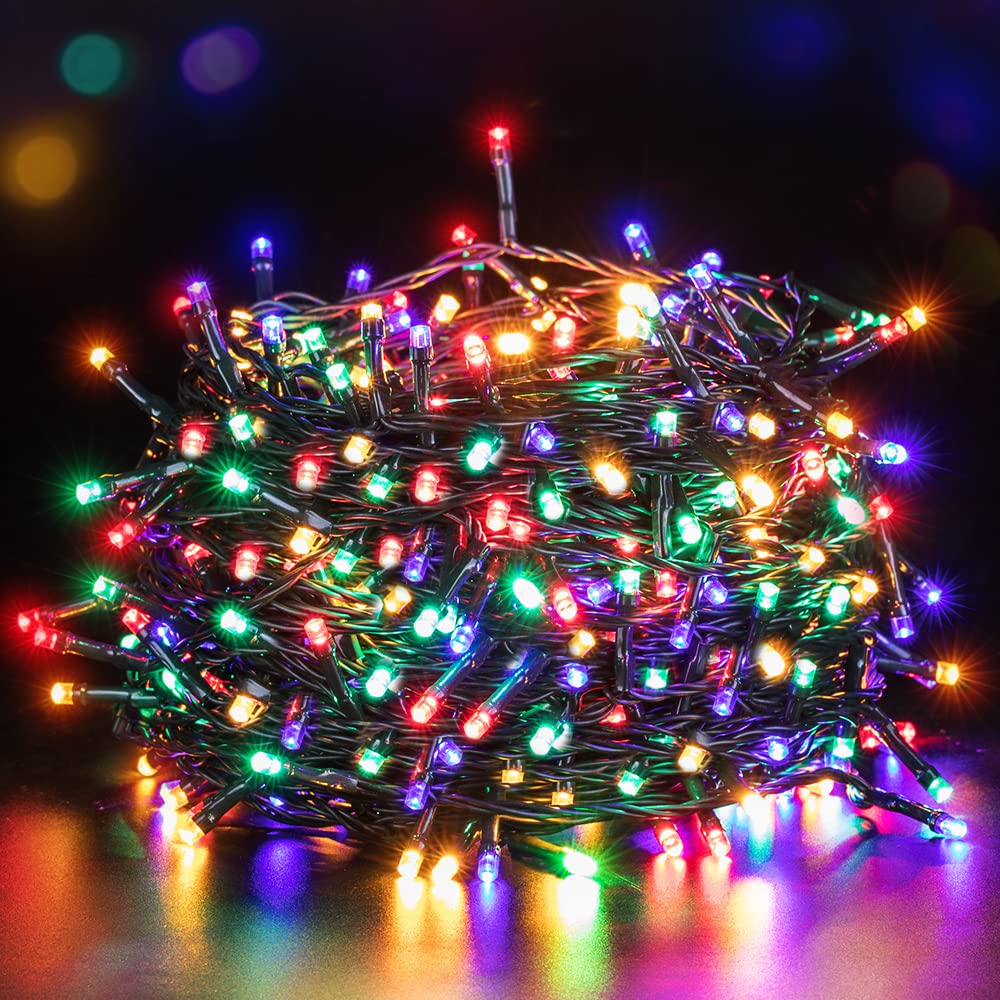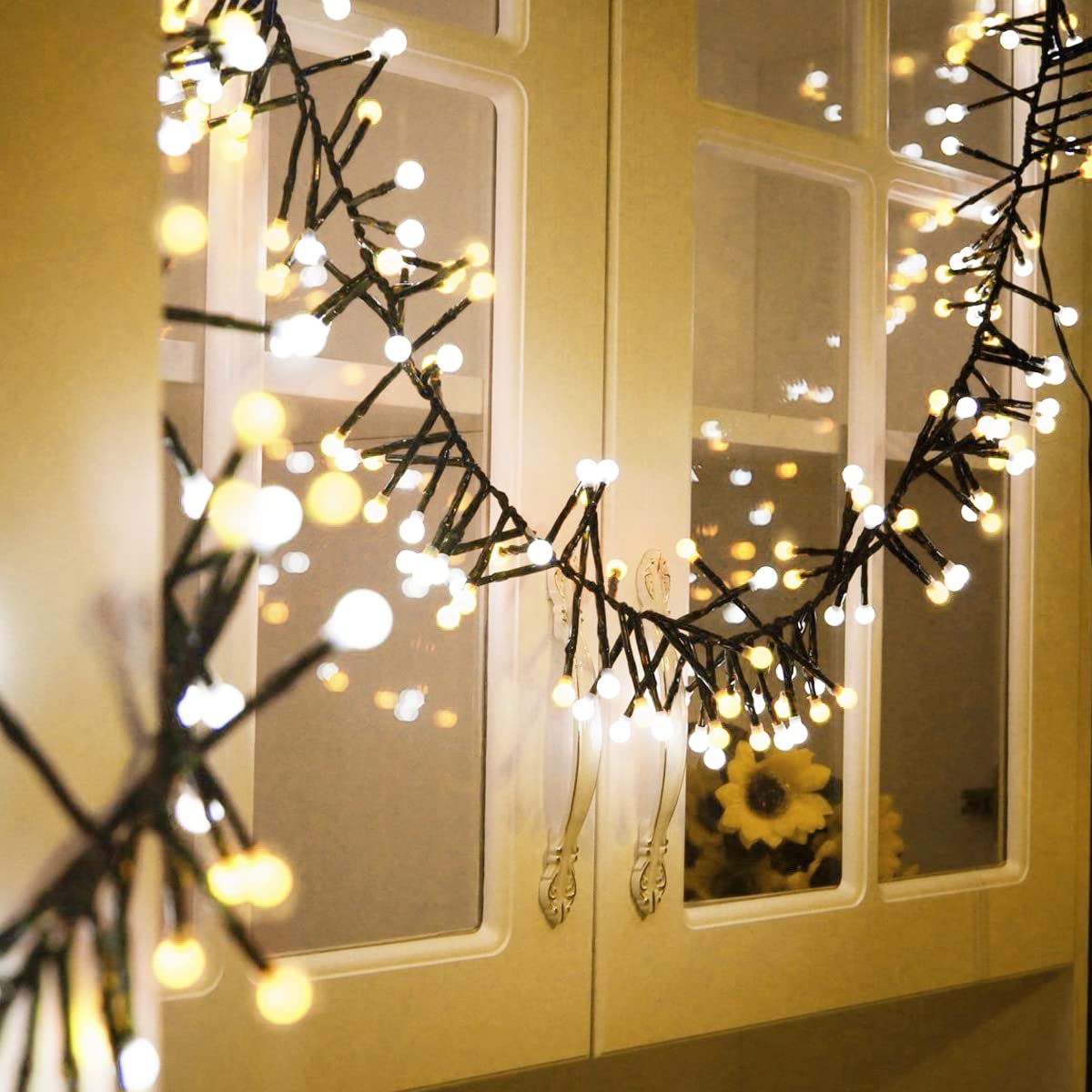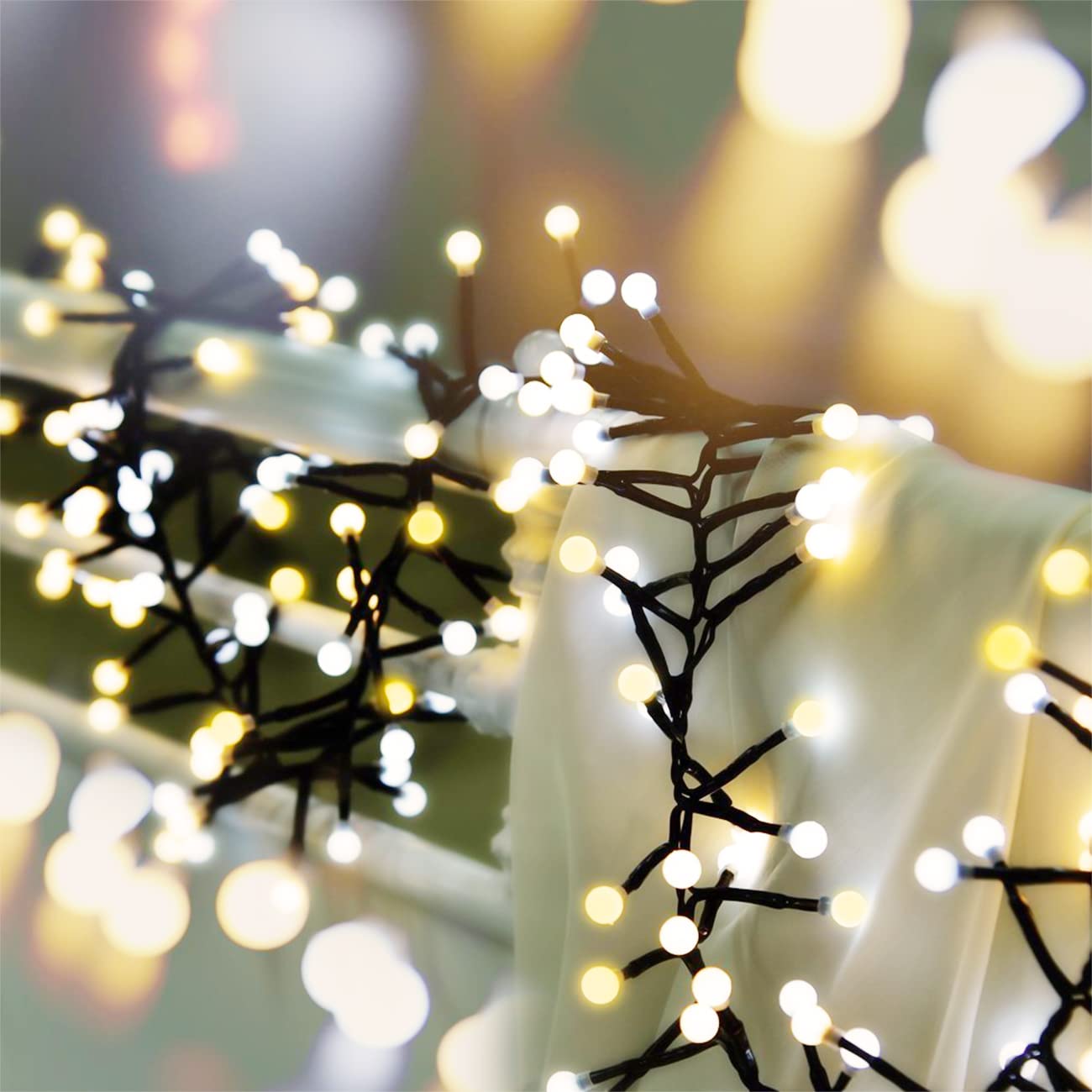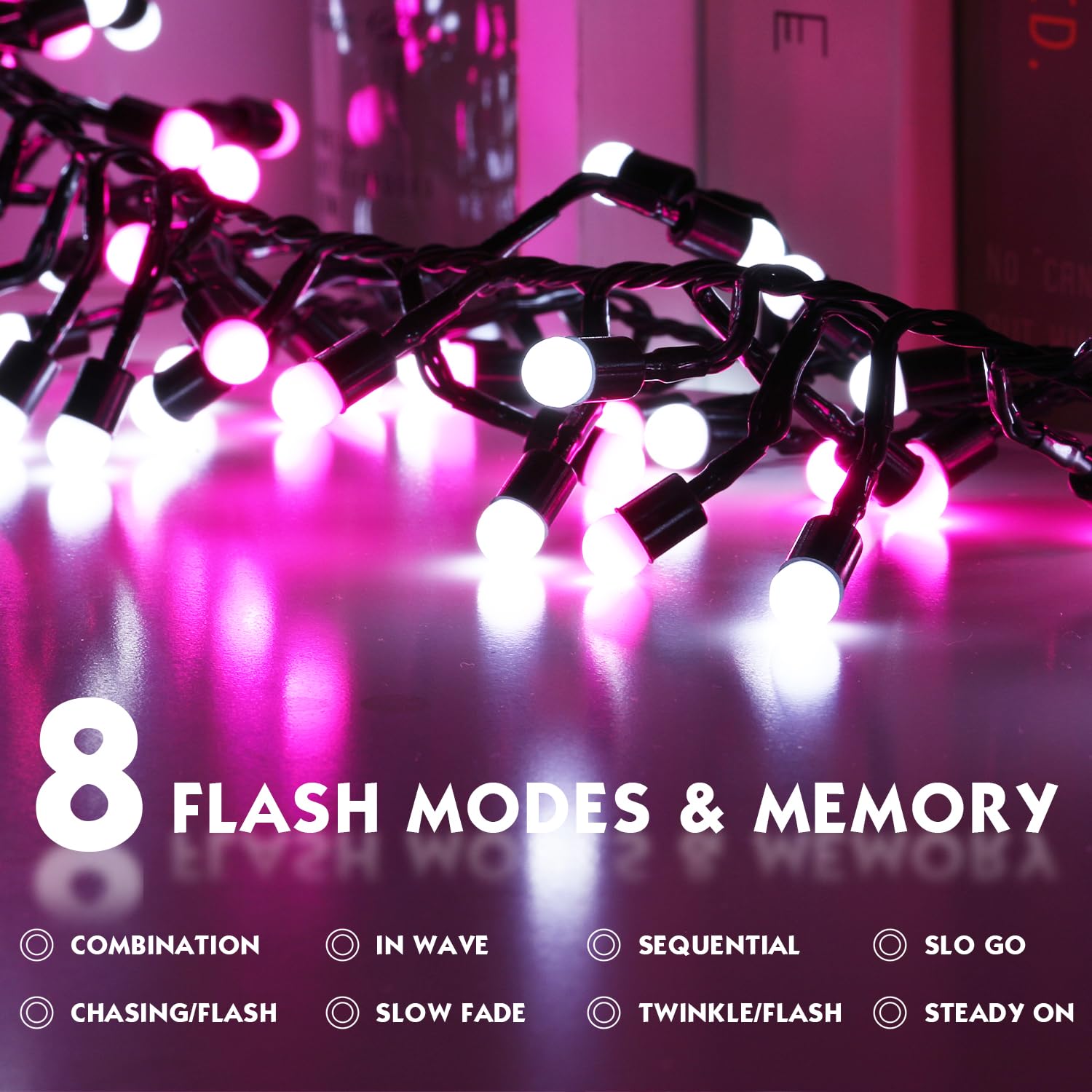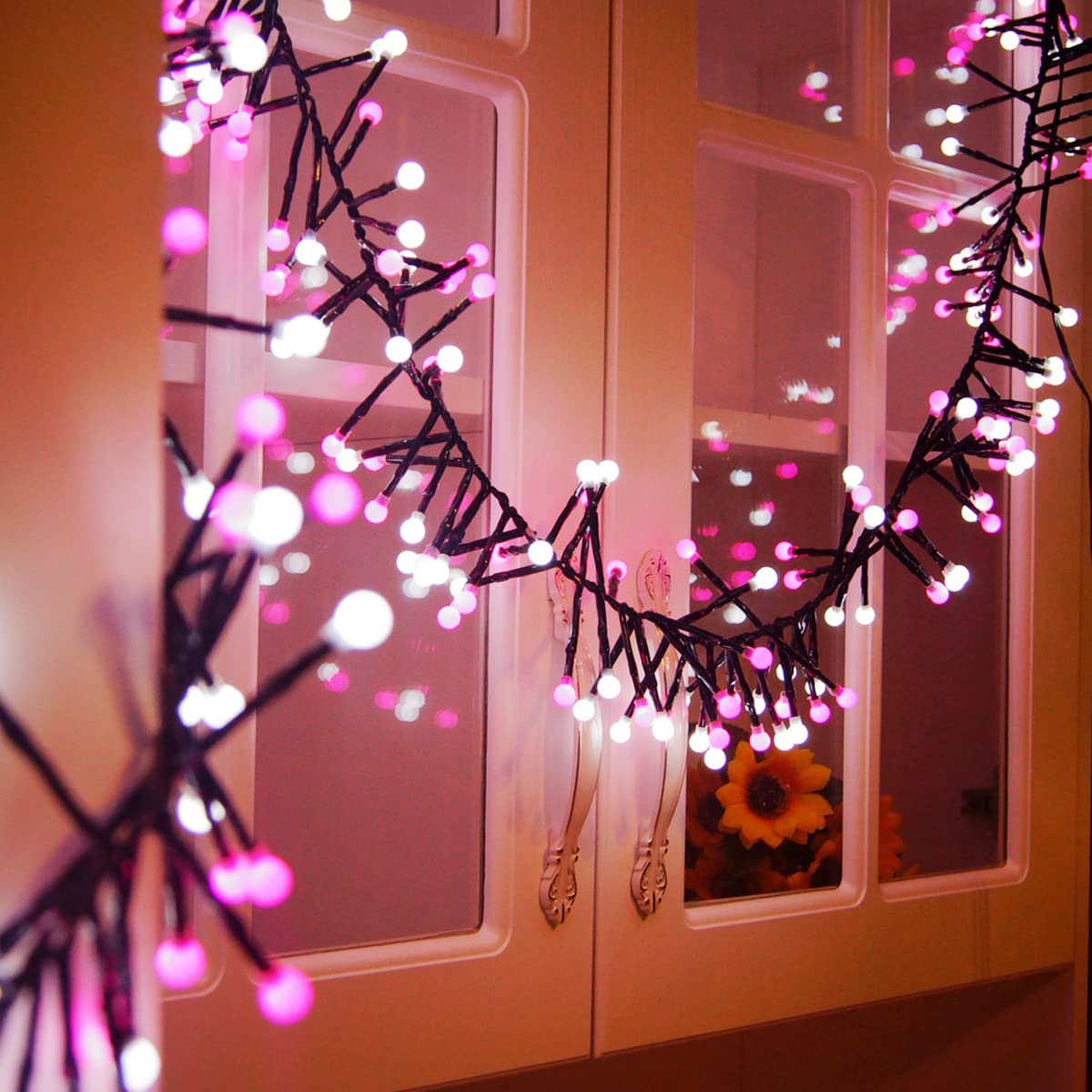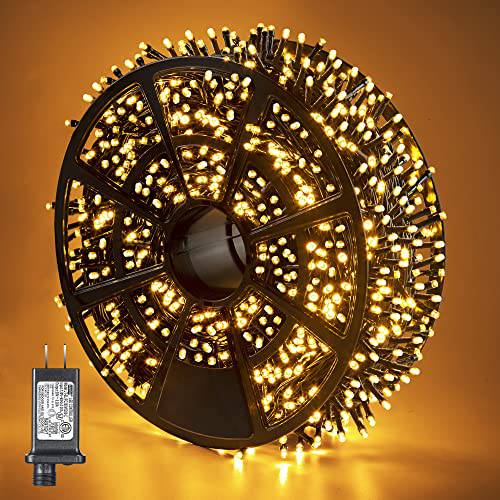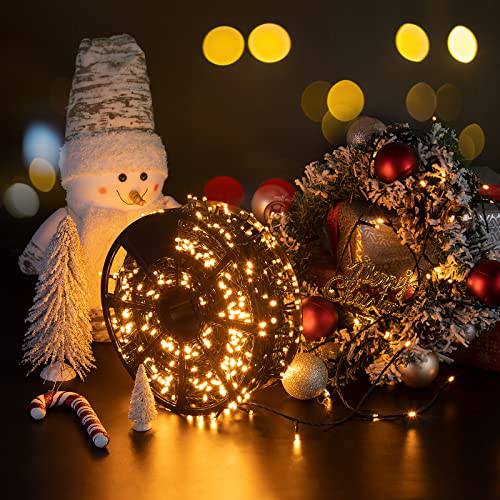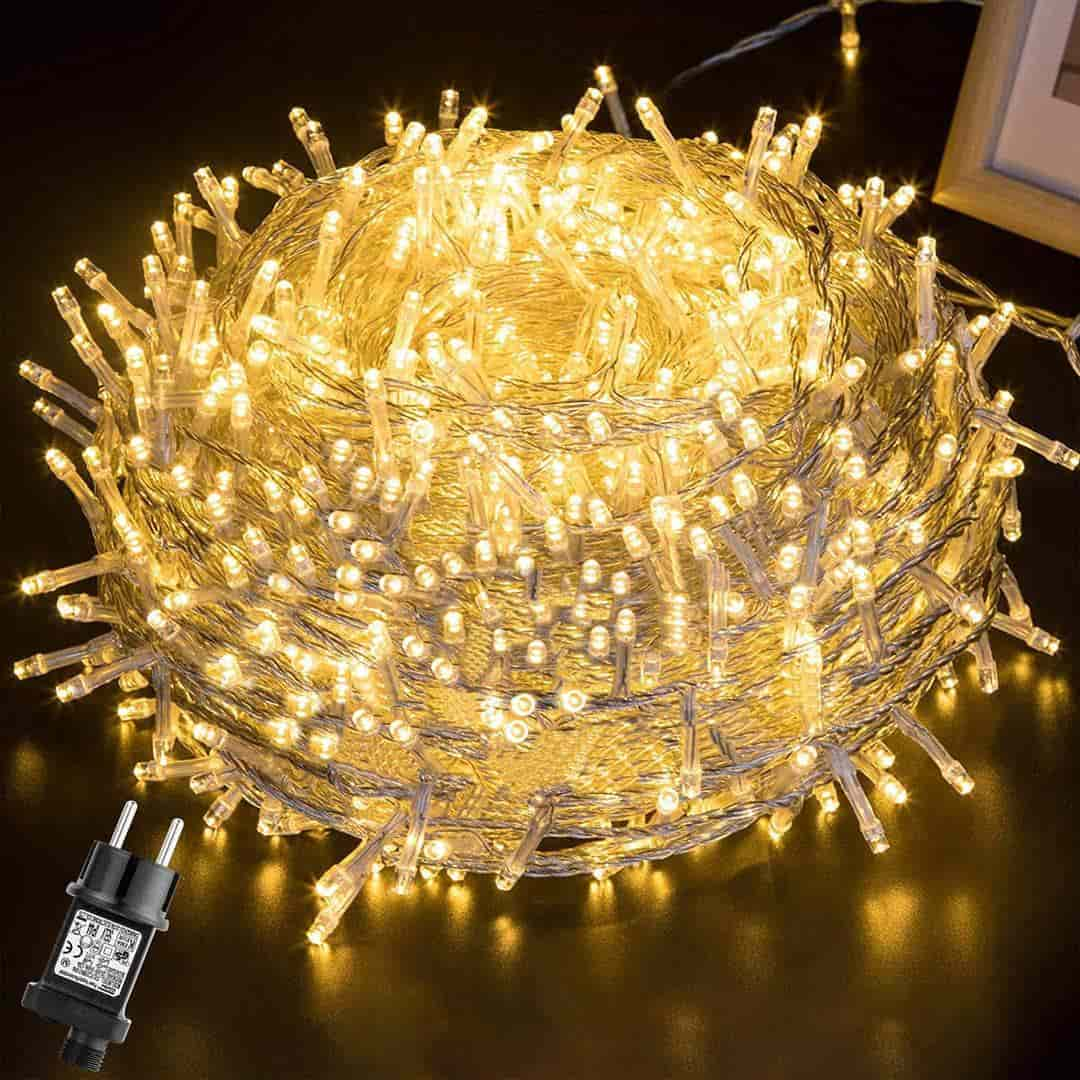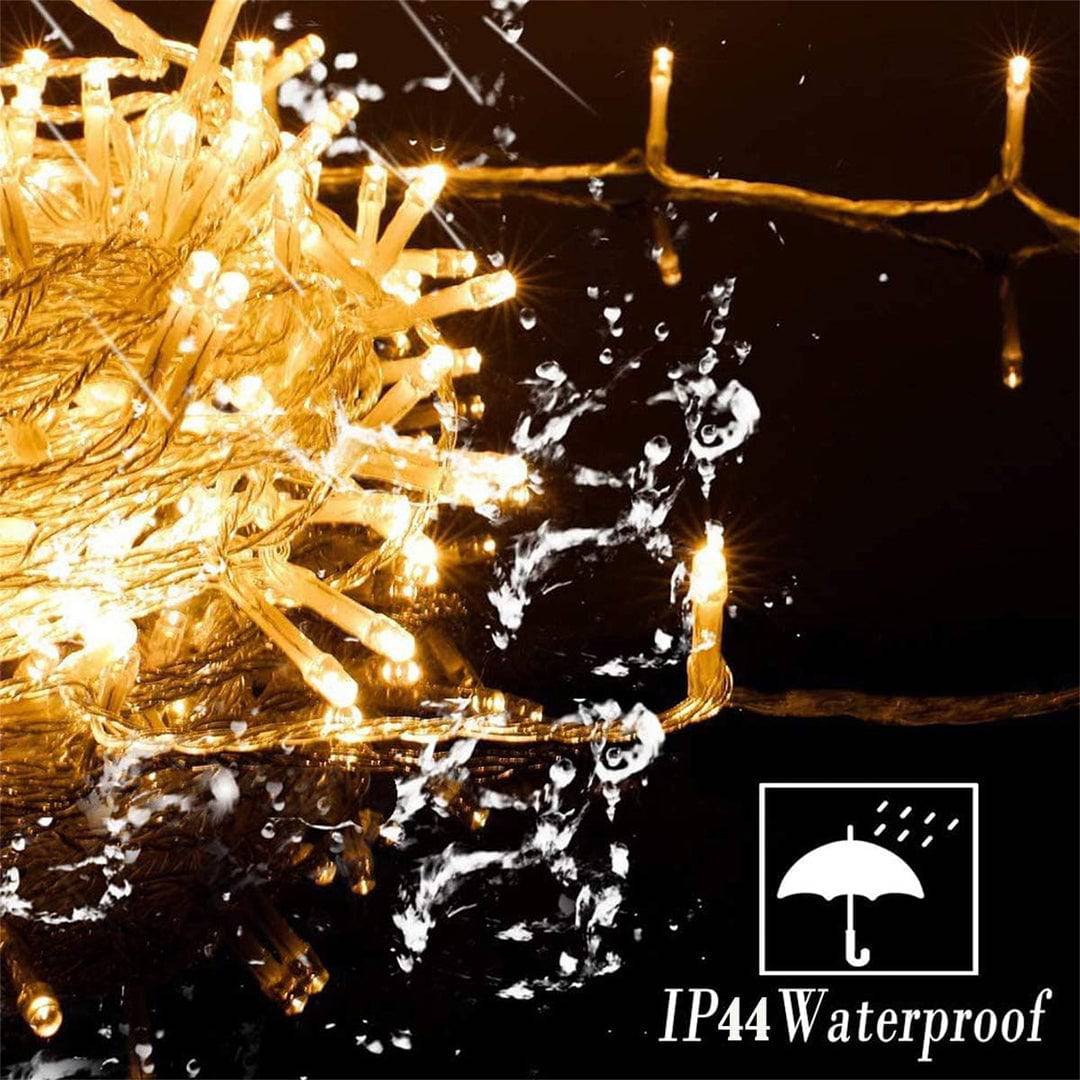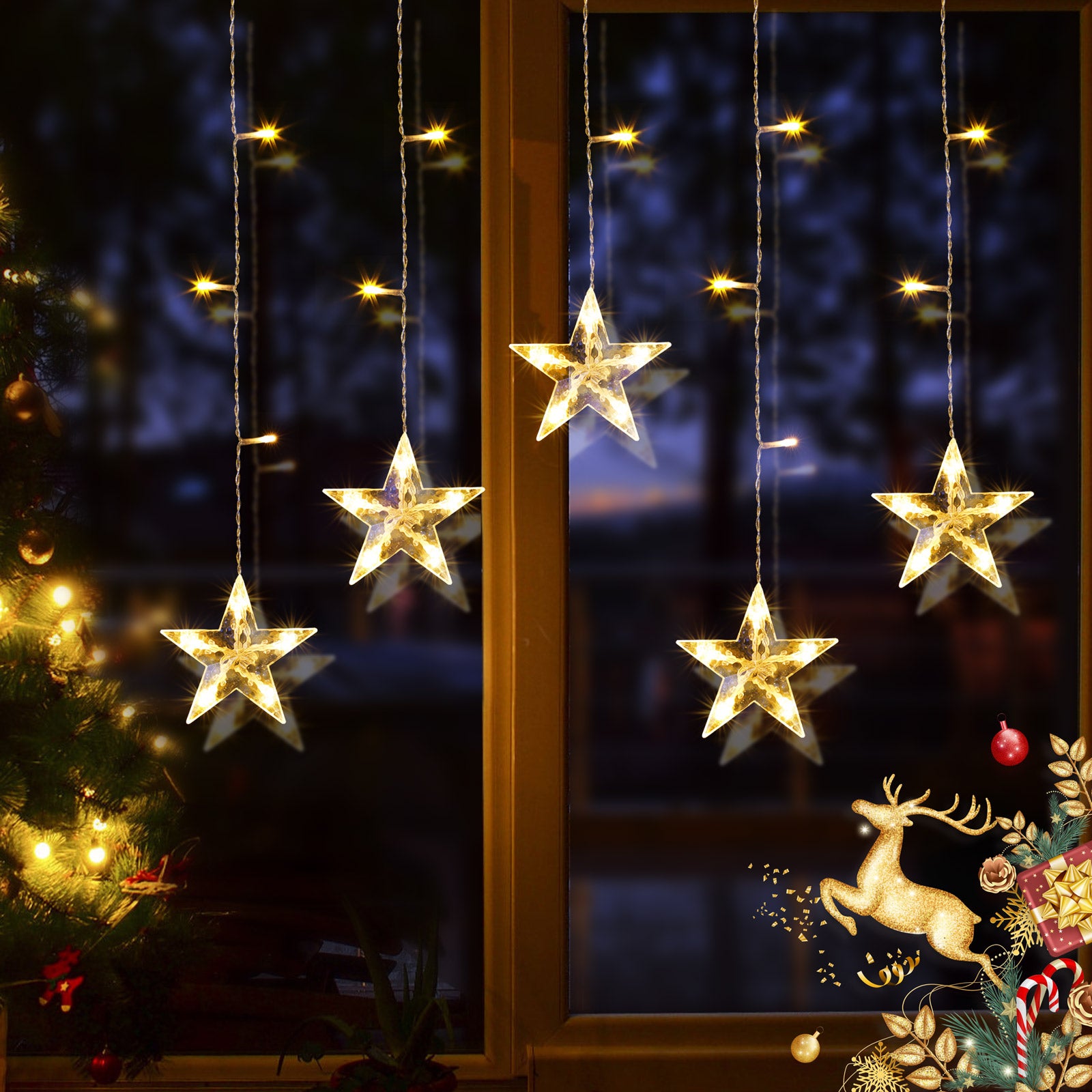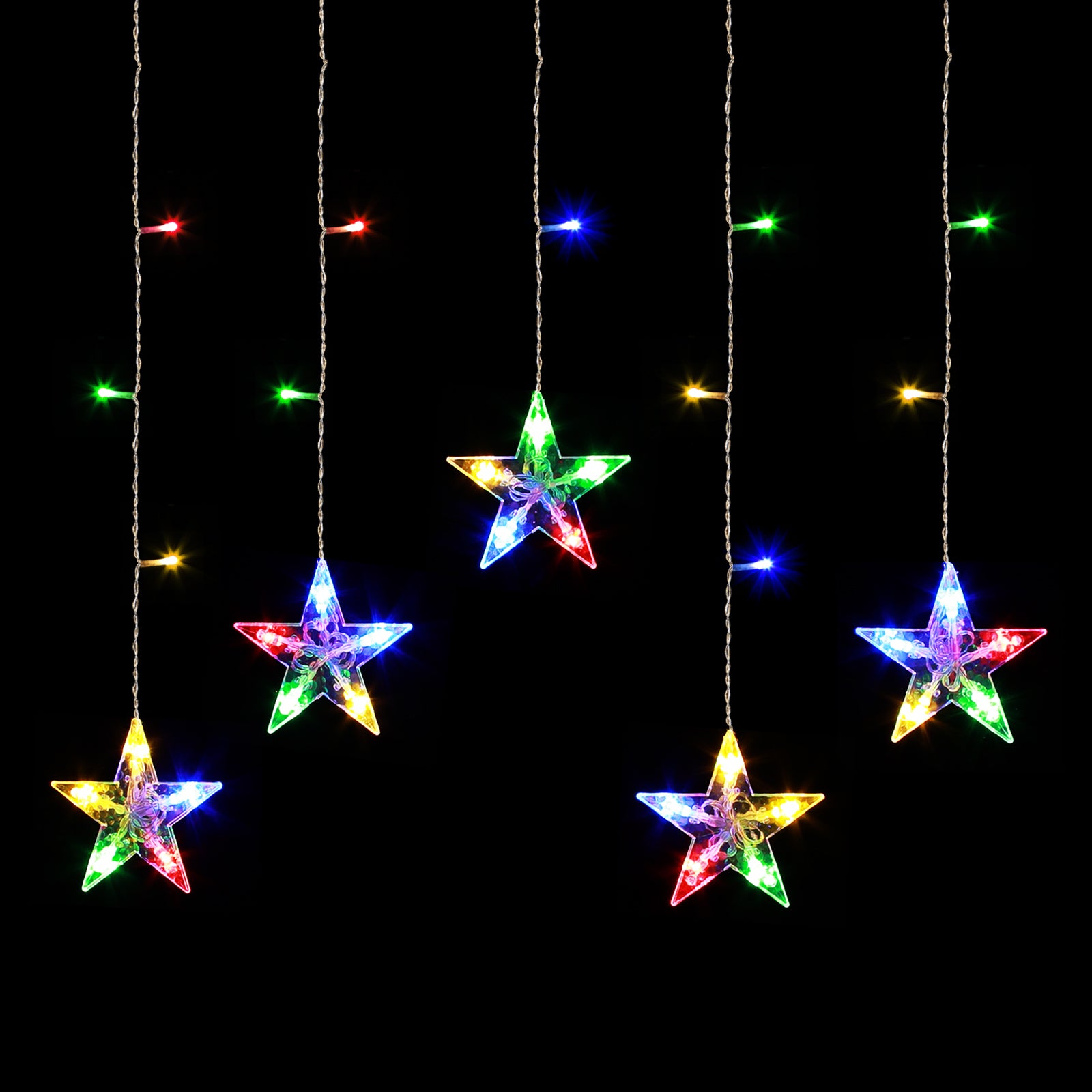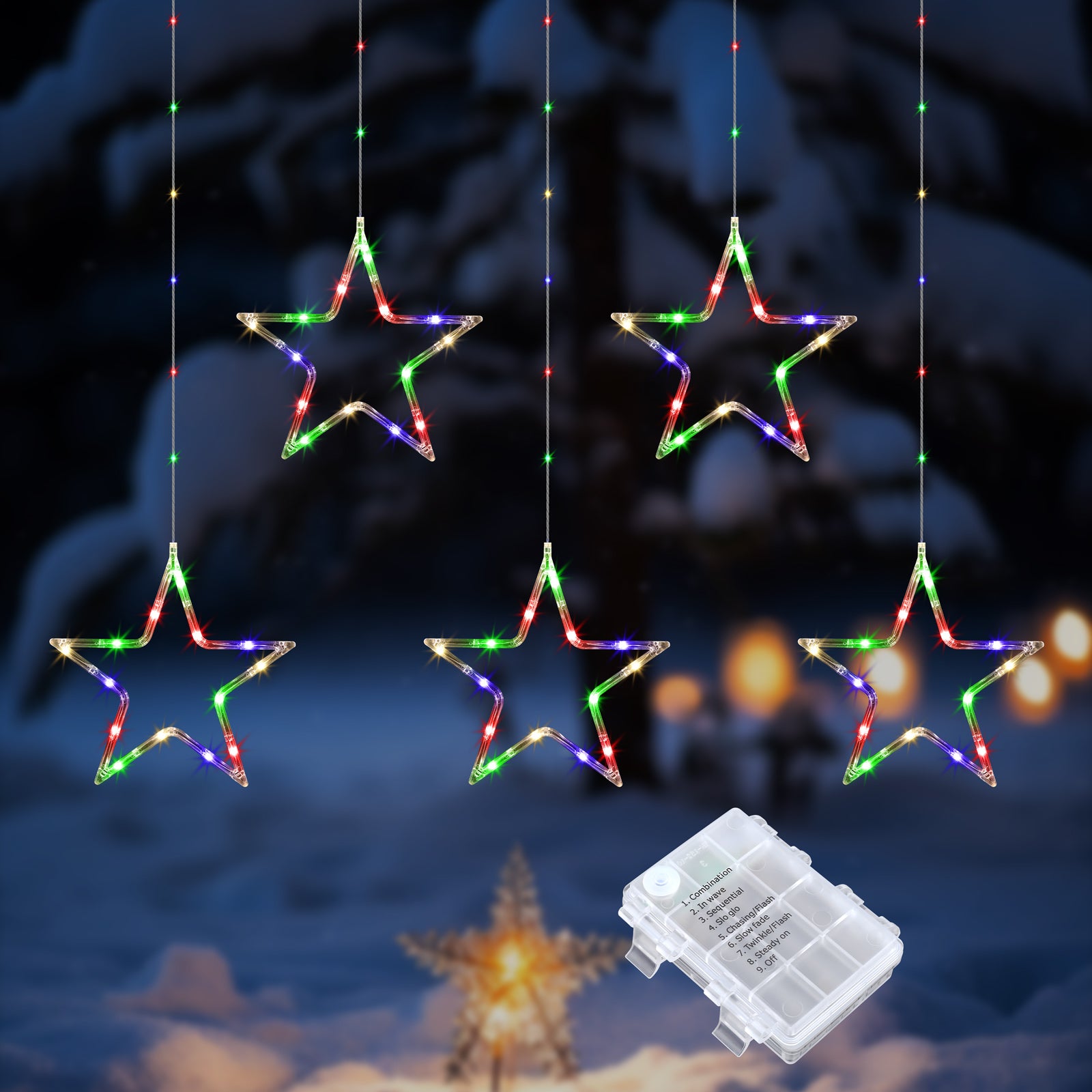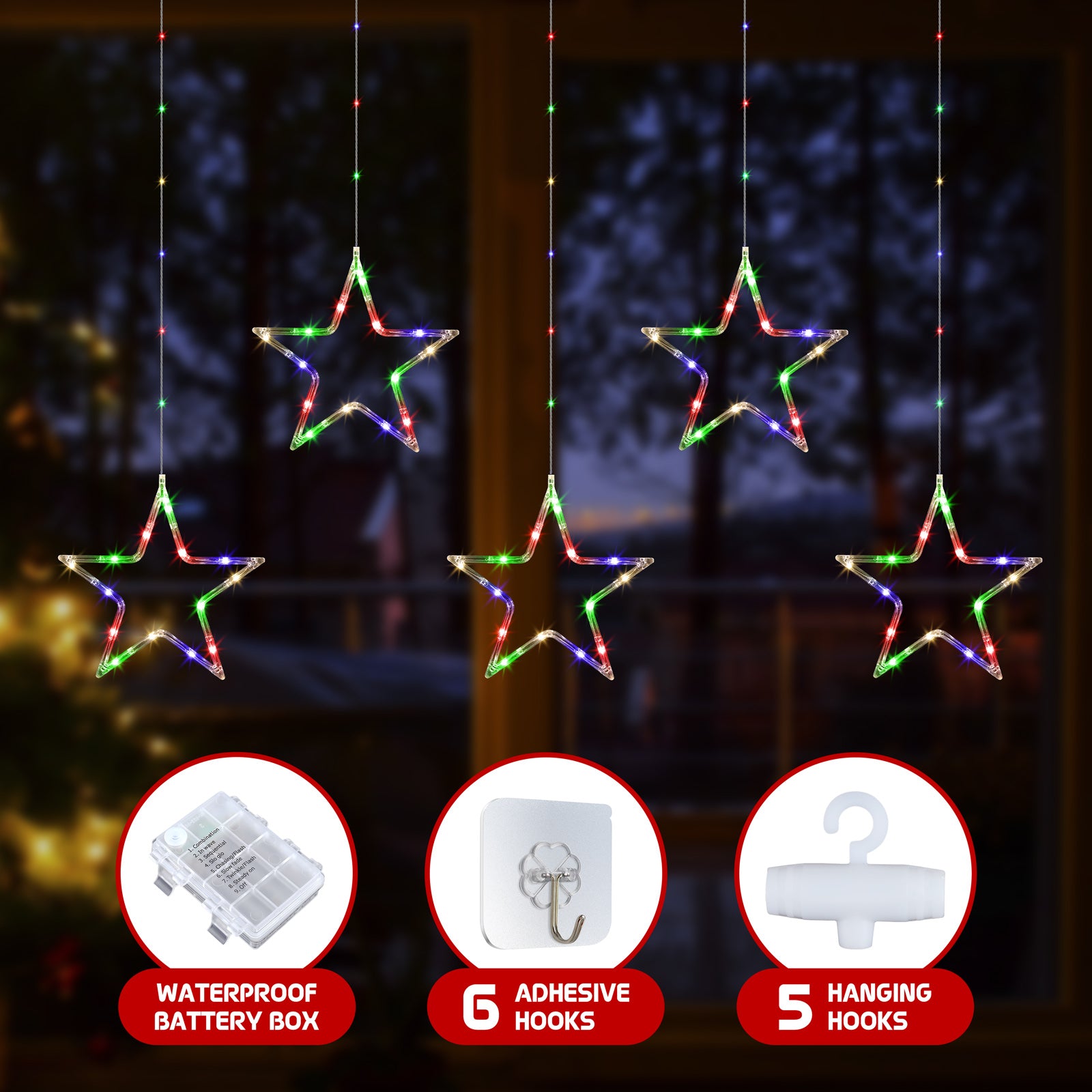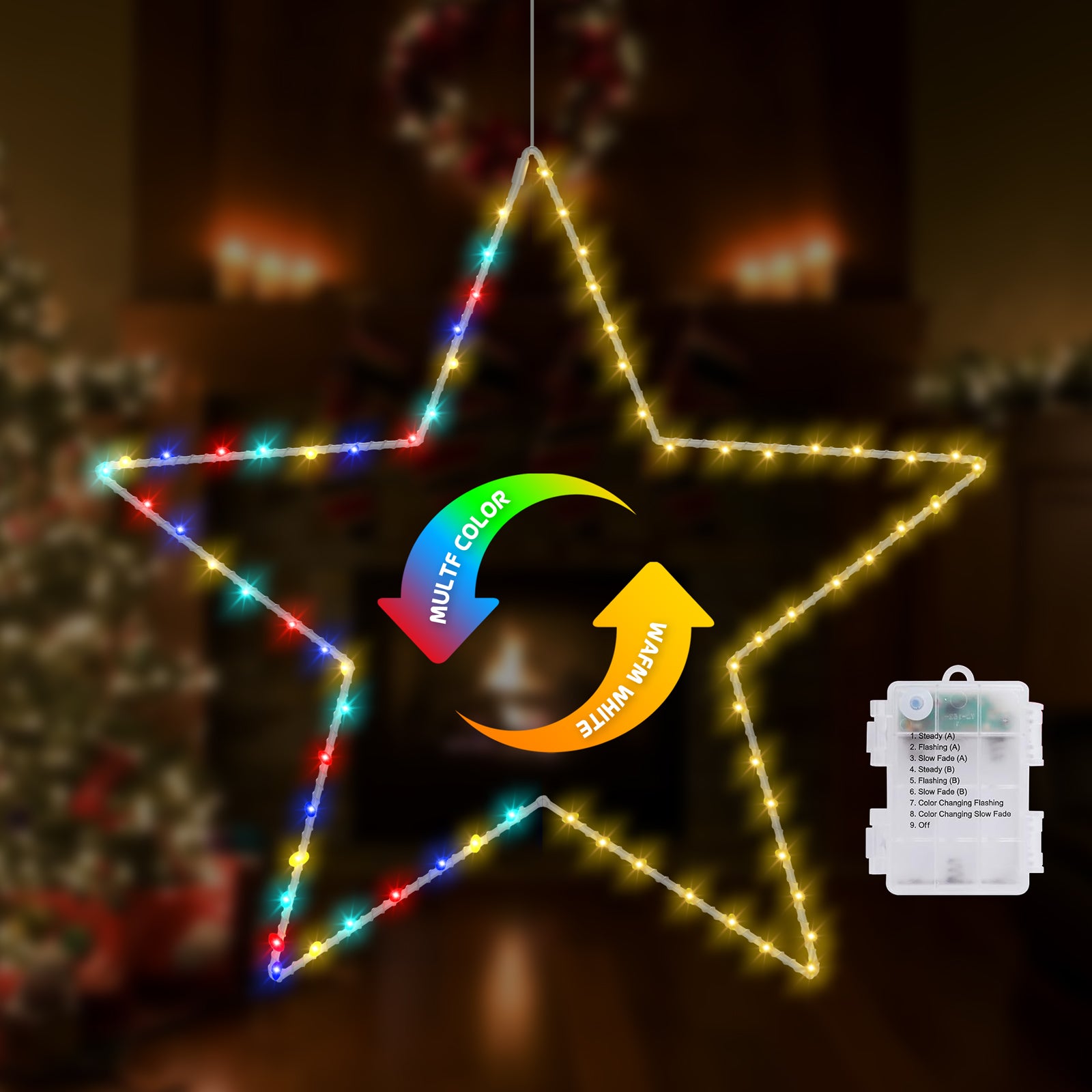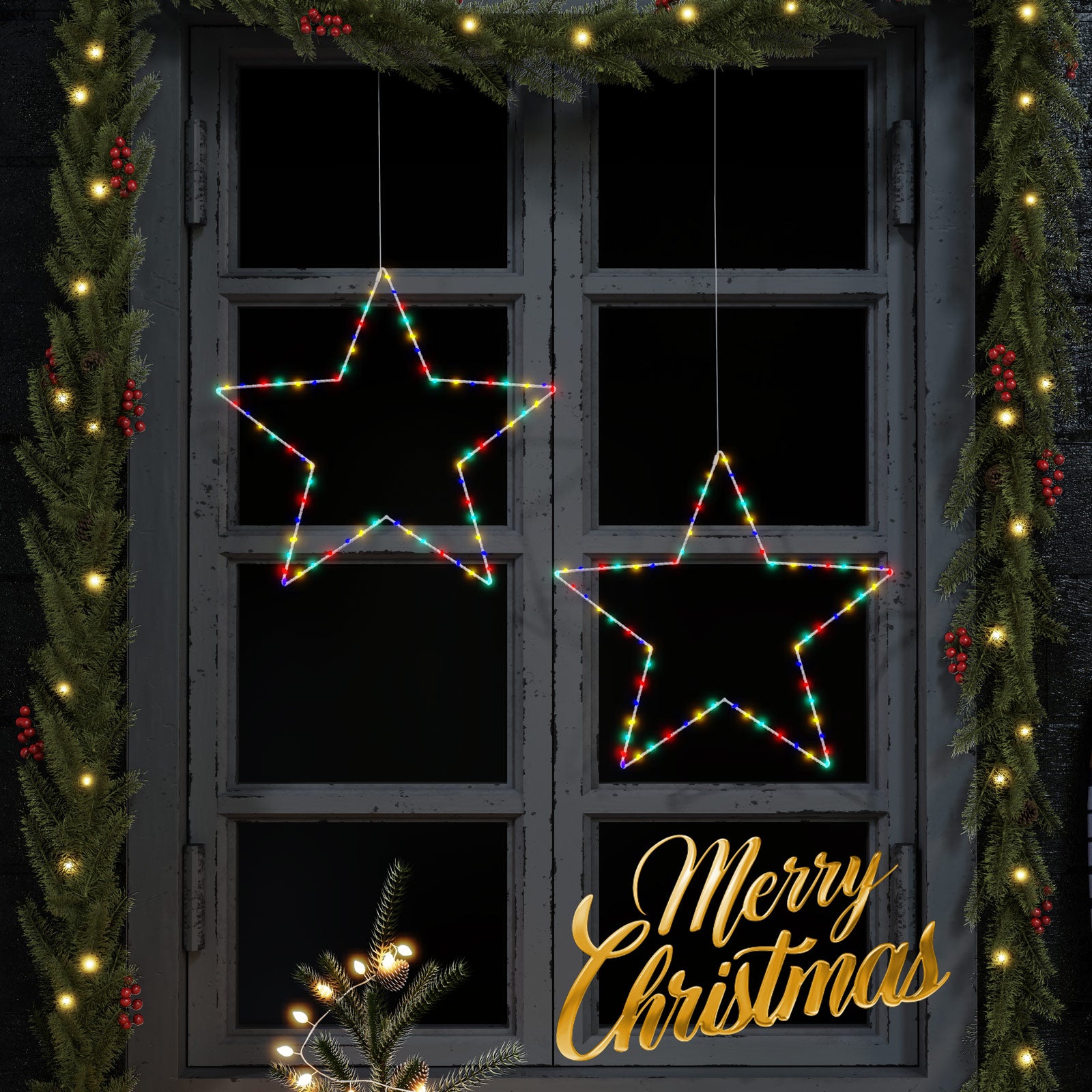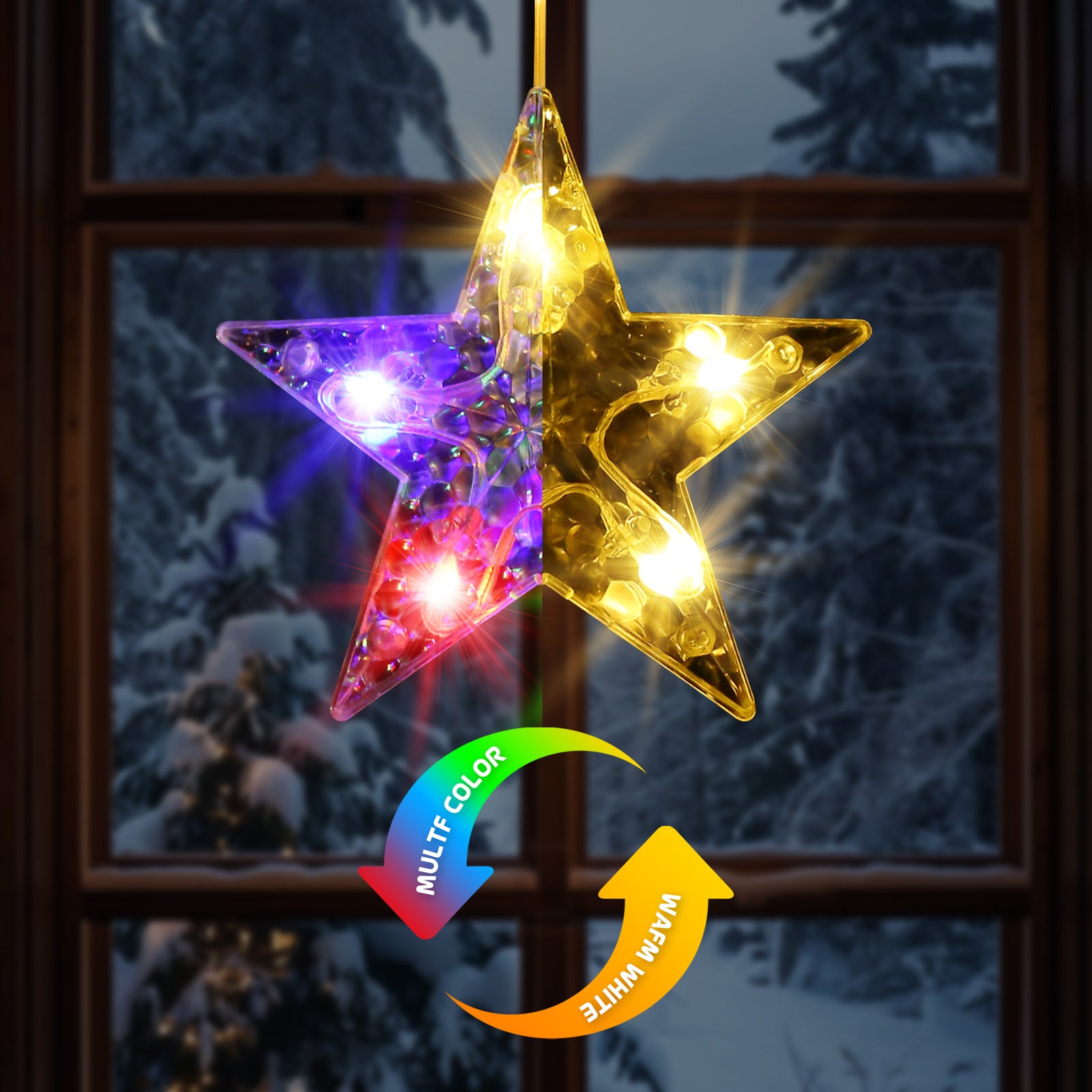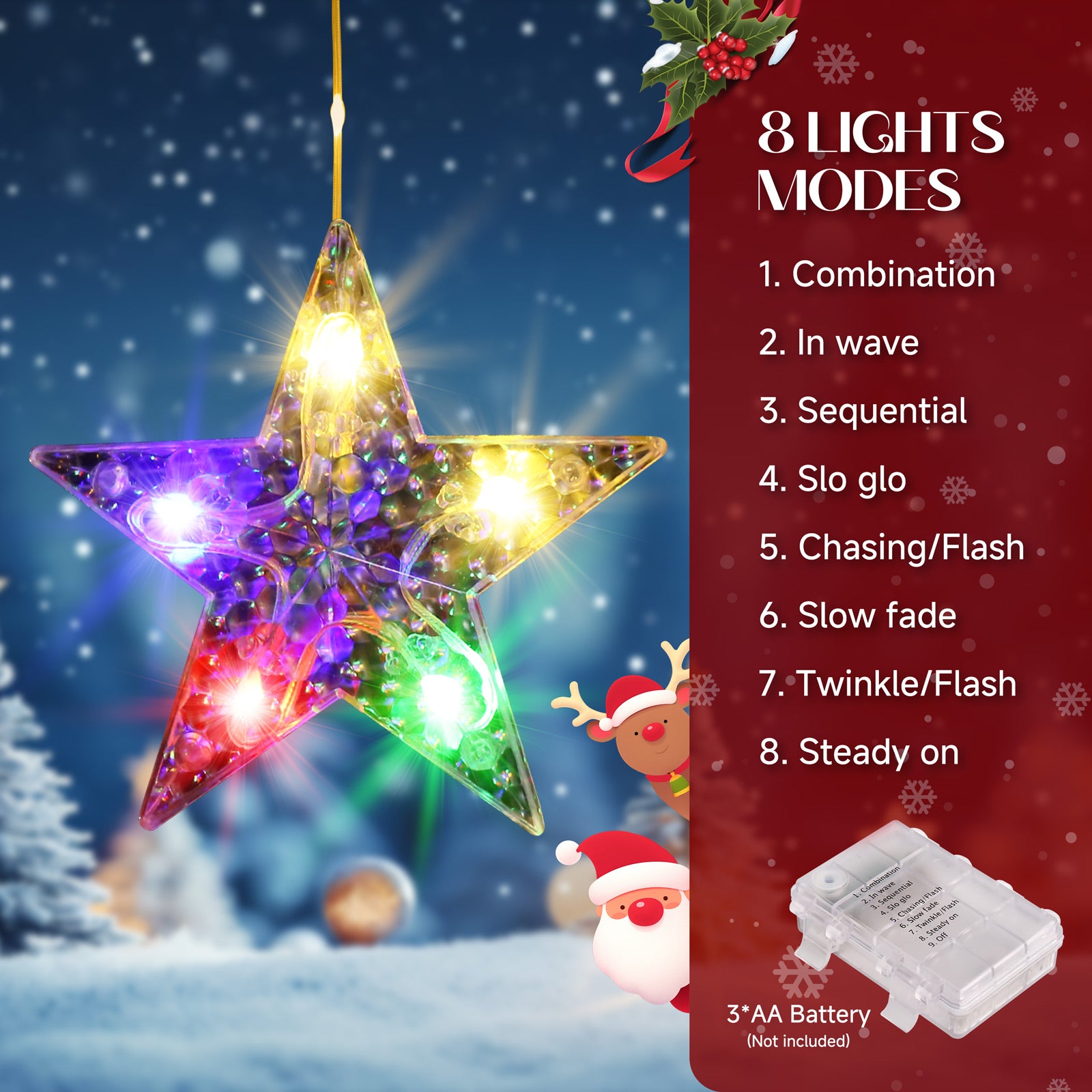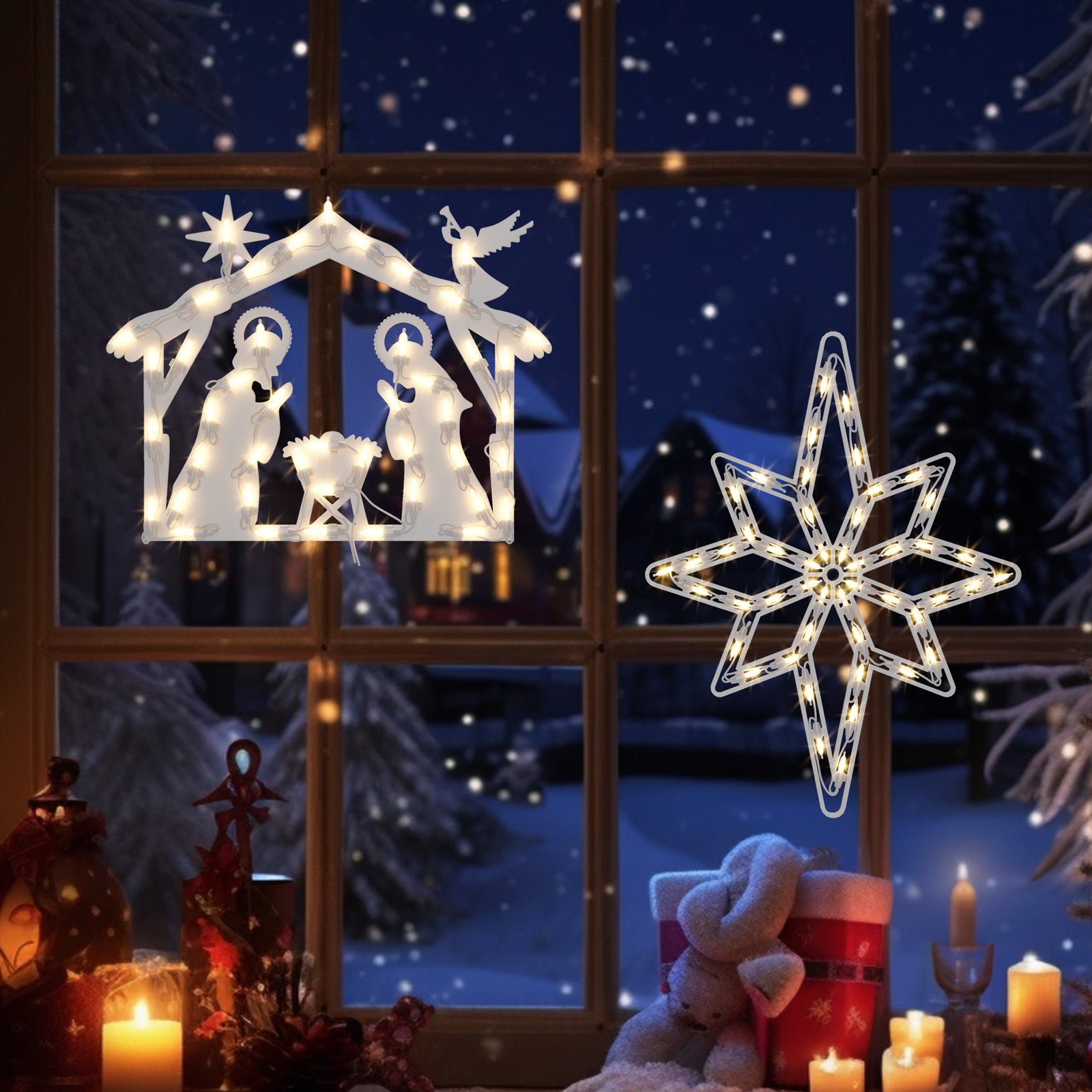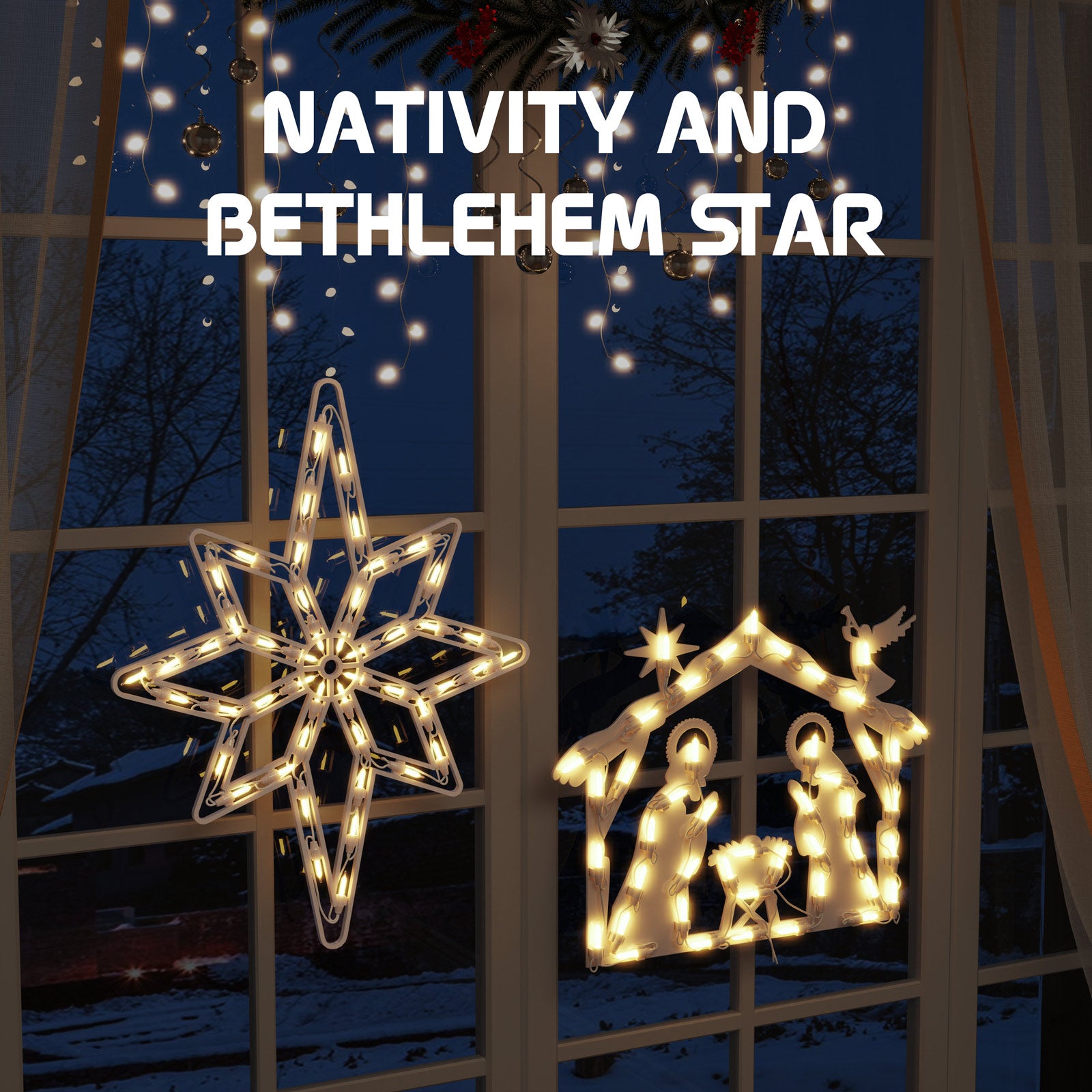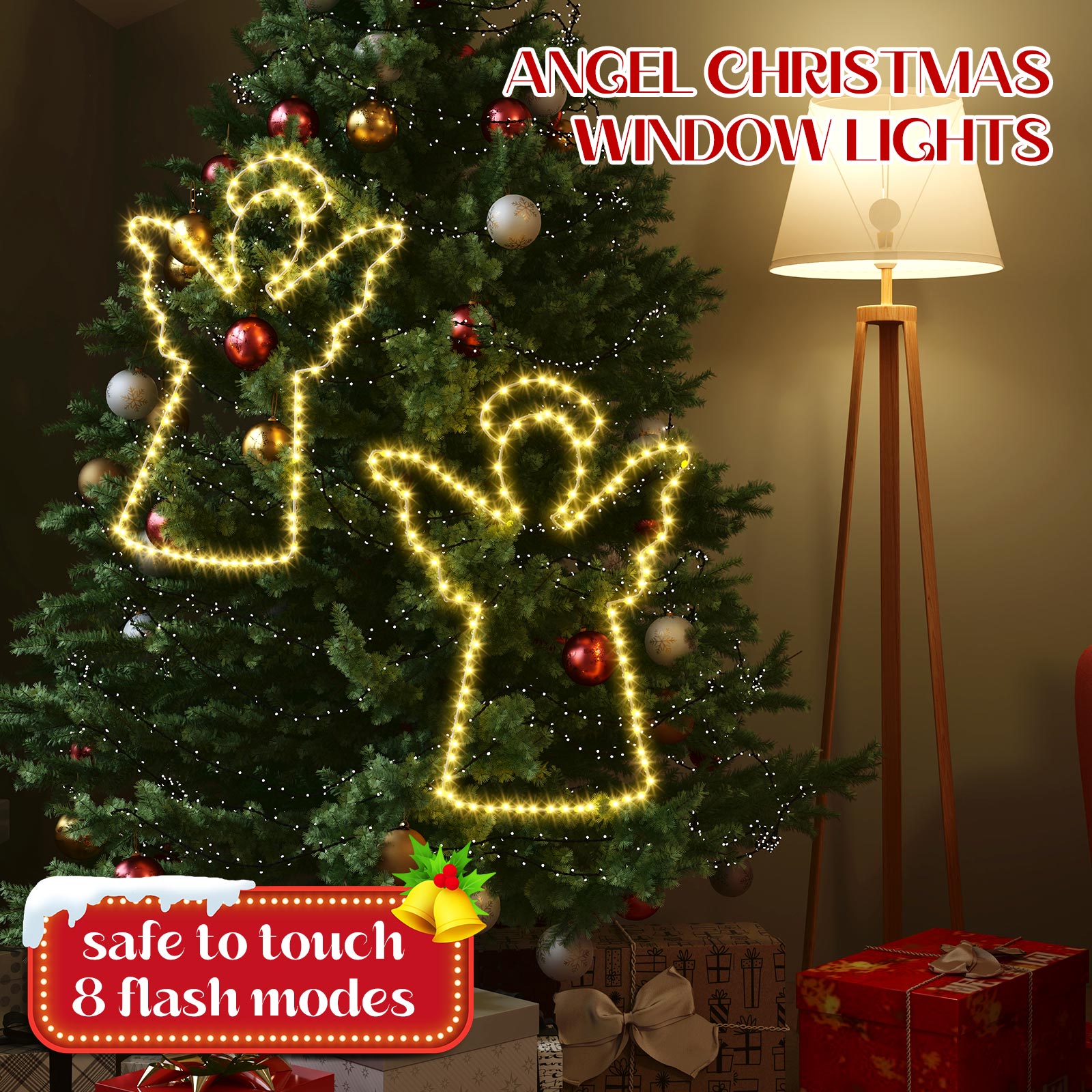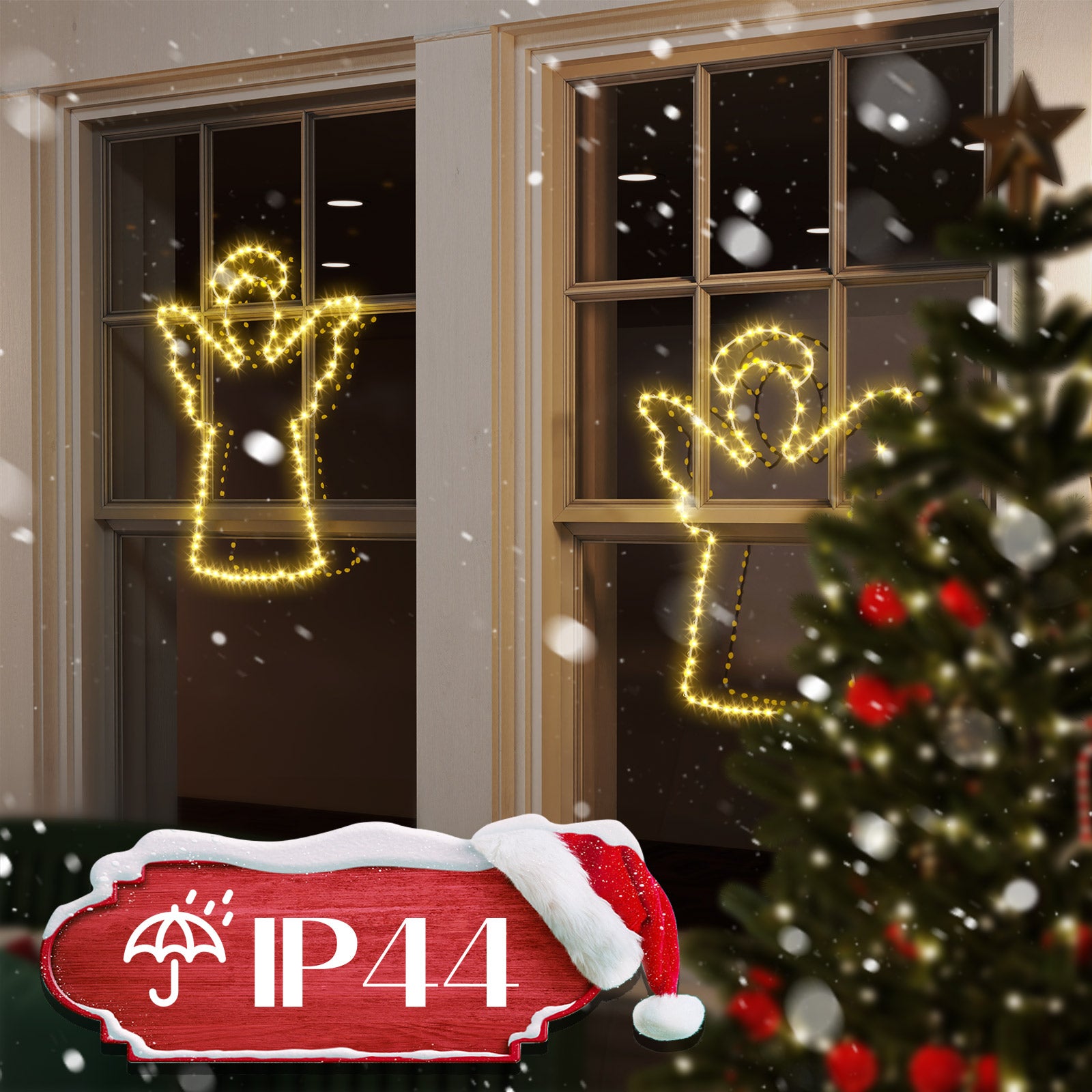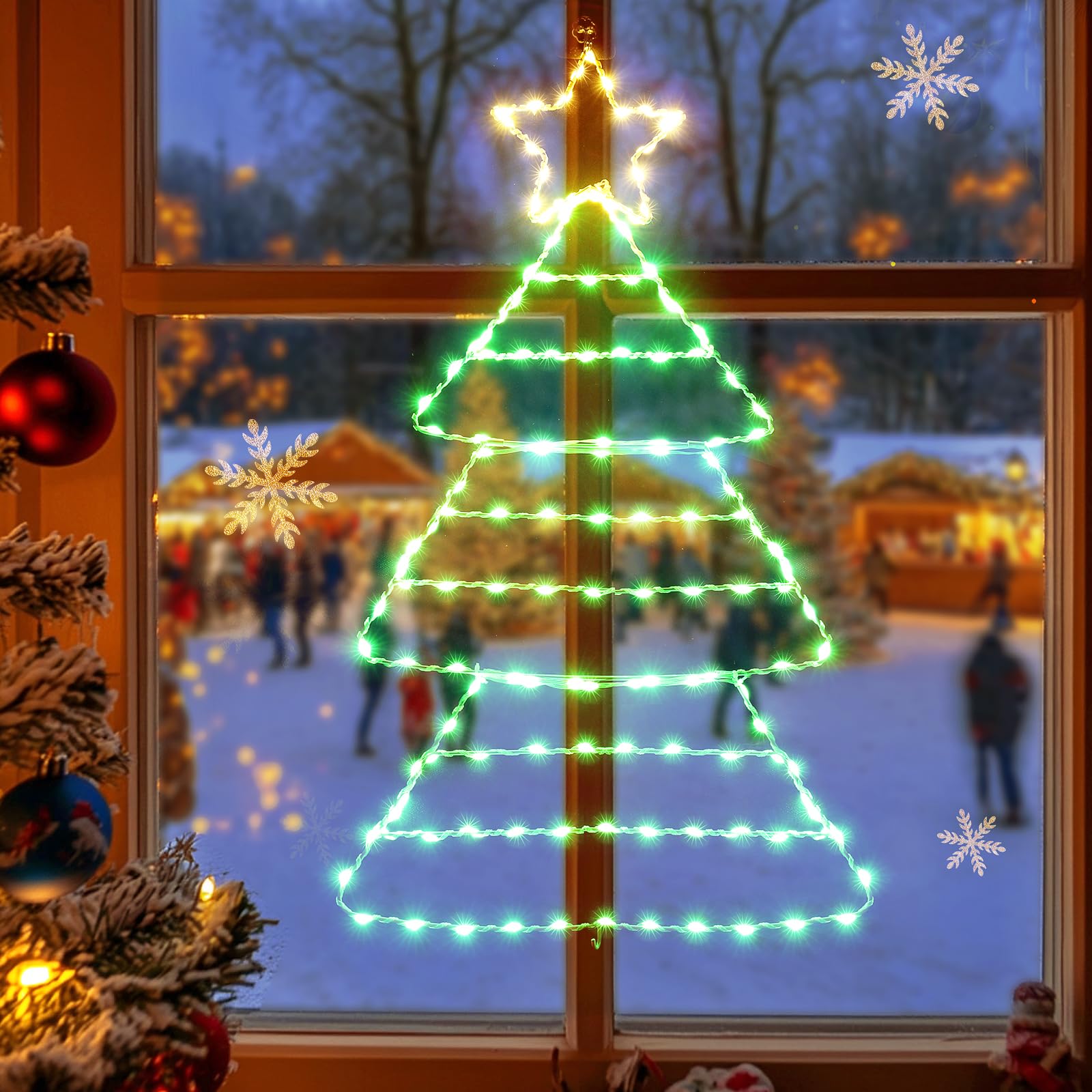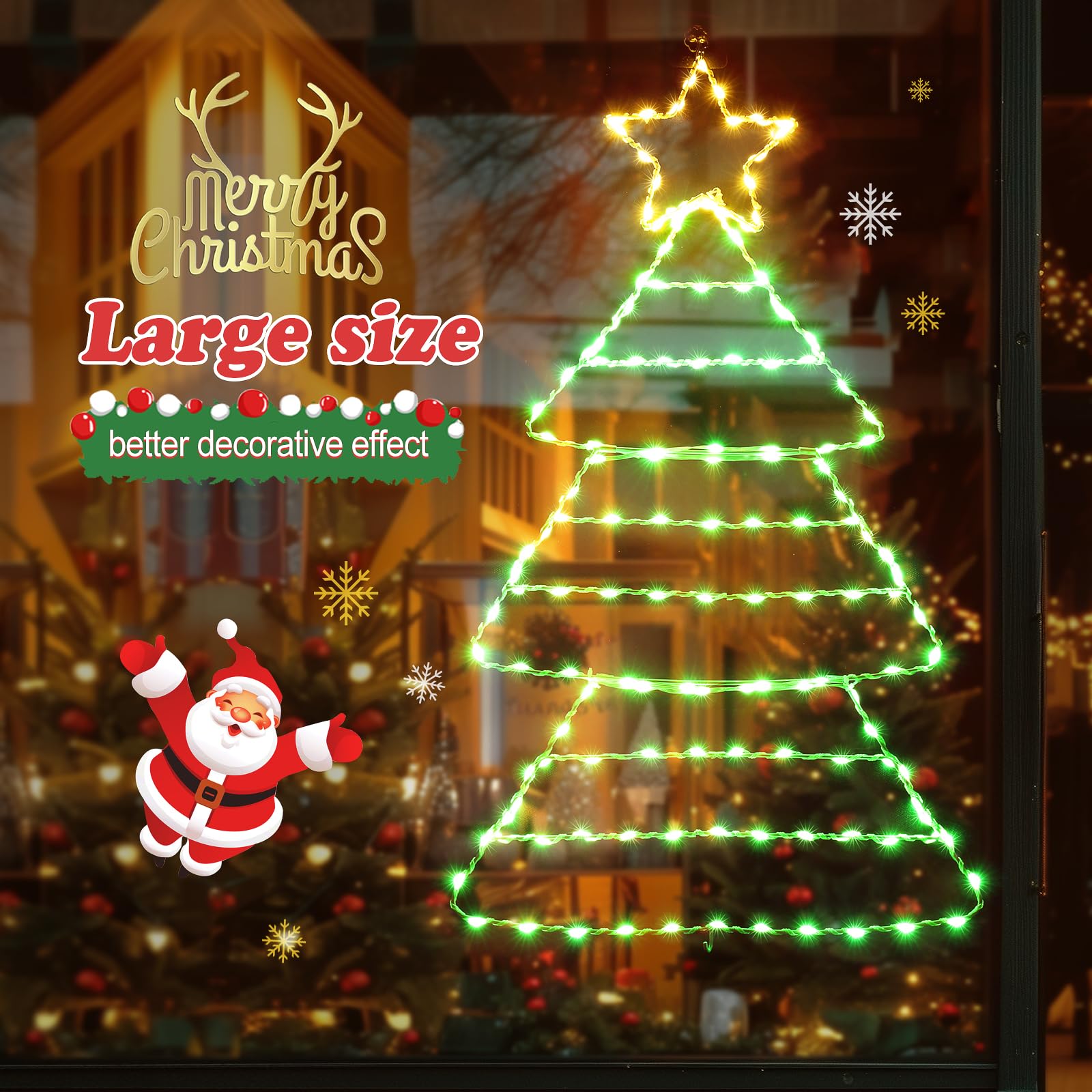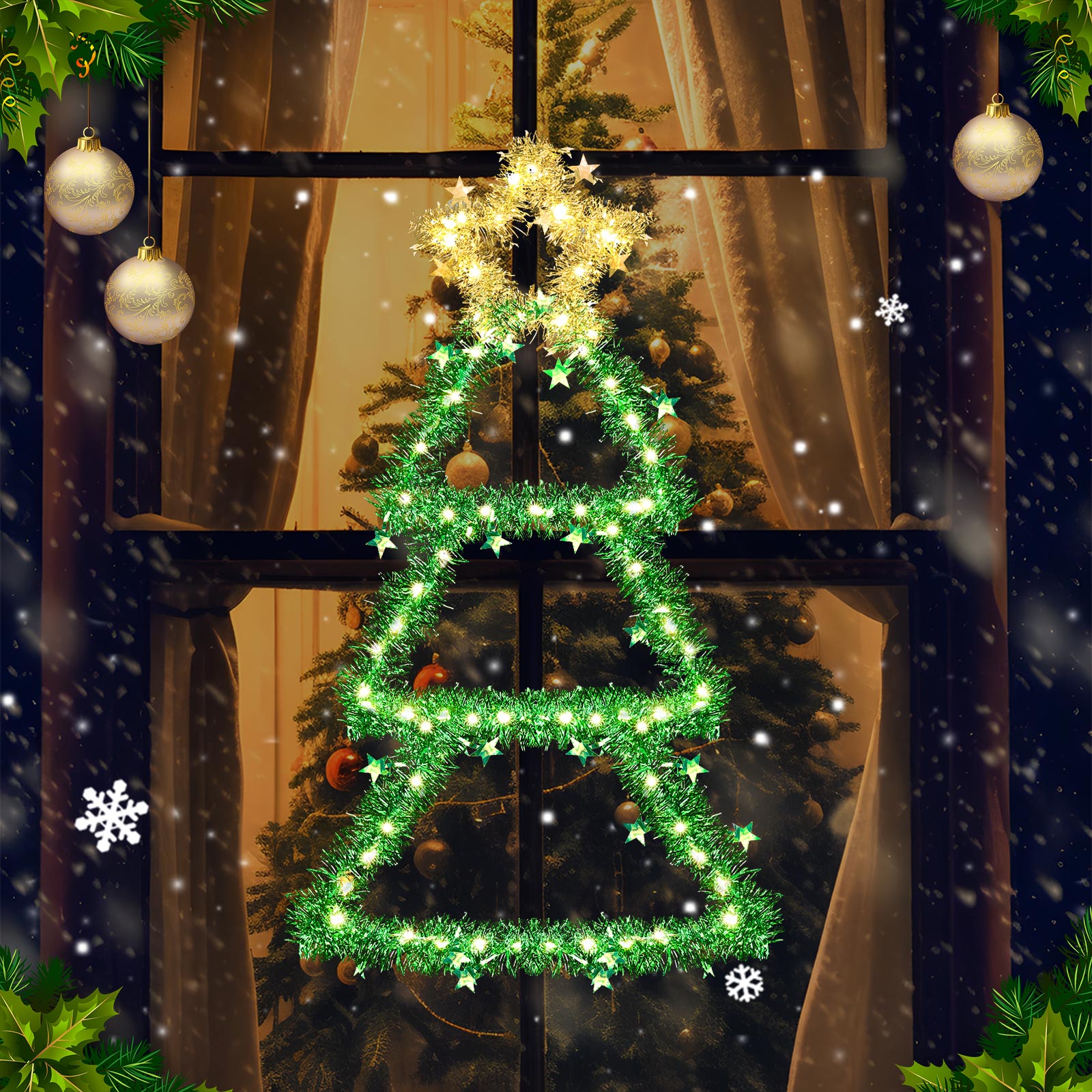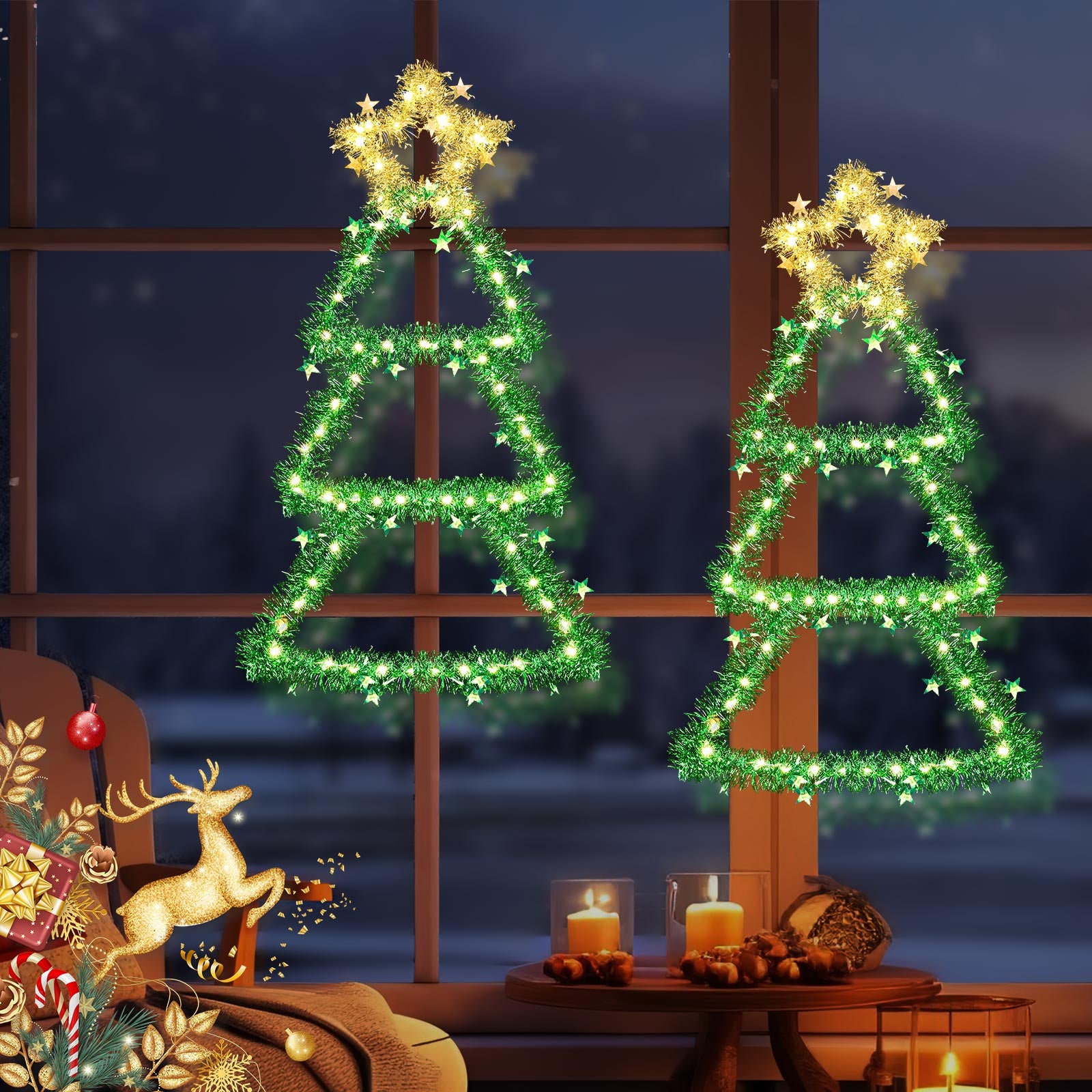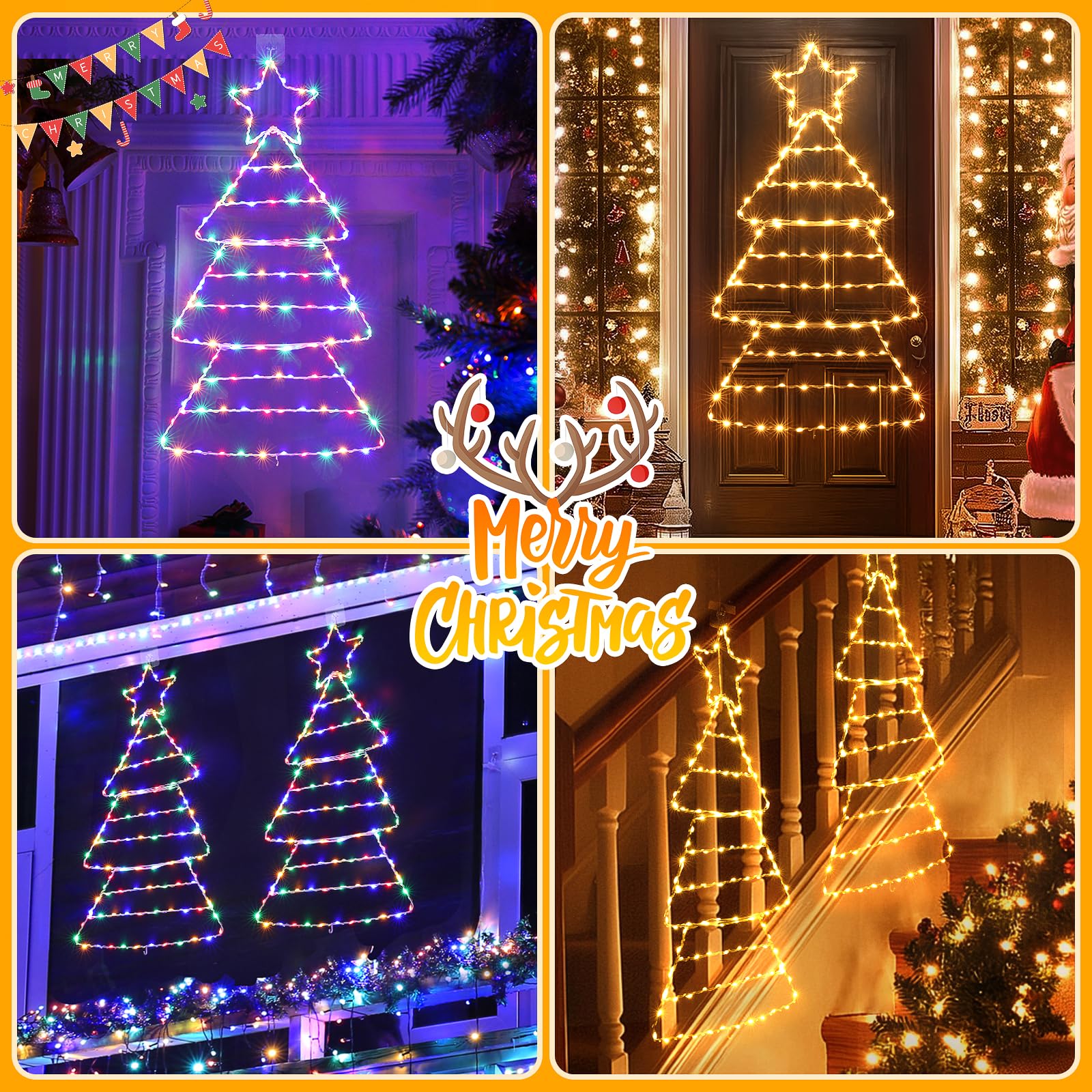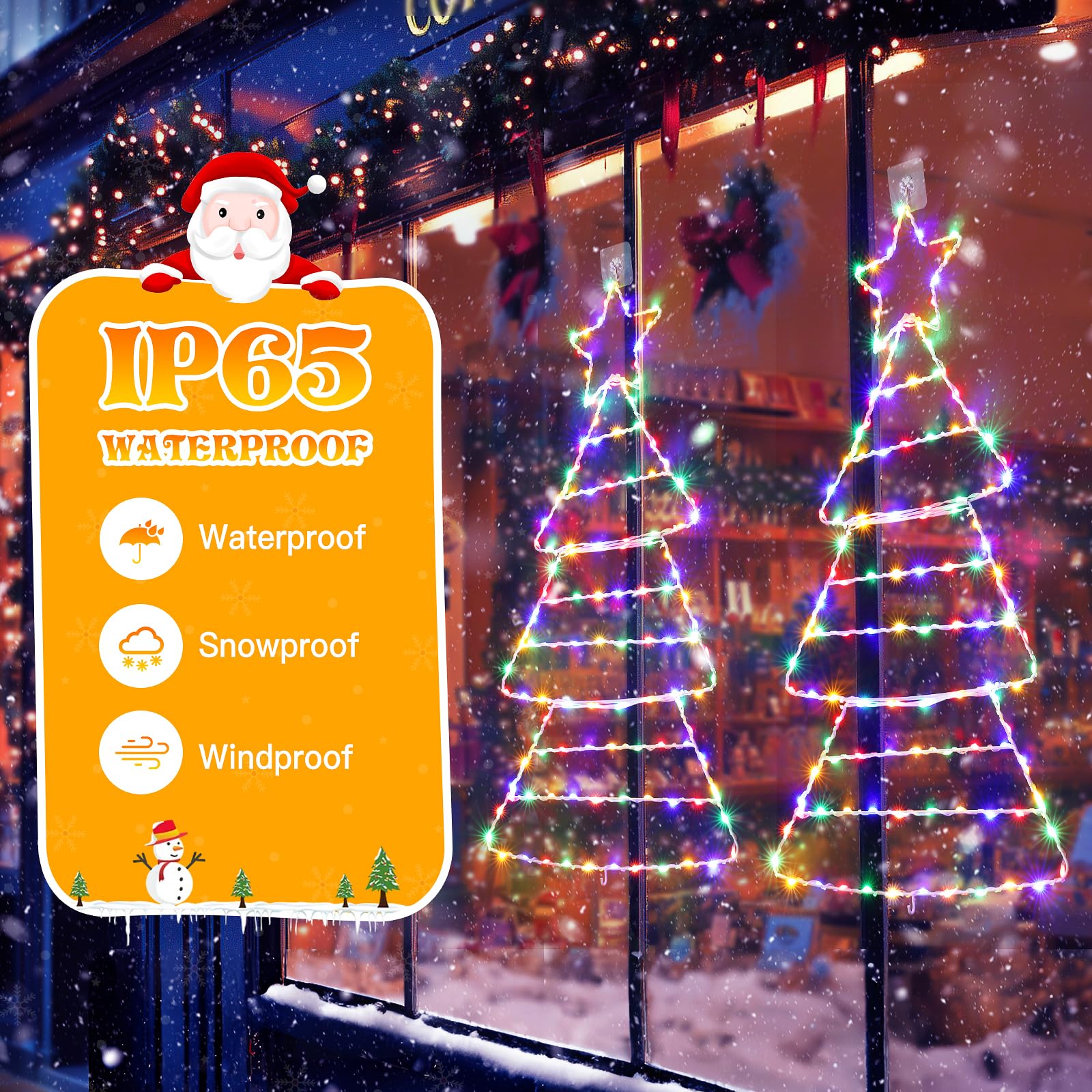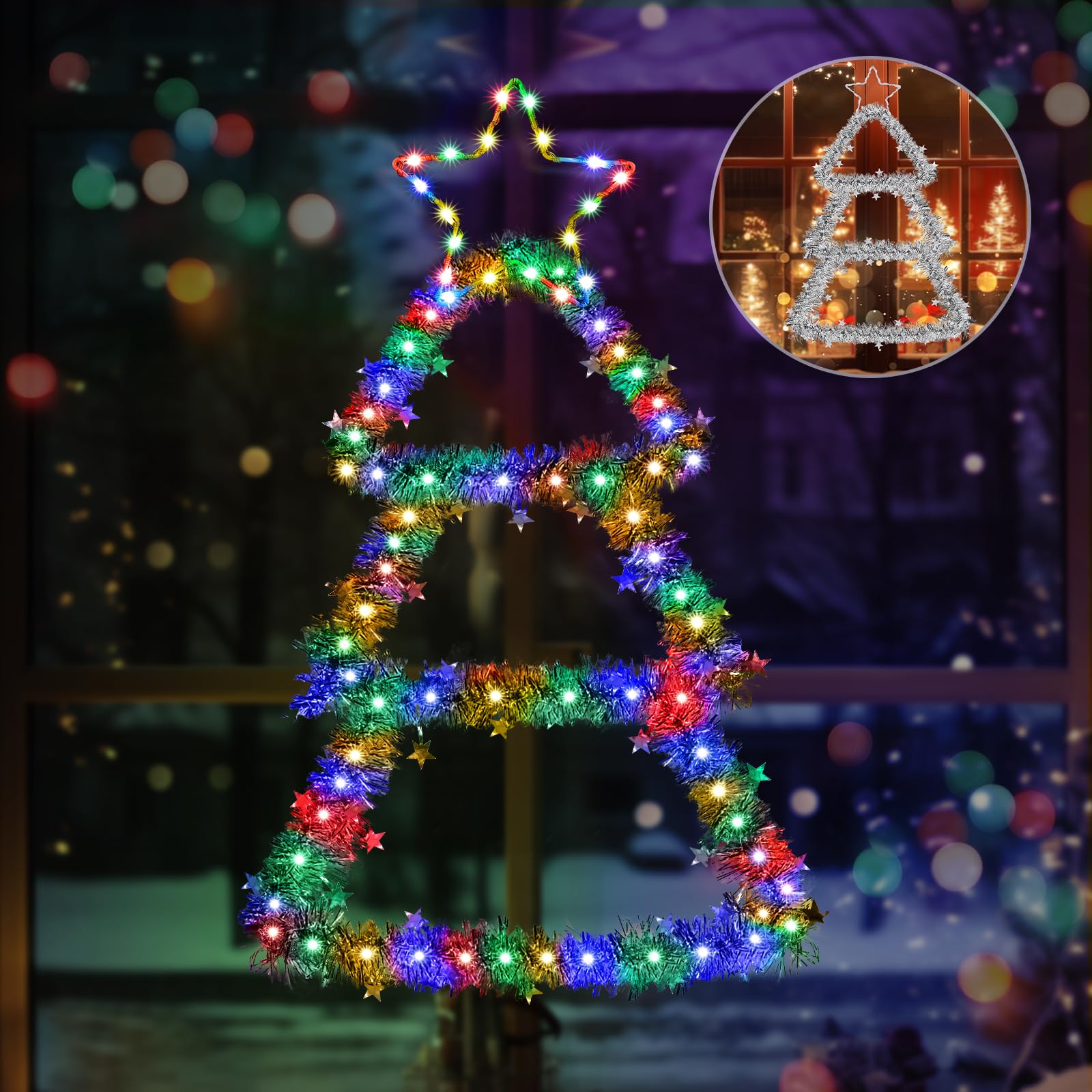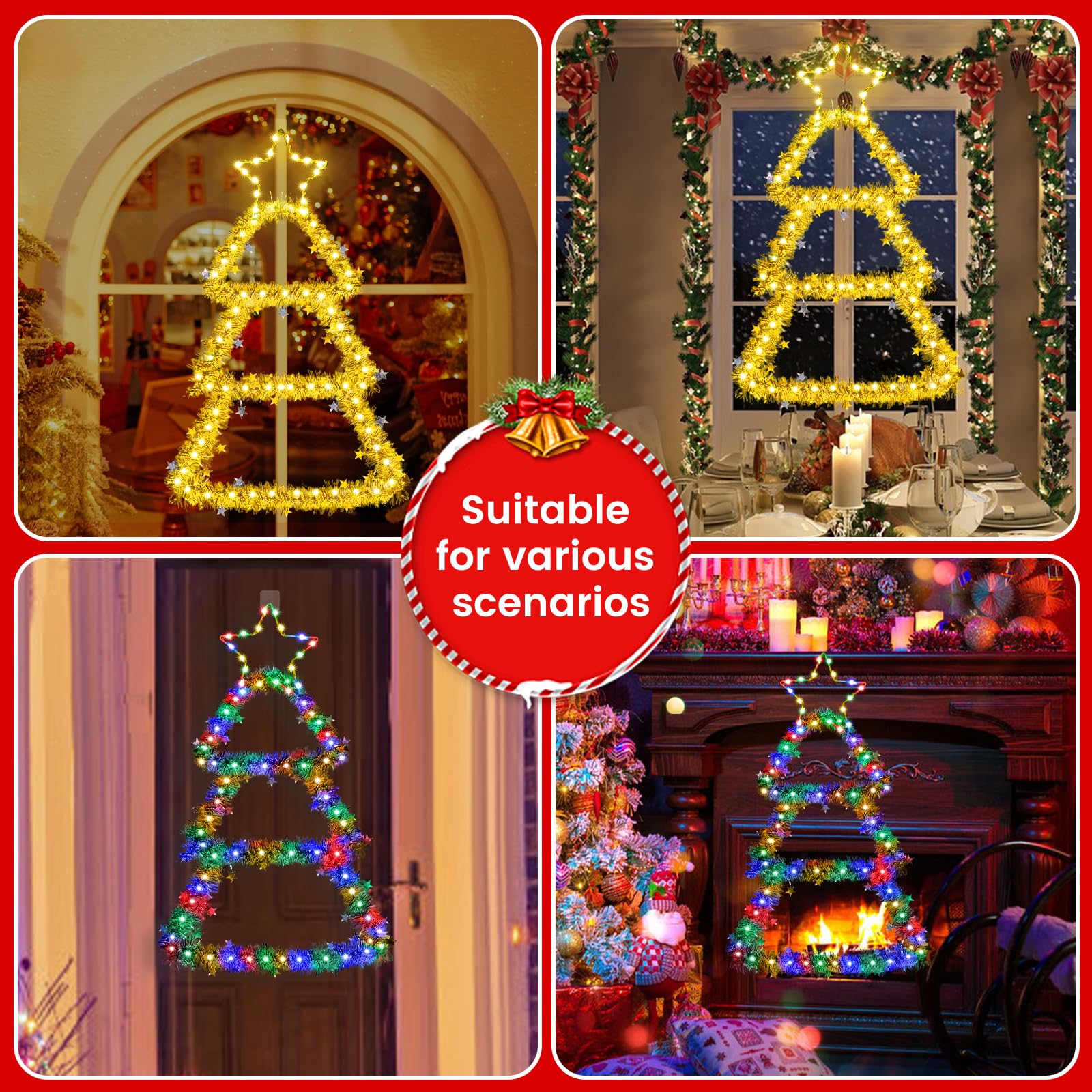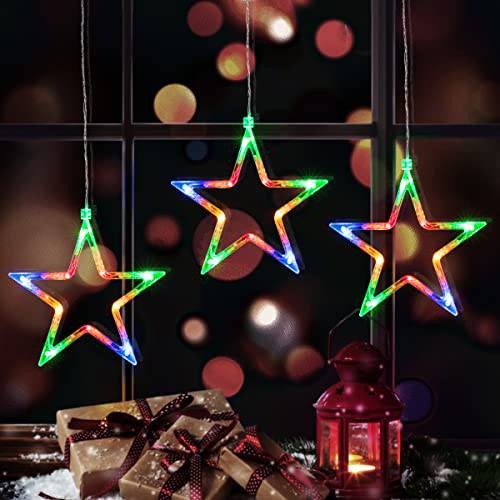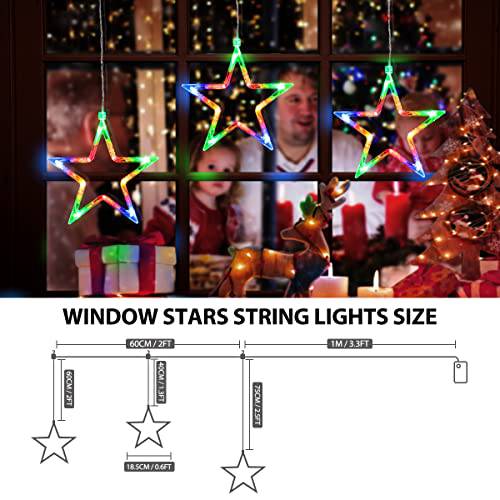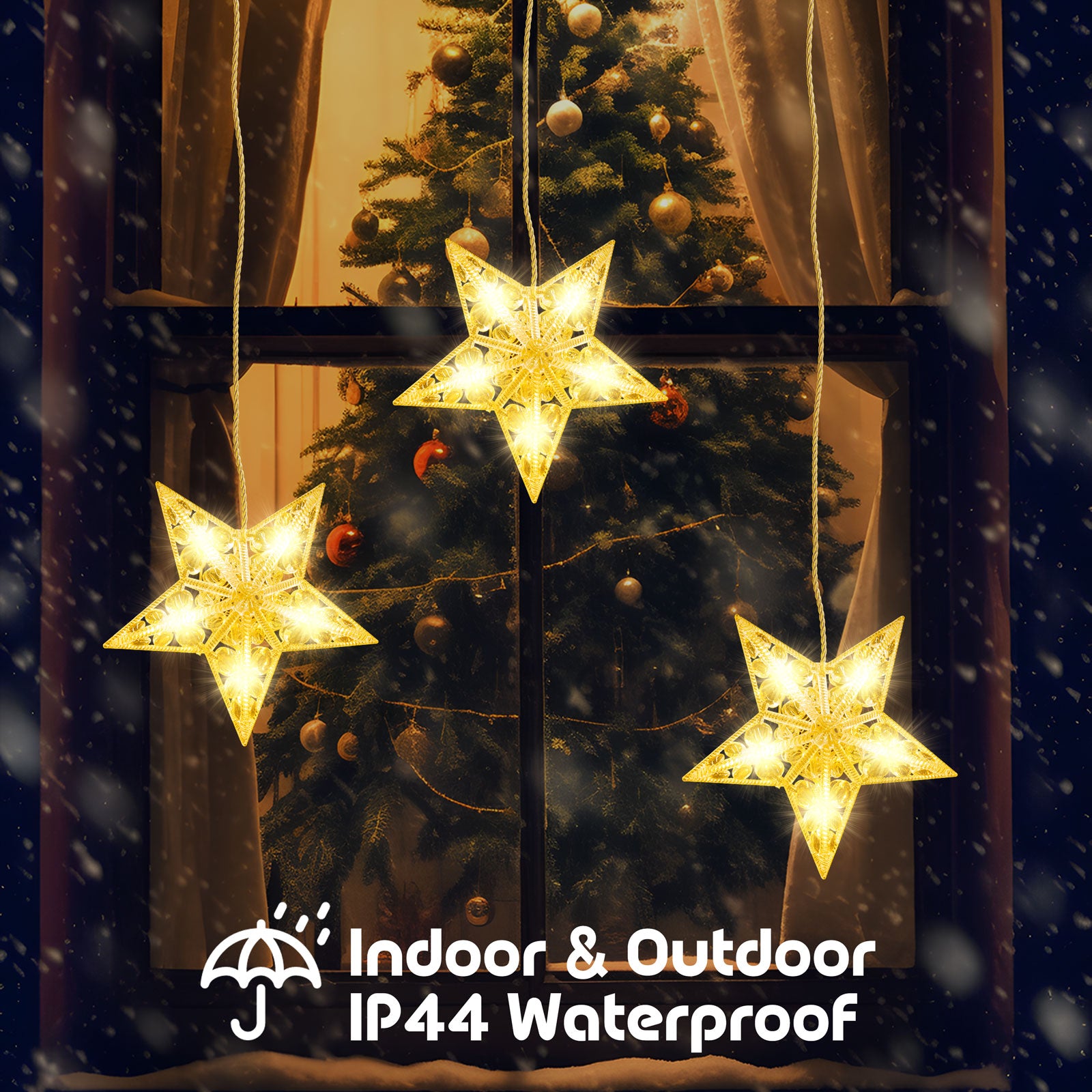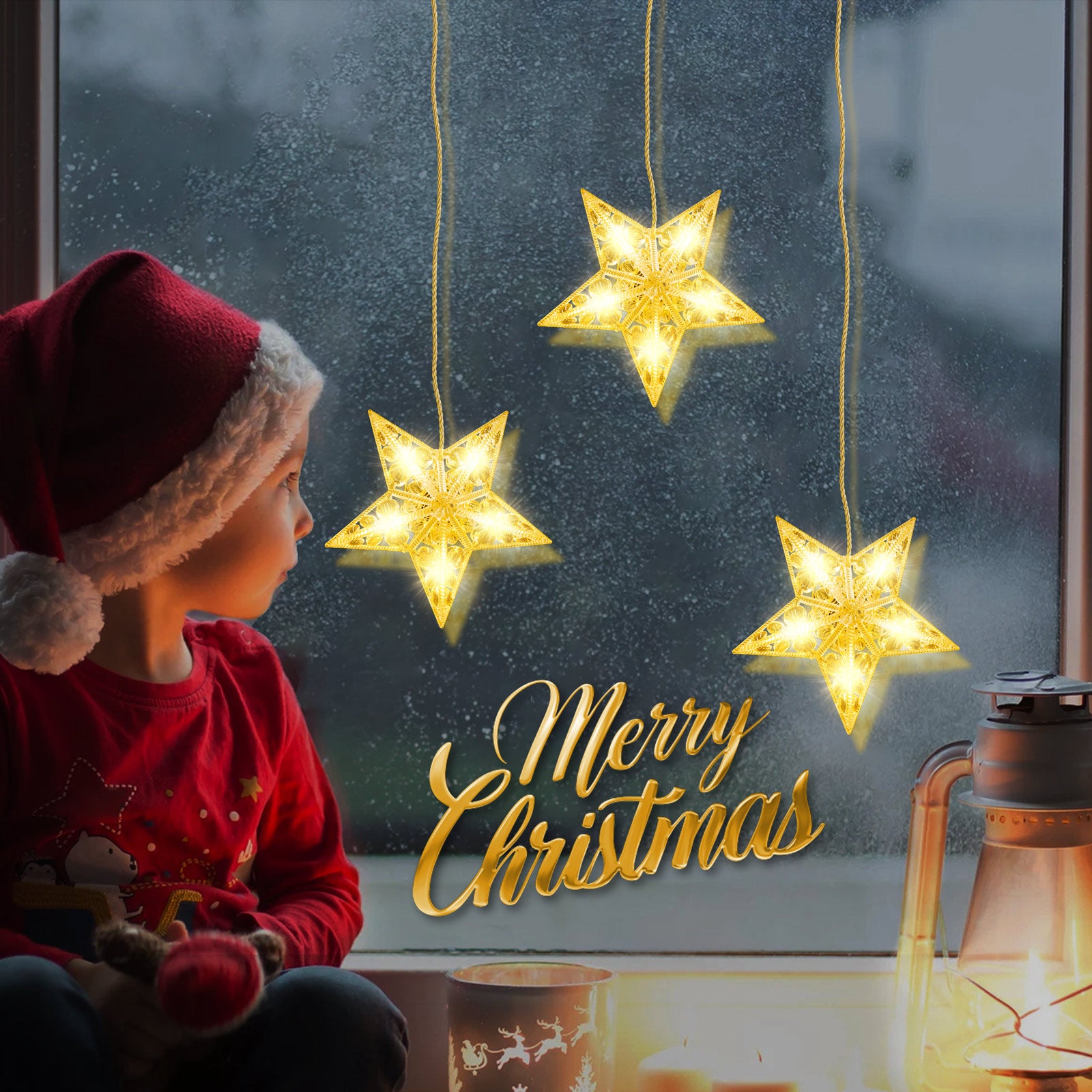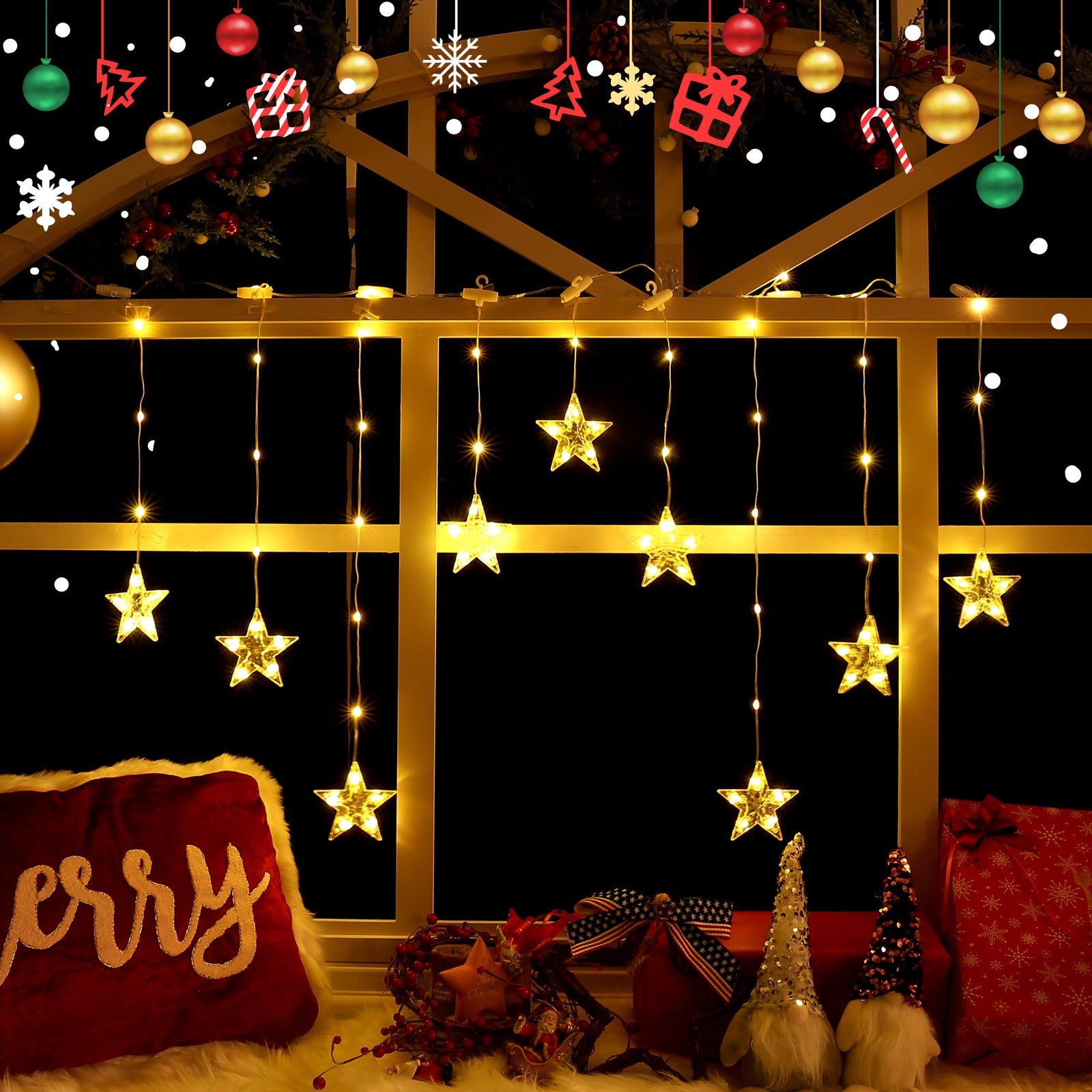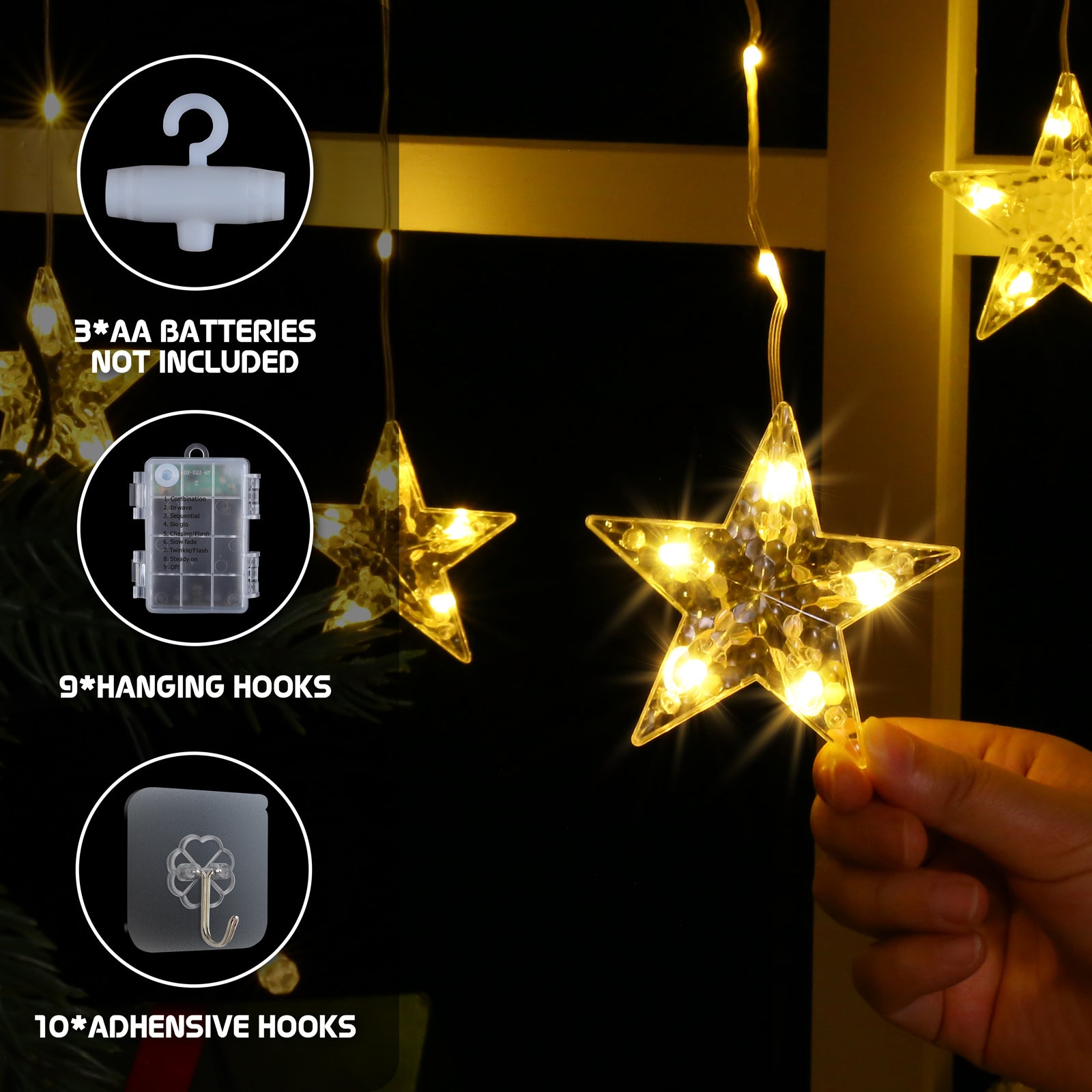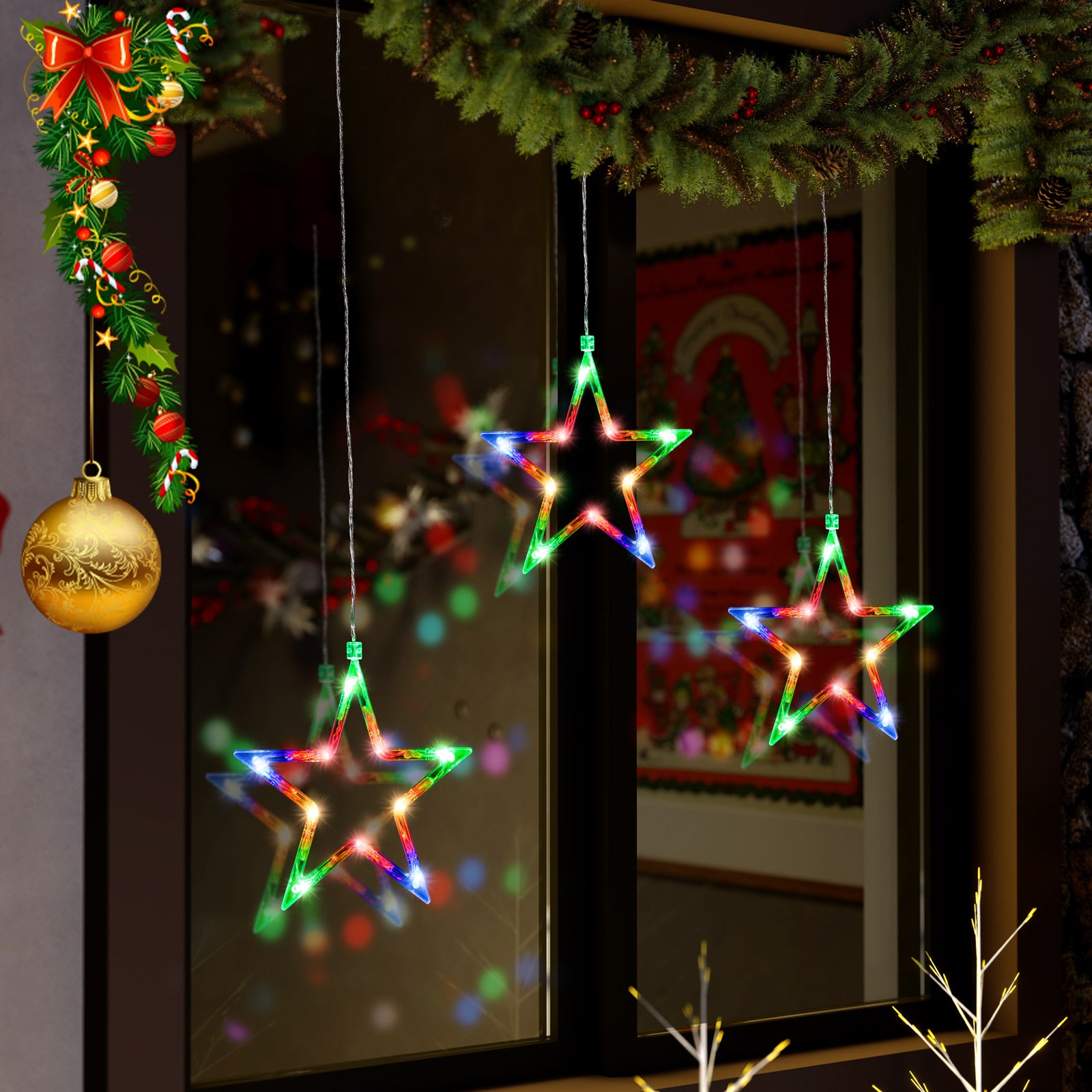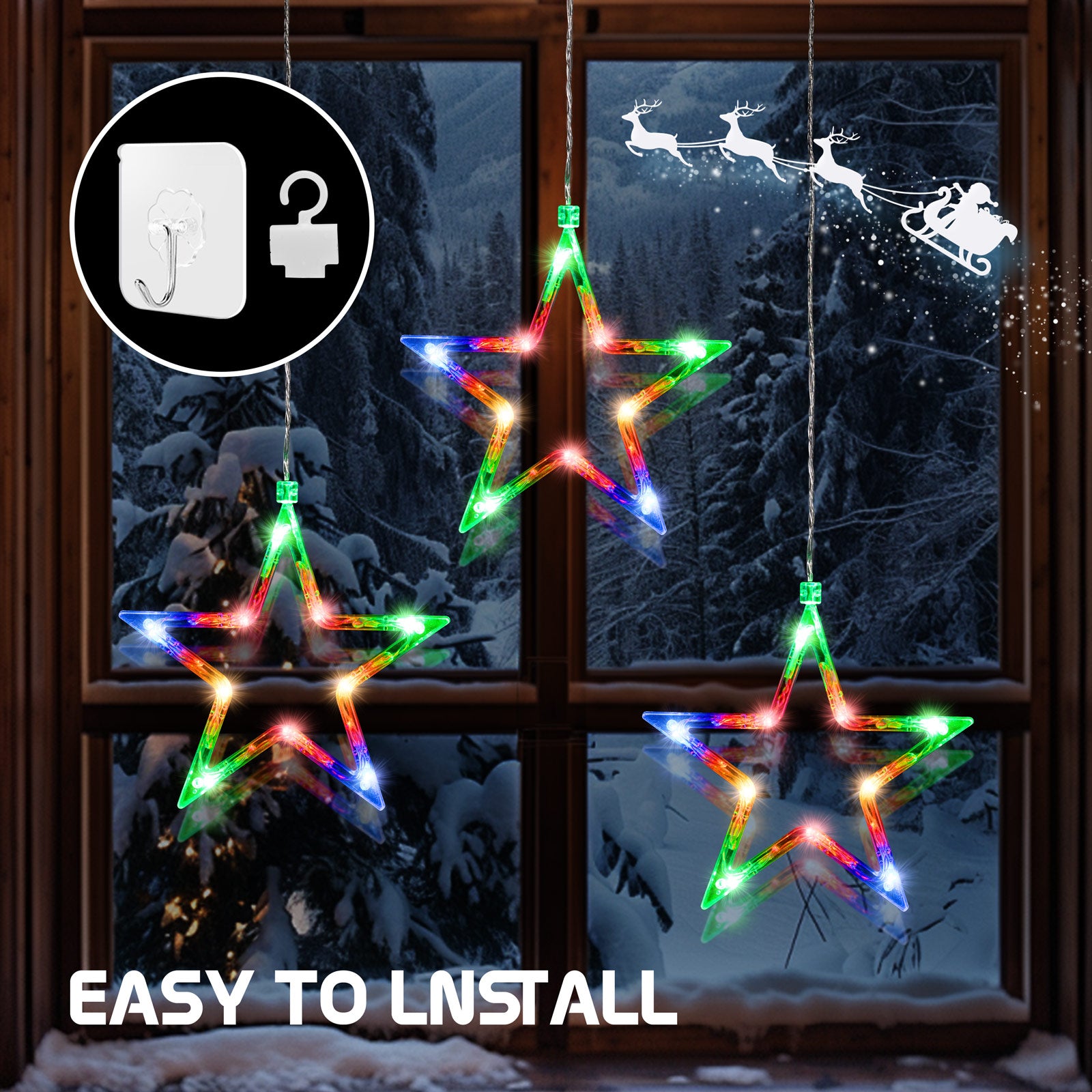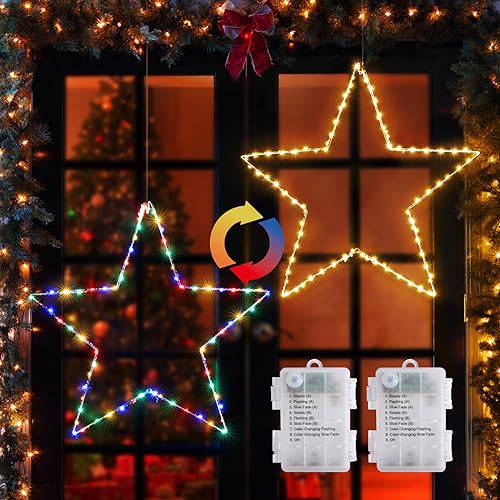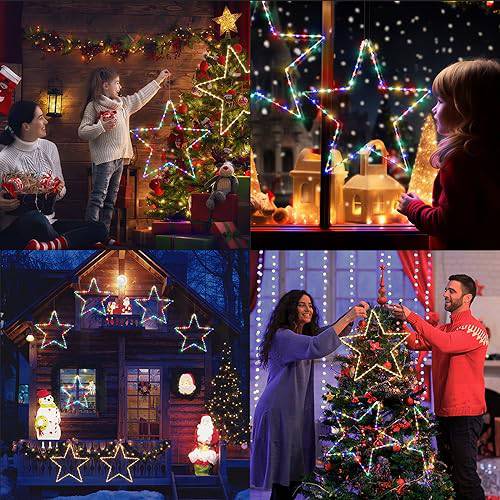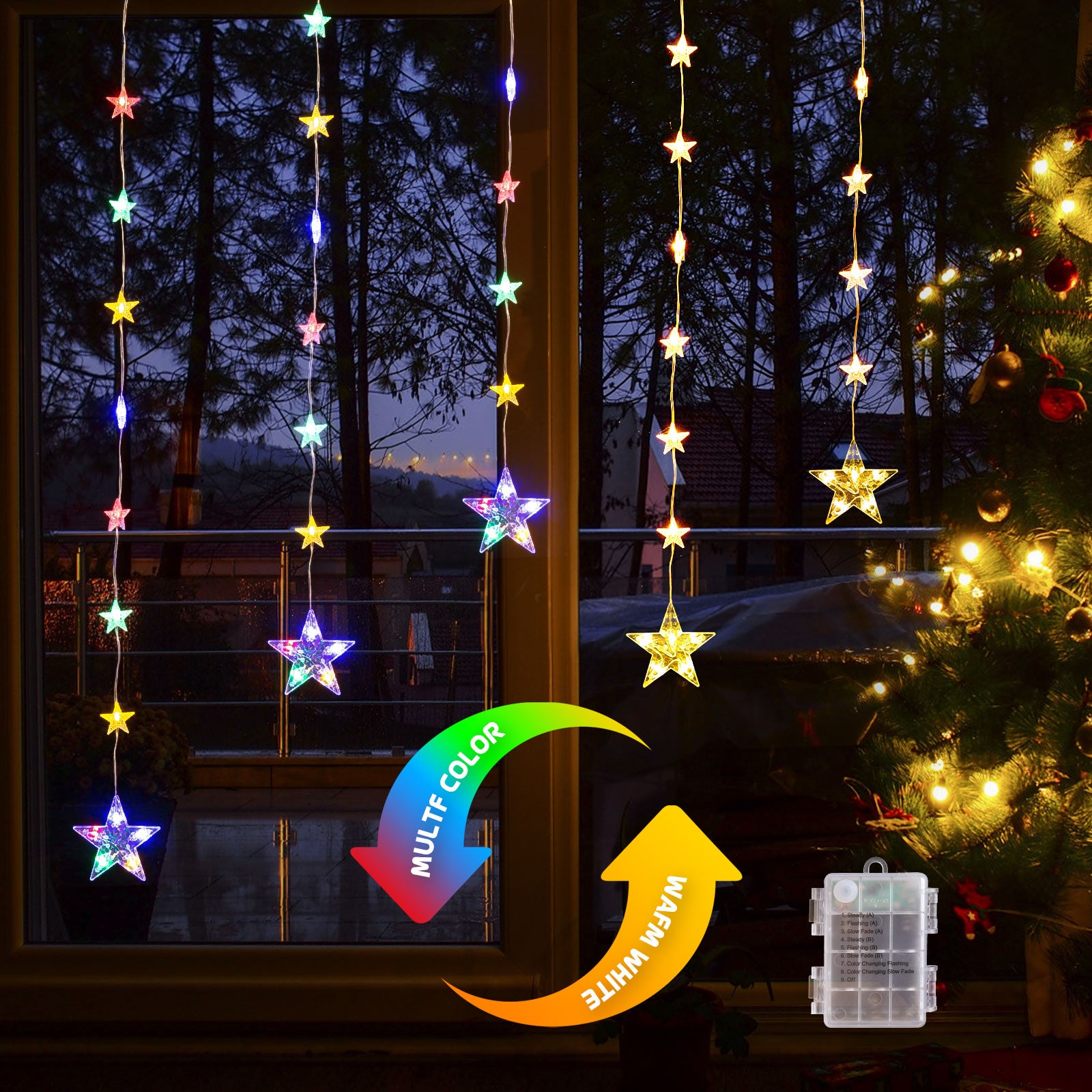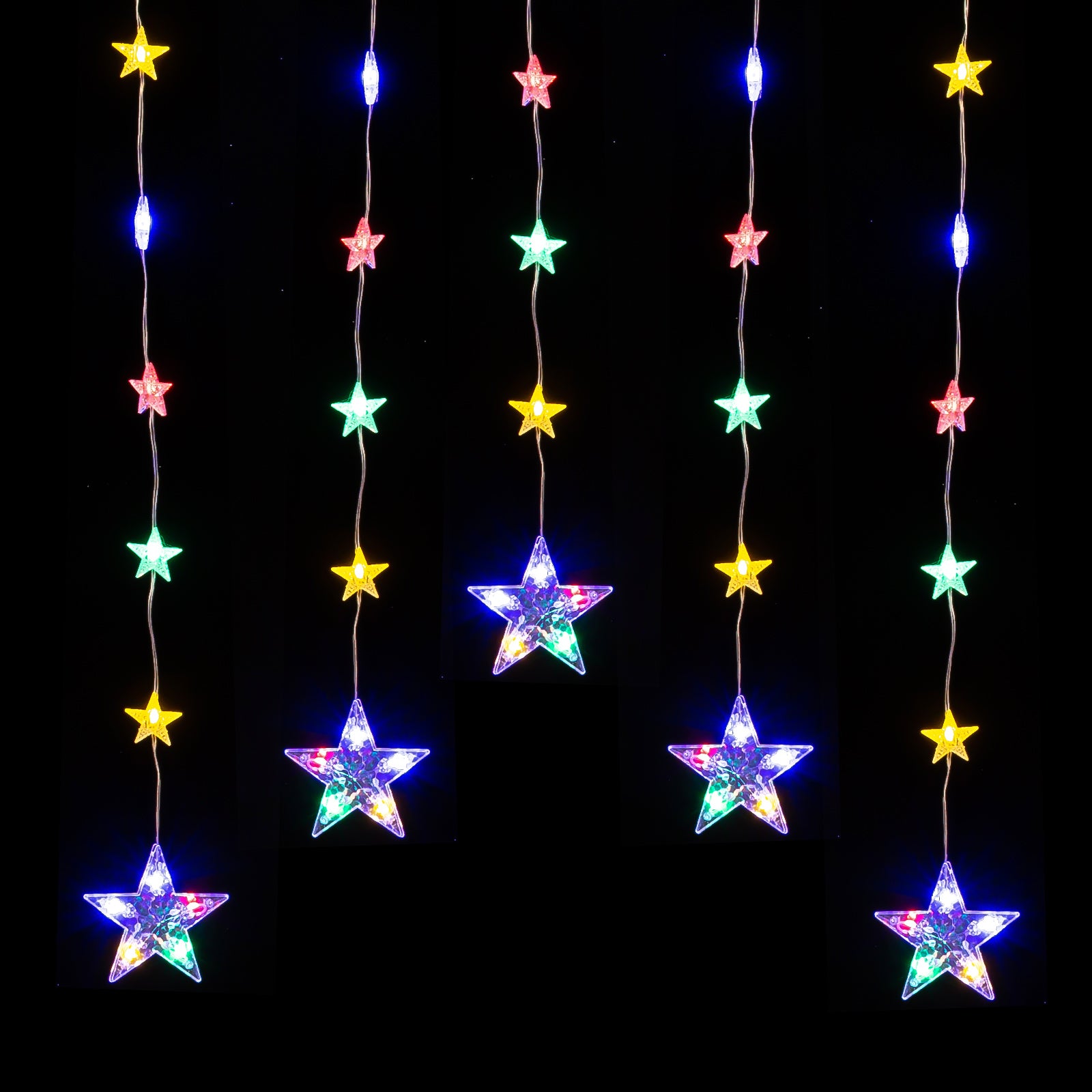Illuminate your outdoors with festive Christmas magic!🎄✨
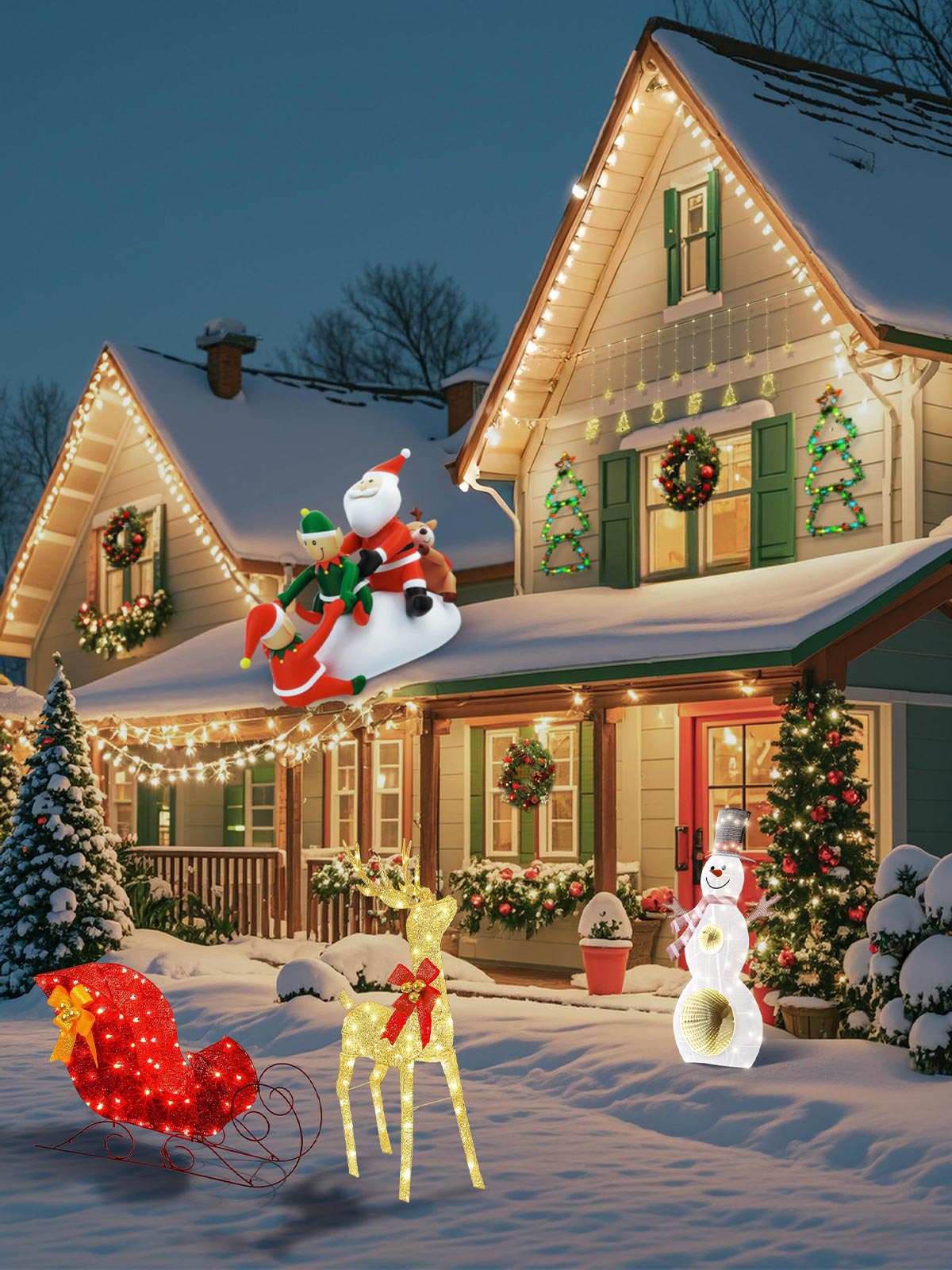
Shop the look

Filters
Need help?
Frequently Asked Questions About Christmas Lights
LED Christmas lights generally last the longest. Compared to traditional incandescent bulbs, they consume less energy and are more durable, often lasting up to 25,000 hours or more. Our Christmas lights are designed with advanced technology to ensure they last throughout the season and beyond, offering brilliant colors and a variety of effects while being eco-friendly. They're perfect for both indoor and outdoor use, with weather-resistant coatings to handle any winter conditions!
The tiny Christmas lights are often called "mini lights" or "fairy lights." These lights are popular for their small, delicate appearance and are commonly used to decorate trees, wreaths, and other holiday displays.
When it comes to quality, our Christmas Lights stands out for its attention to detail and superior craftsmanship. Our Christmas lights are designed with premium materials, ensuring vibrant colors, long-lasting performance, and weather resistance. Unlike some other brands, our Christmas Lights come with advanced safety features and customizable effects, perfect for both home decorators and professional displays.
Amish Christmas lights are often referred to humorously or as a metaphor, because traditionally, the Amish do not use electricity, which includes electric Christmas lights. Instead, the Amish community emphasizes simplicity and modesty in their celebrations. If they choose to decorate for Christmas, they may use natural decorations like candles (for those who allow limited electricity), wreaths, or handmade ornaments rather than the more commercial, electric light displays.
In short, "Amish Christmas lights" typically refer to minimalistic, natural, or non-electric holiday decorations, staying true to their values of simplicity and avoiding modern technology.
The tradition of putting up Christmas lights began in the 17th century in Germany with the use of candles to decorate Christmas trees. Wealthy German families would place small candles on tree branches to symbolize the "light of Christ." This practice spread through Europe and eventually made its way to America with German immigrants.
However, the use of electric Christmas lights as we know them today started in 1882, when Edward H. Johnson, an associate of Thomas Edison, created the first known electrically illuminated Christmas tree. Johnson hand-wired 80 red, white, and blue bulbs and displayed the tree in his New York home. This was a revolutionary step away from the fire hazard of candles, and it sparked interest in electric Christmas lights.
By the early 20th century, as electricity became more widespread and affordable, electric Christmas lights started to replace candles and became a popular decoration in homes and public spaces, eventually becoming the global tradition we know today.
Christmas Lights Blog posts
Learn More About Quntis Christmas Lights
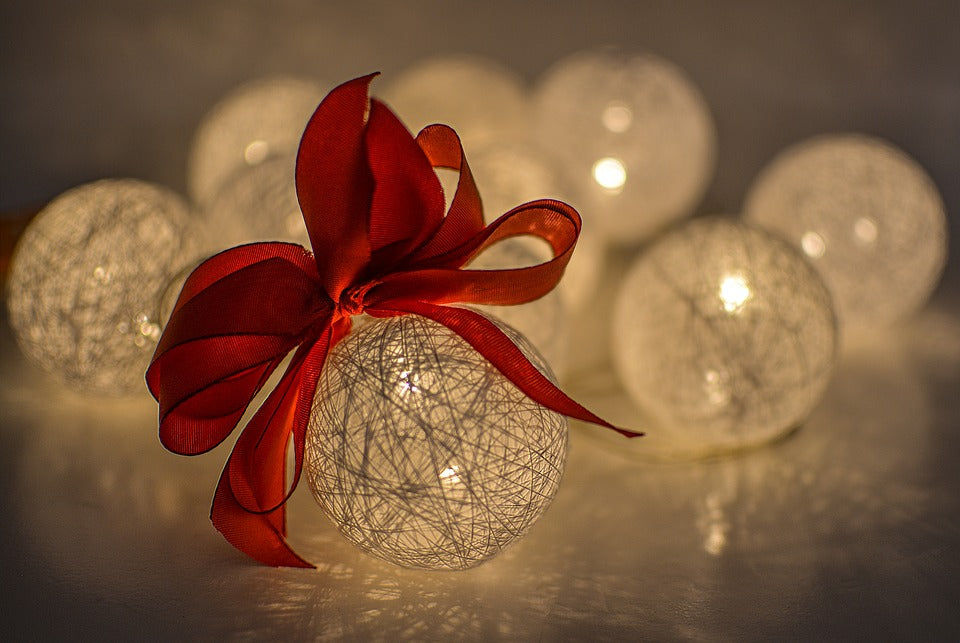
Quntis Fairy Tree Christmas Lights Review
Today, I’d like to share Quntis Fairy Tree Christmas Lights, which were gifted to me for an honest review. The holidays must be family, food, laughter, and Christmas lights. Our son loves helping m...
Read more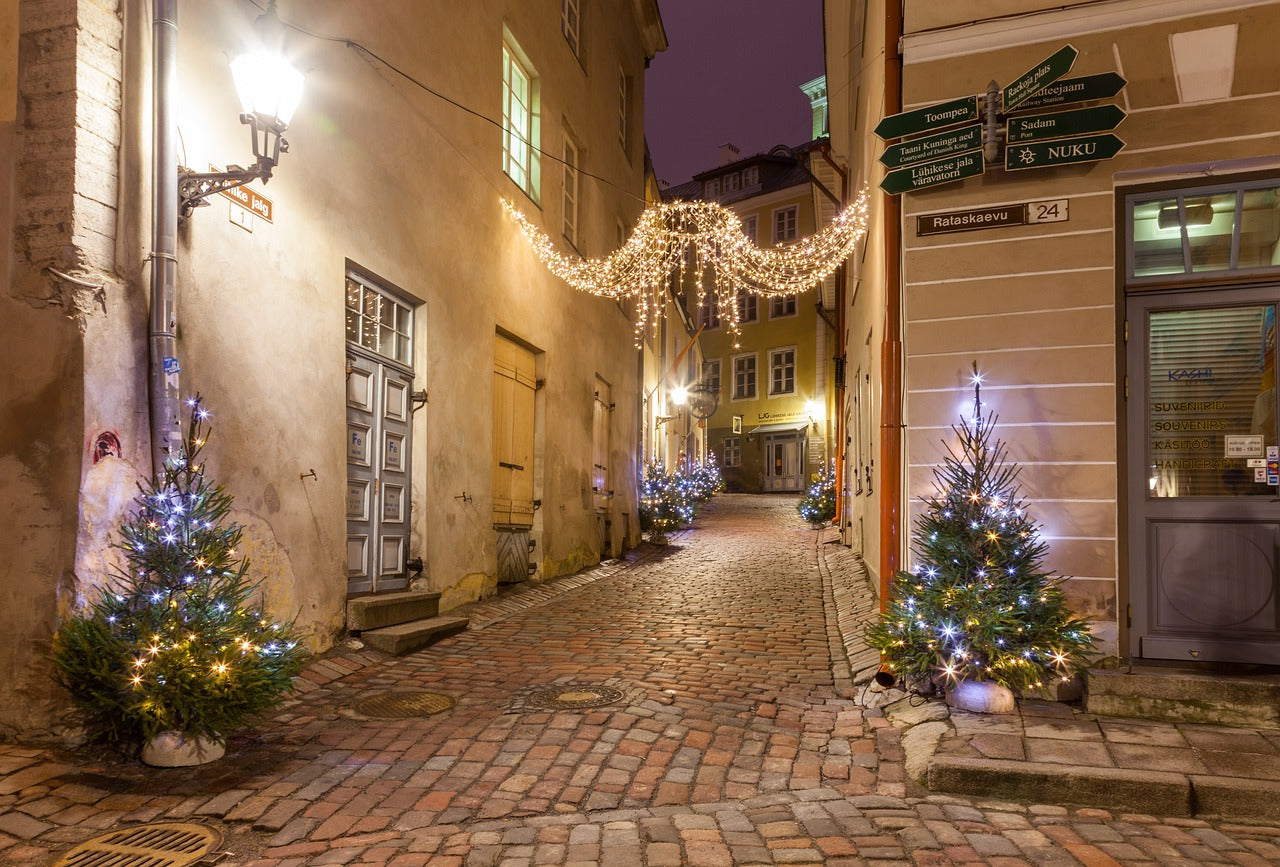
How to Decorate for Christmas with Lights: Simple and Comperhensive Guide
Christmas lights are more than just festive—they bring warmth, joy, and an enchanting ambiance to every space. From the front porch to the dining room, strategic lighting can create a cozy holiday ...
Read more
Bring Holiday Cheer with Ountis Christmas Inflatables
As the holiday season approaches, many families are finding the most funny and festive Christmas inflatables for their outdoor decorations. These cheerful, oversized decorations have become increas...
Read more

